2021
TEACH TOMORROW
Collaborators:
Juan N. Prieto (Co-Instructor)
Precious Bugarin, Stephen Lee (Mentors)
Tsilli Pines (Instrument Ex-VP)
Juan N. Prieto (Co-Instructor)
Precious Bugarin, Stephen Lee (Mentors)
Tsilli Pines (Instrument Ex-VP)
It all started here on August 23, 2021 ︎︎︎
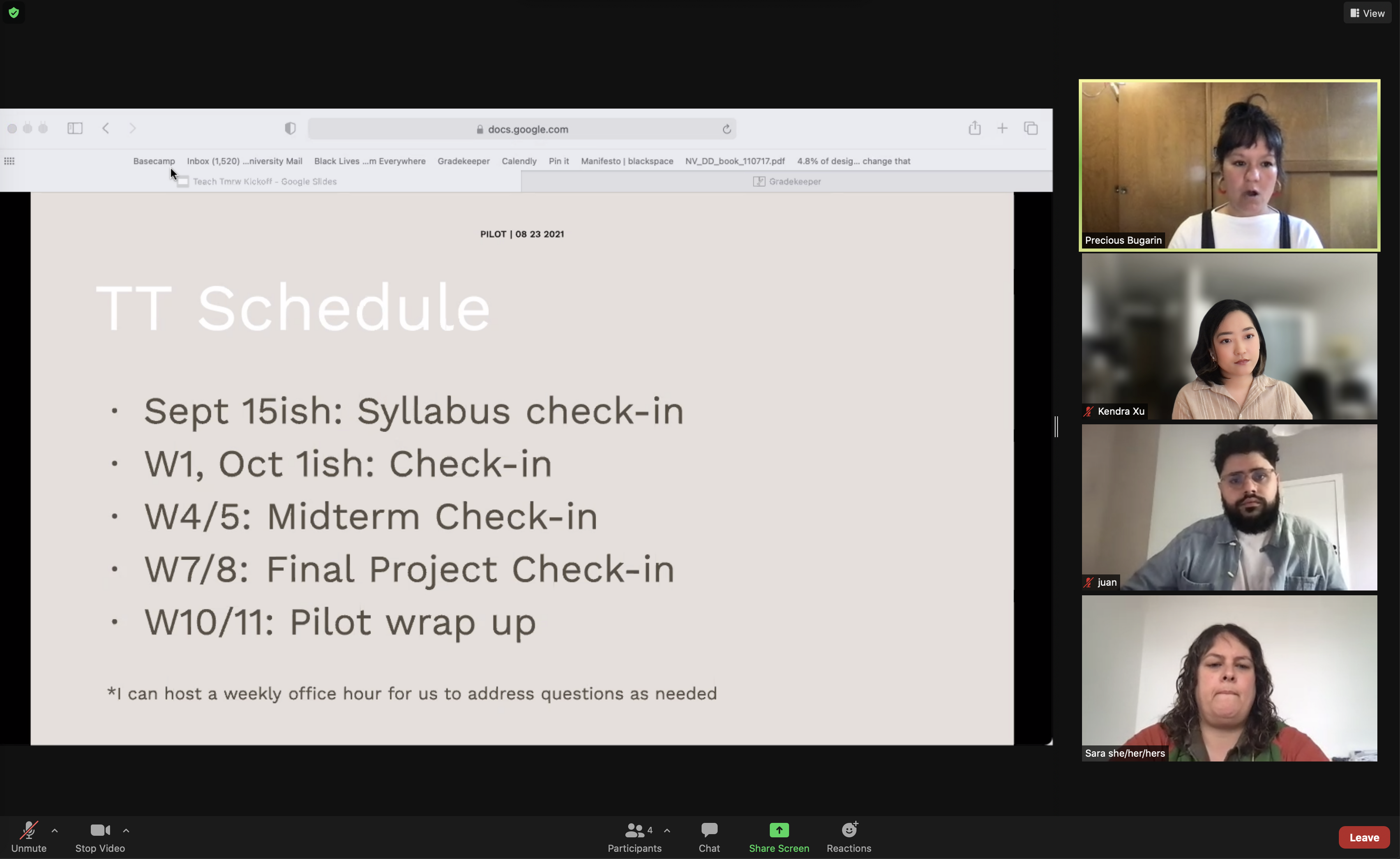
An Upgraded Syllabus 📚
Over 2 weeks, I worked closely with my co-instructor Juan to revamp DES 441 Interface Design with a more advanced syllabus. Our goal was to expose students to a guided process that felt as close as possible to real-world digital design in the industry, folding in crucial skills such as research, UX strategy, visual design, prototyping, storytelling and collaboration.
Read DES 441: Interface Design Syllabus ︎︎︎
Read DES 441: Interface Design Syllabus ︎︎︎
Course Project Brief 📝
For students to experience this “industry process”, we decided to go with a single project structure (broken down into 3 phases) to give students ample time and headspace to conduct research and engage deeper levels of design thinking. We crafted prompts for categories of digital experiences that felt most relevant and timely.
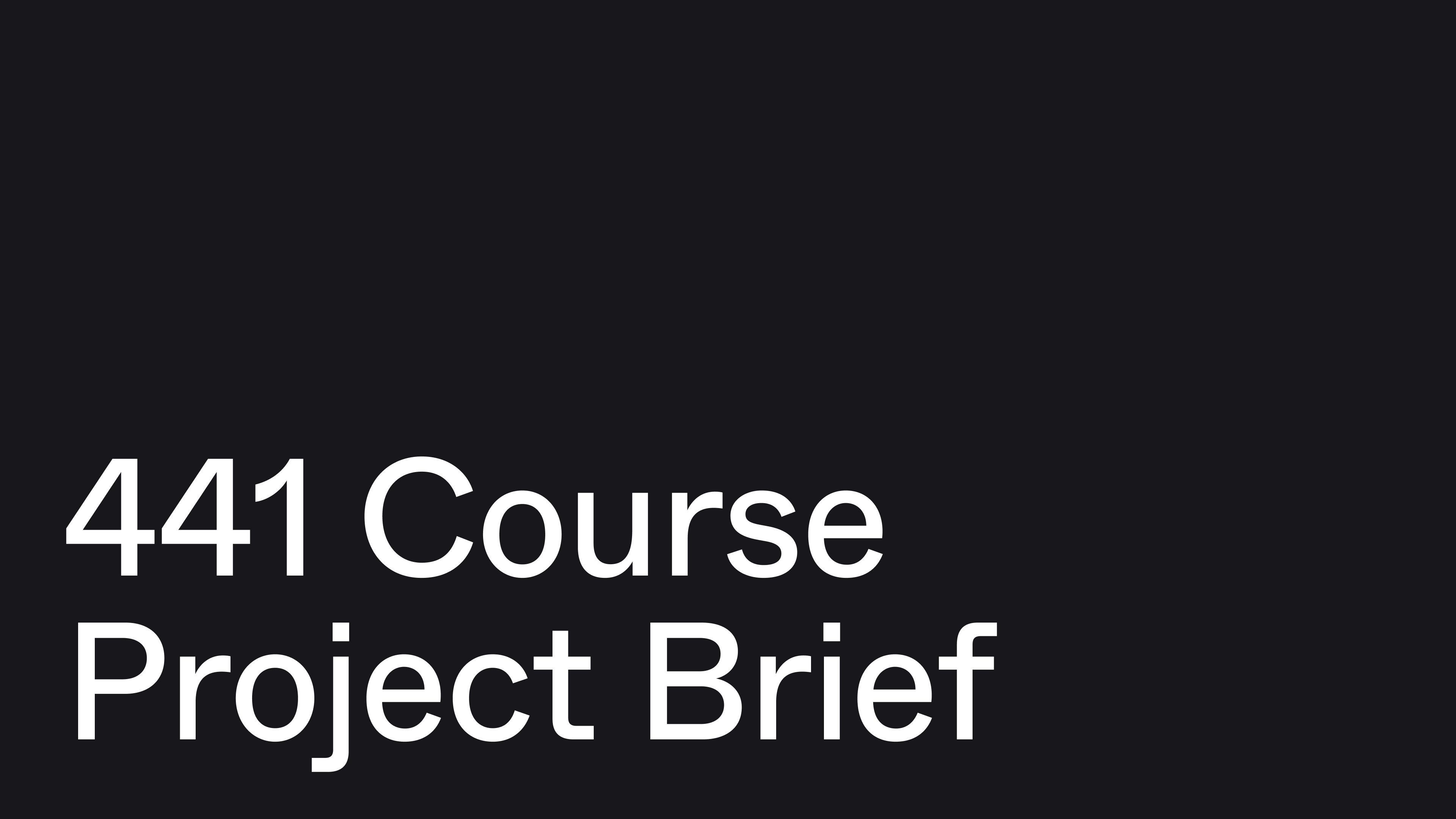
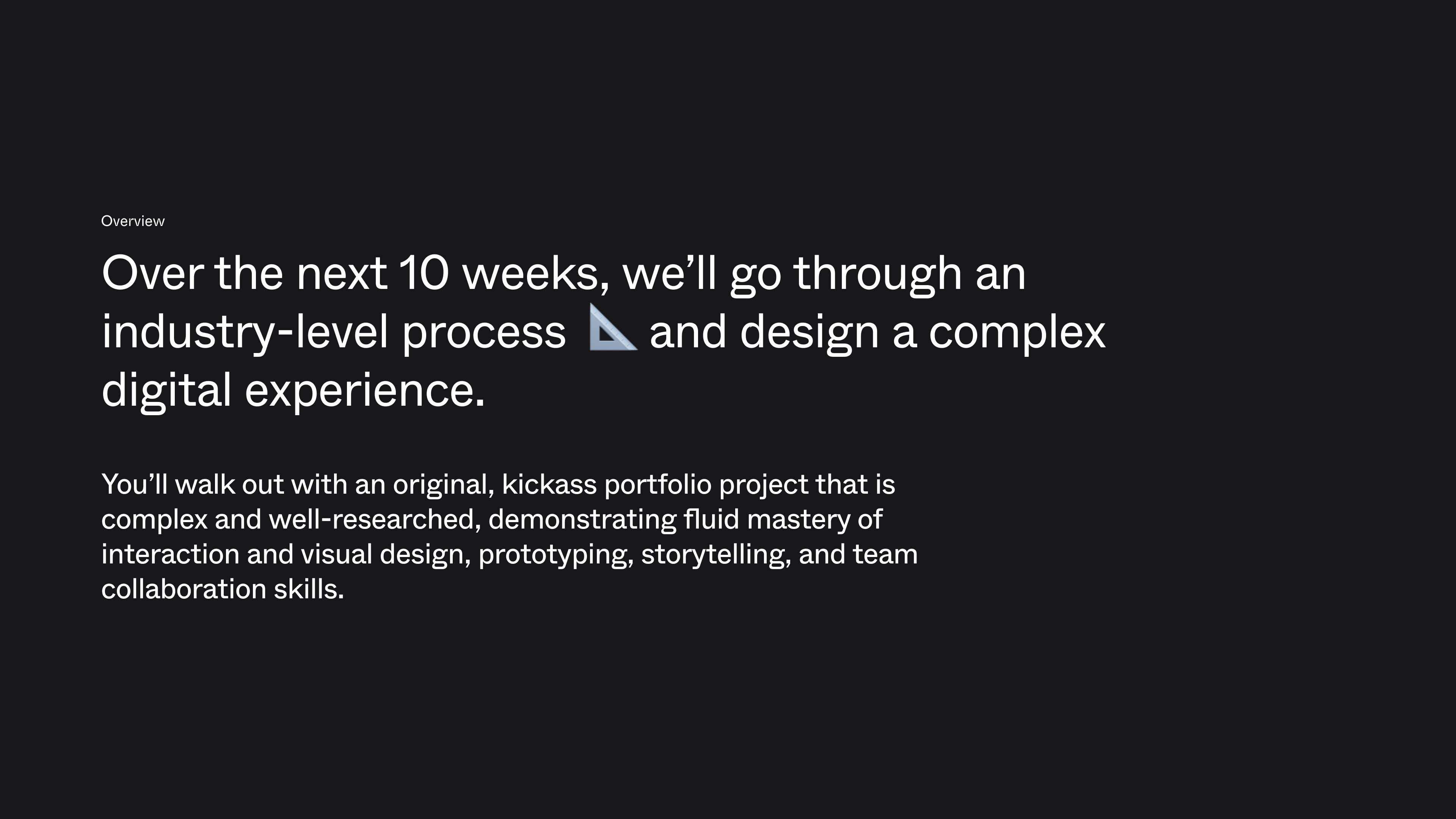
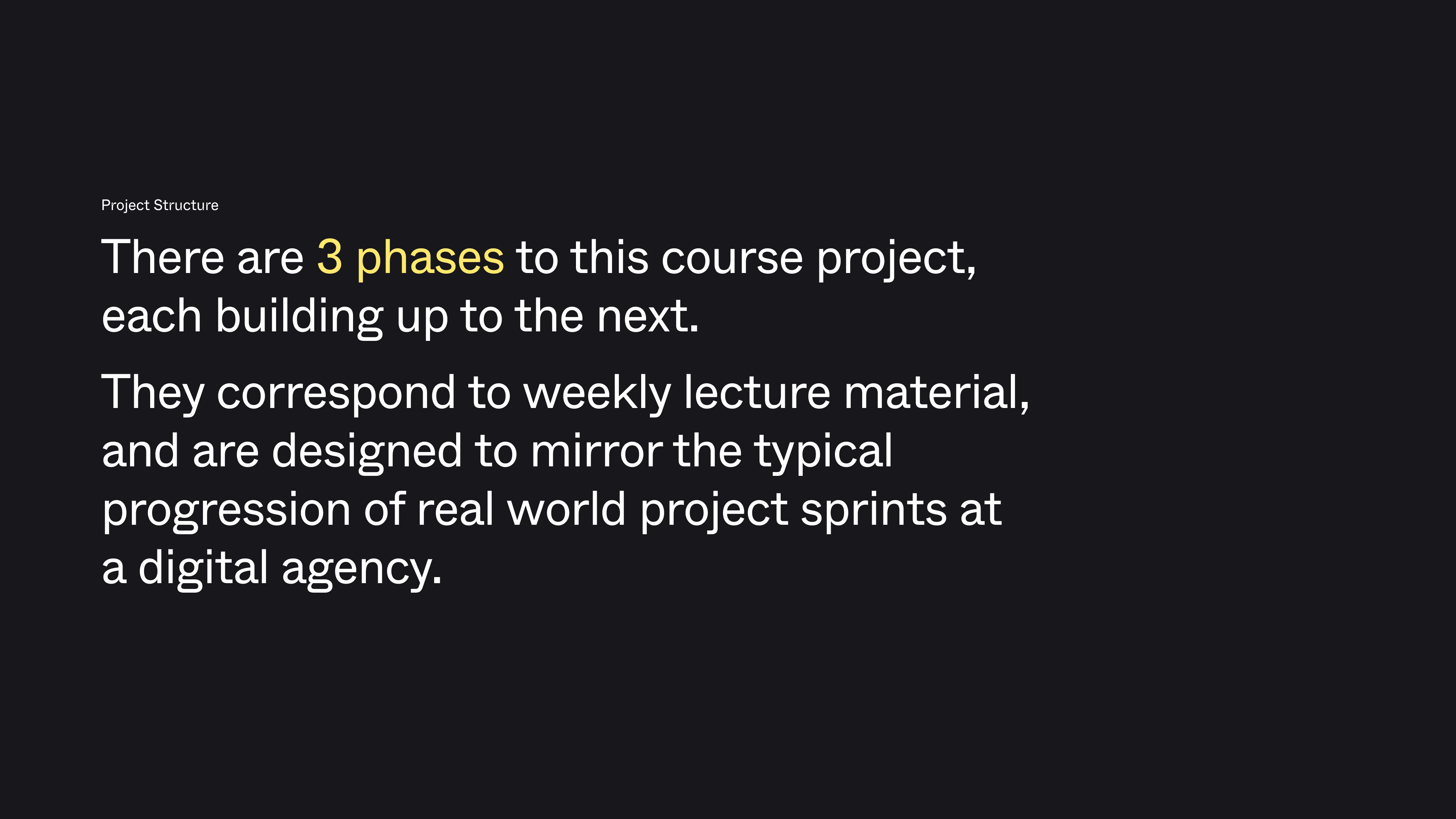
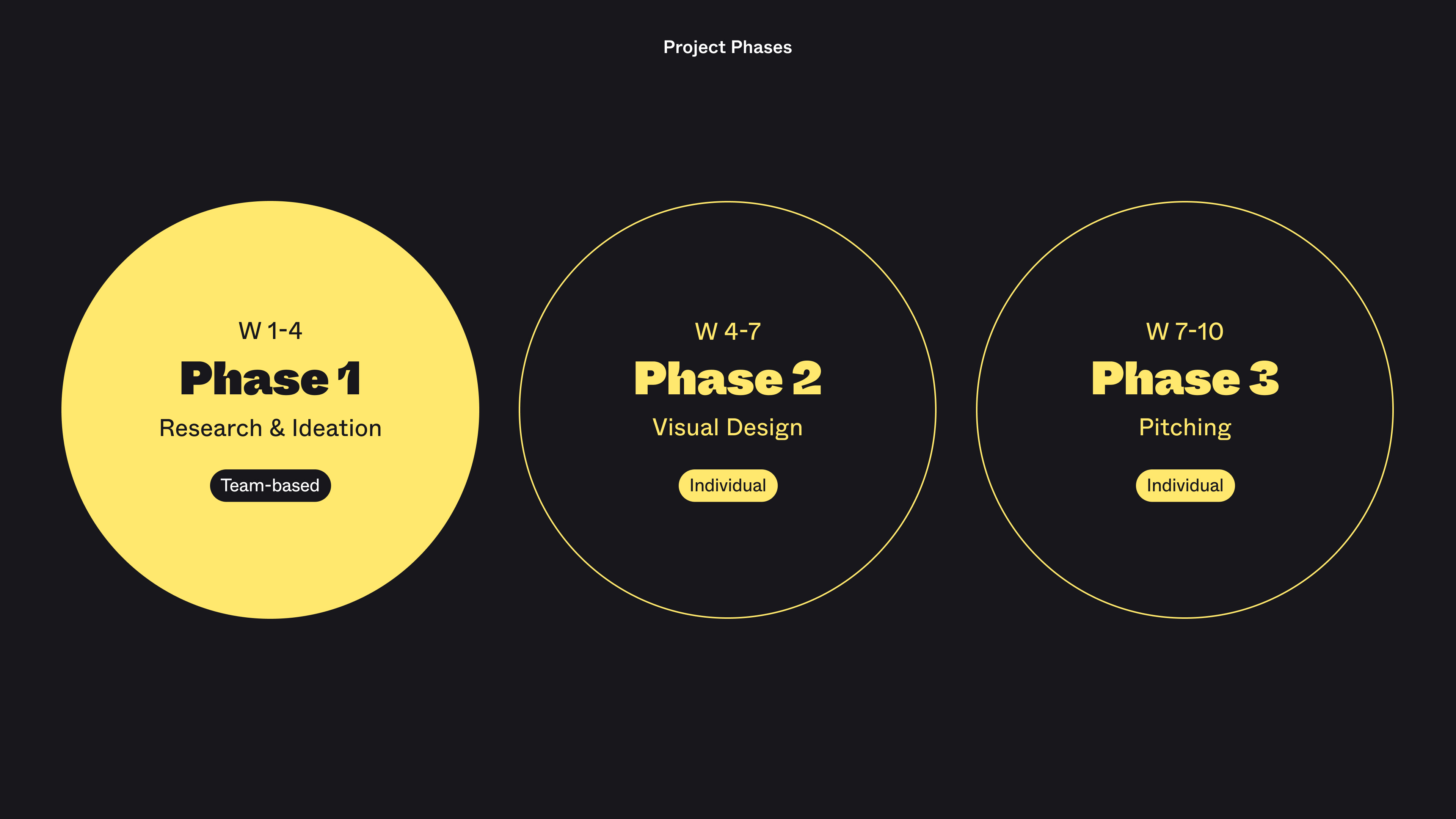
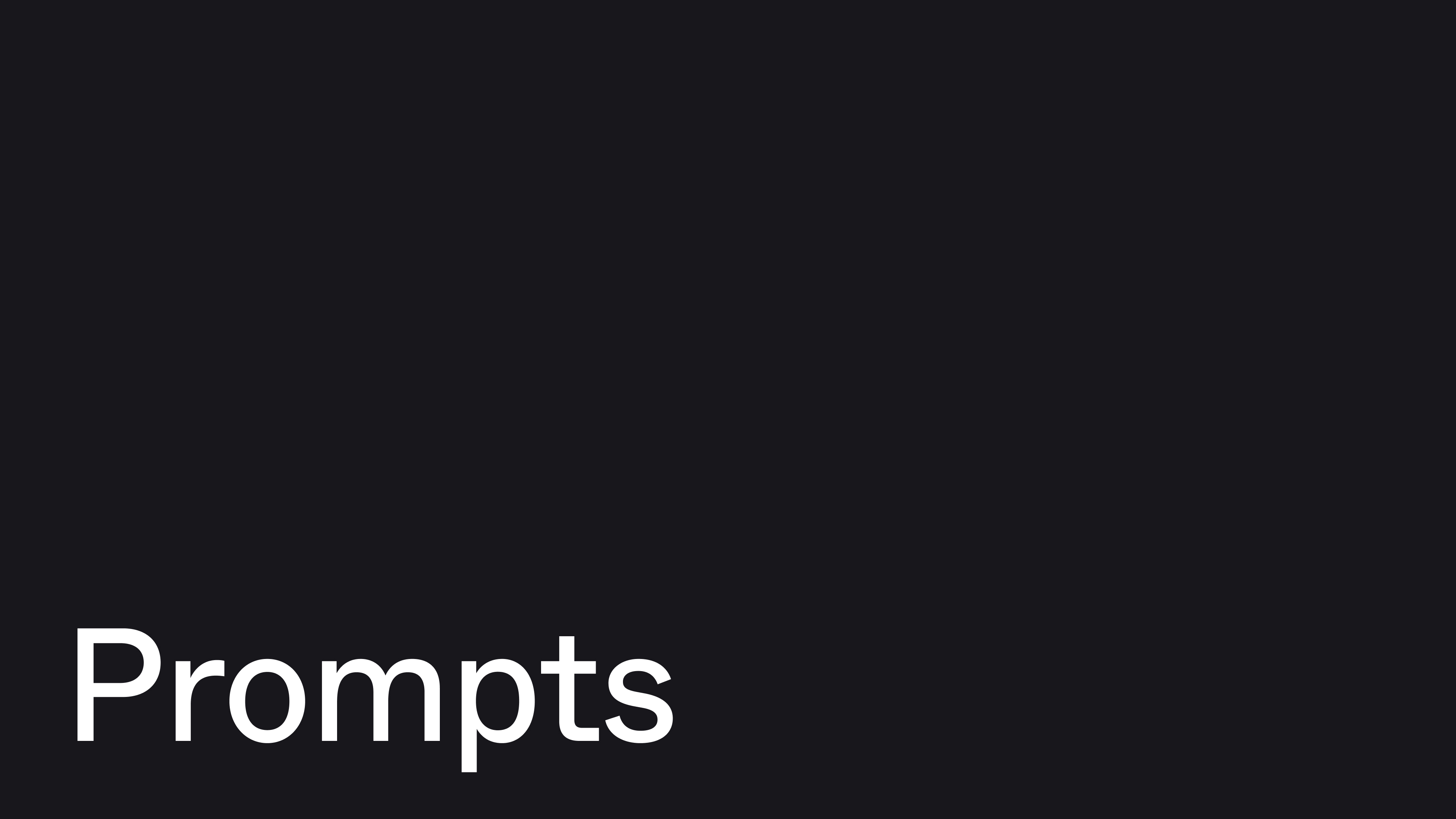
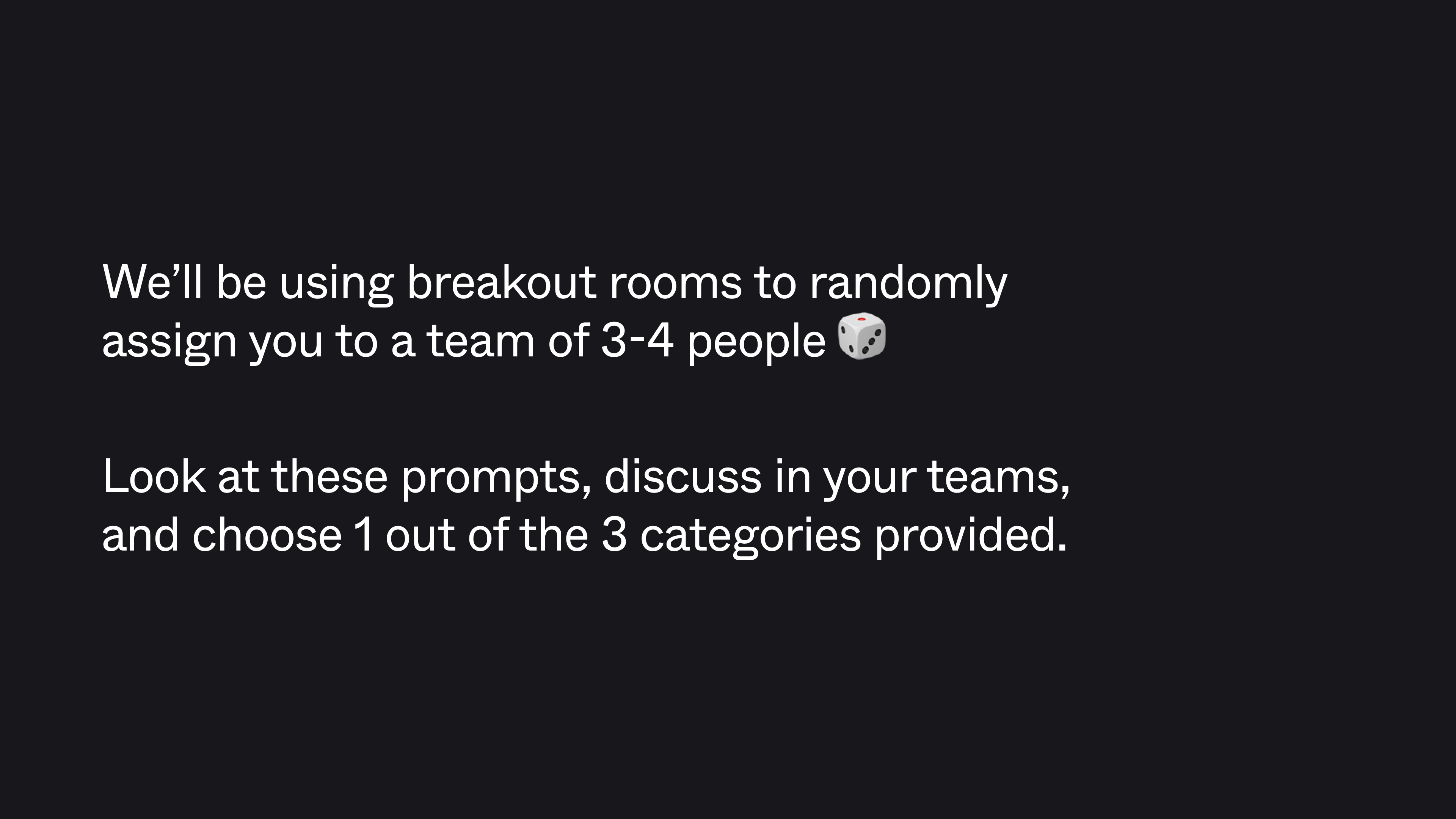
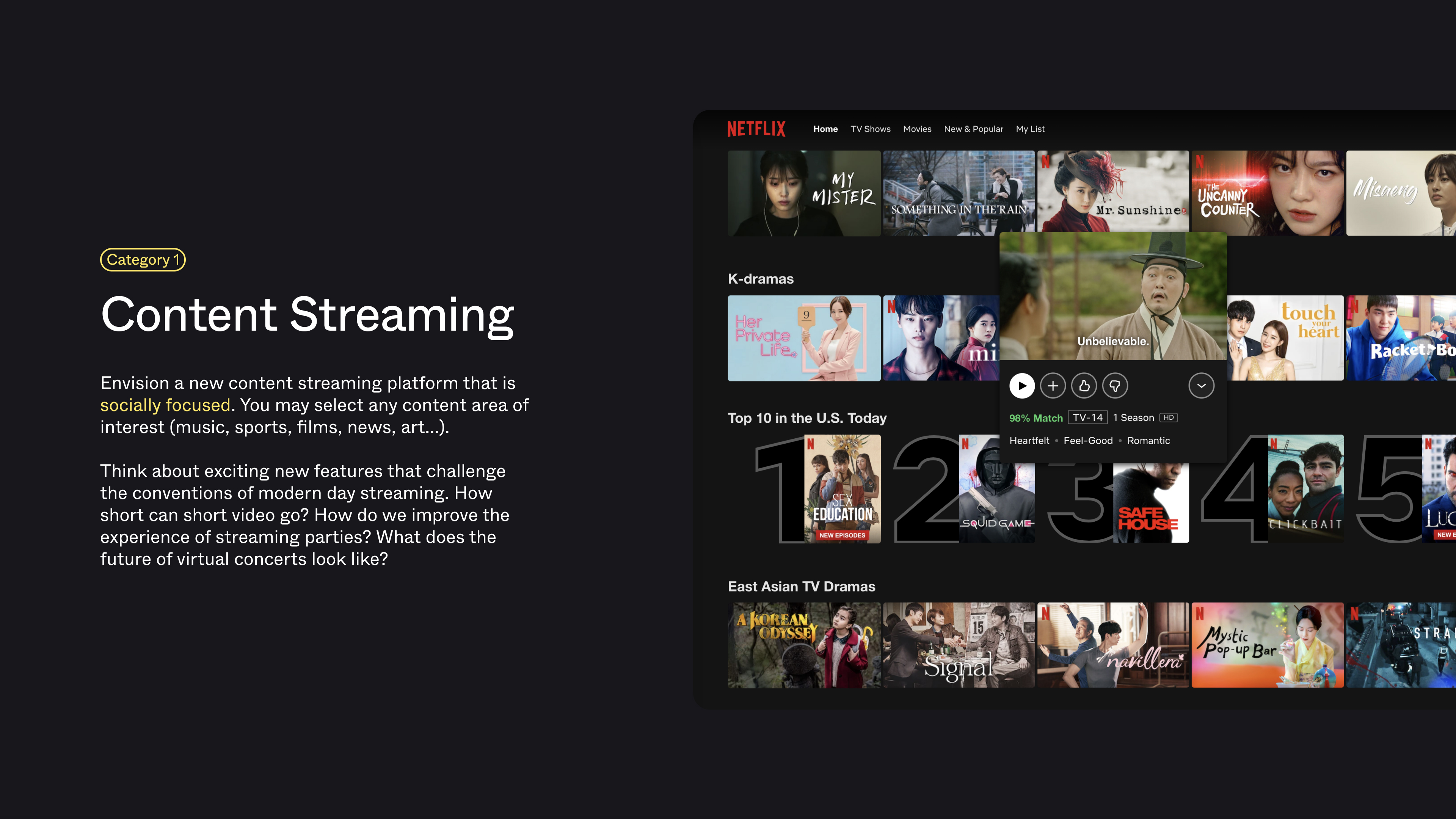
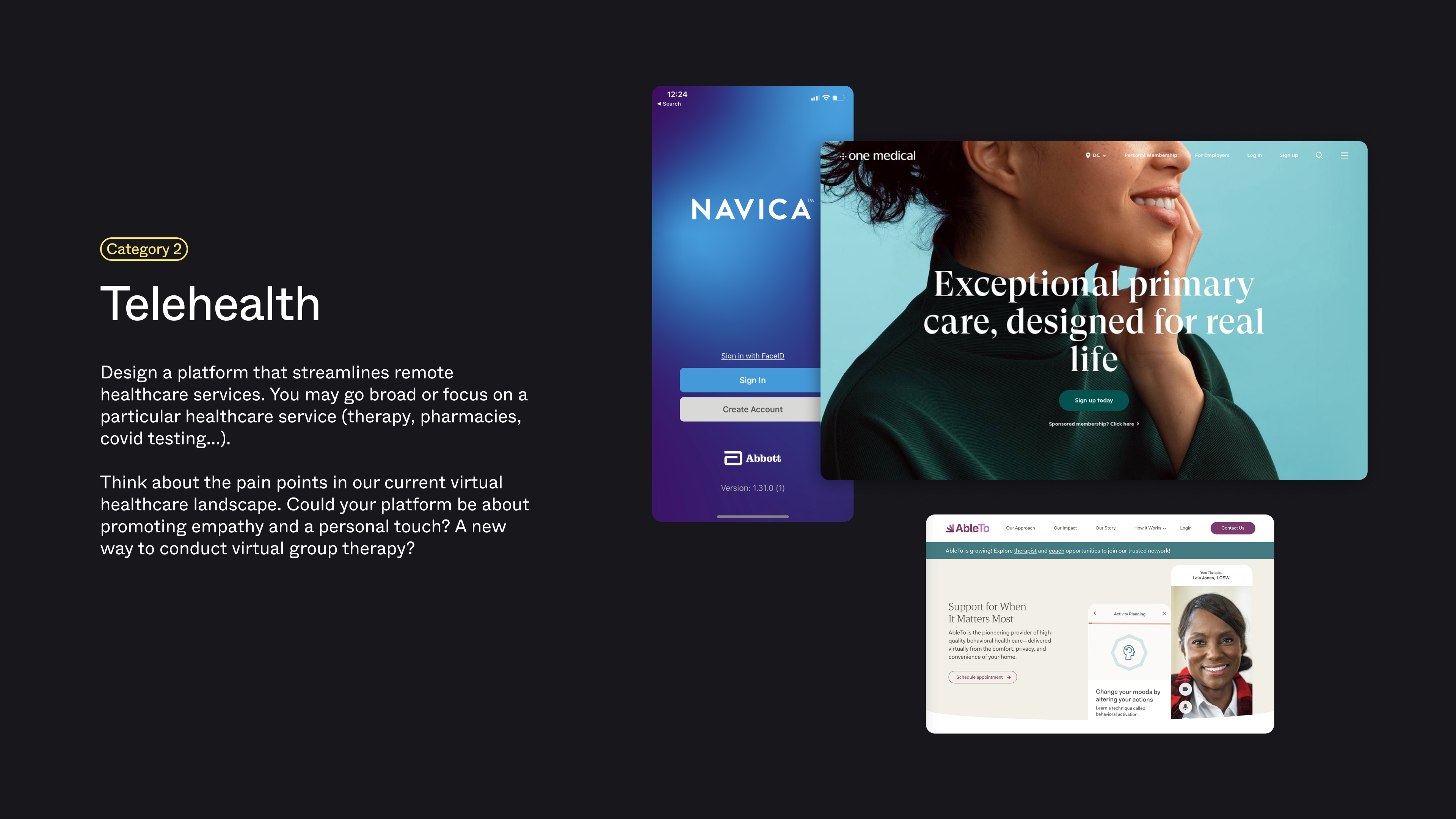
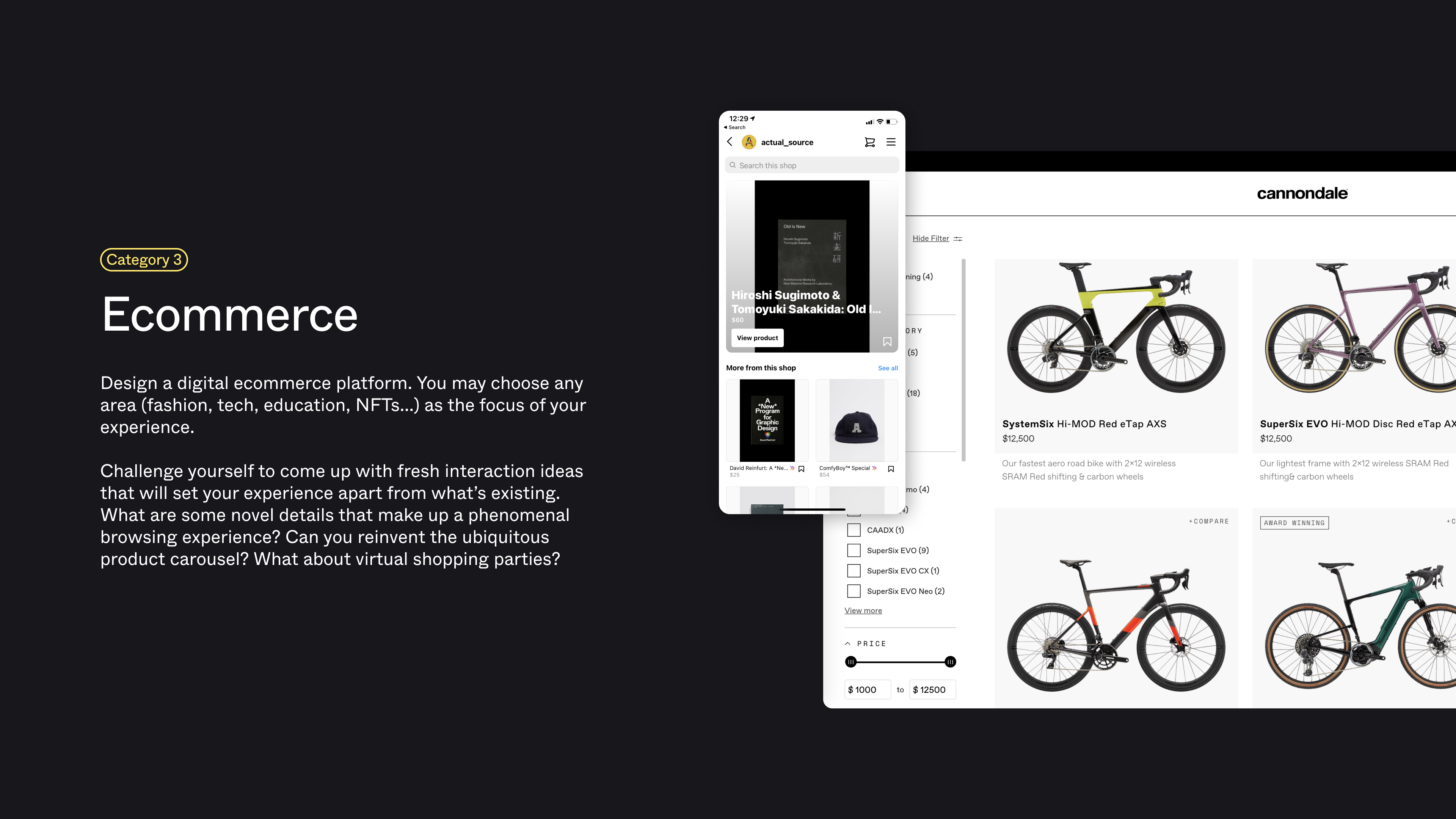
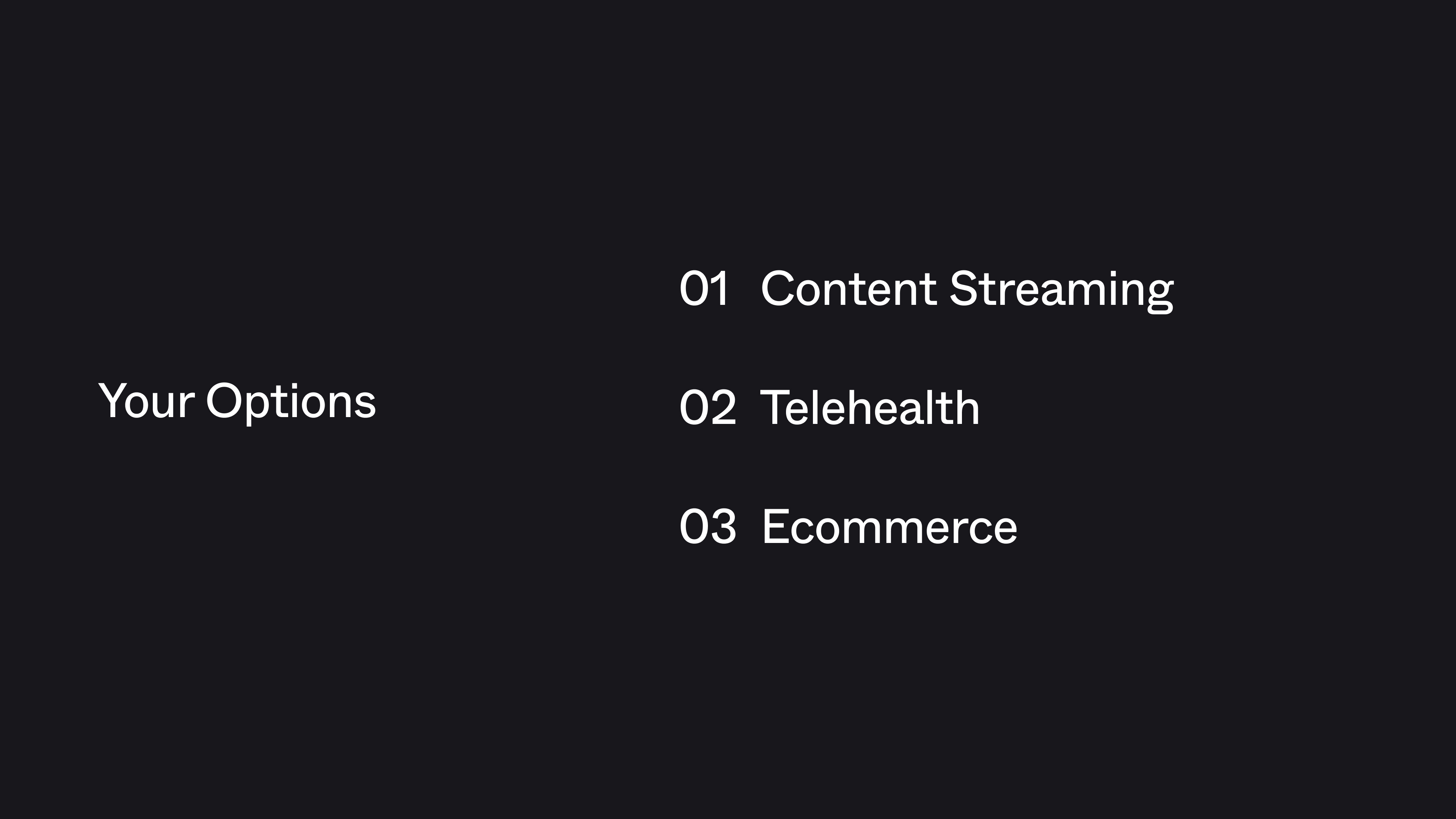
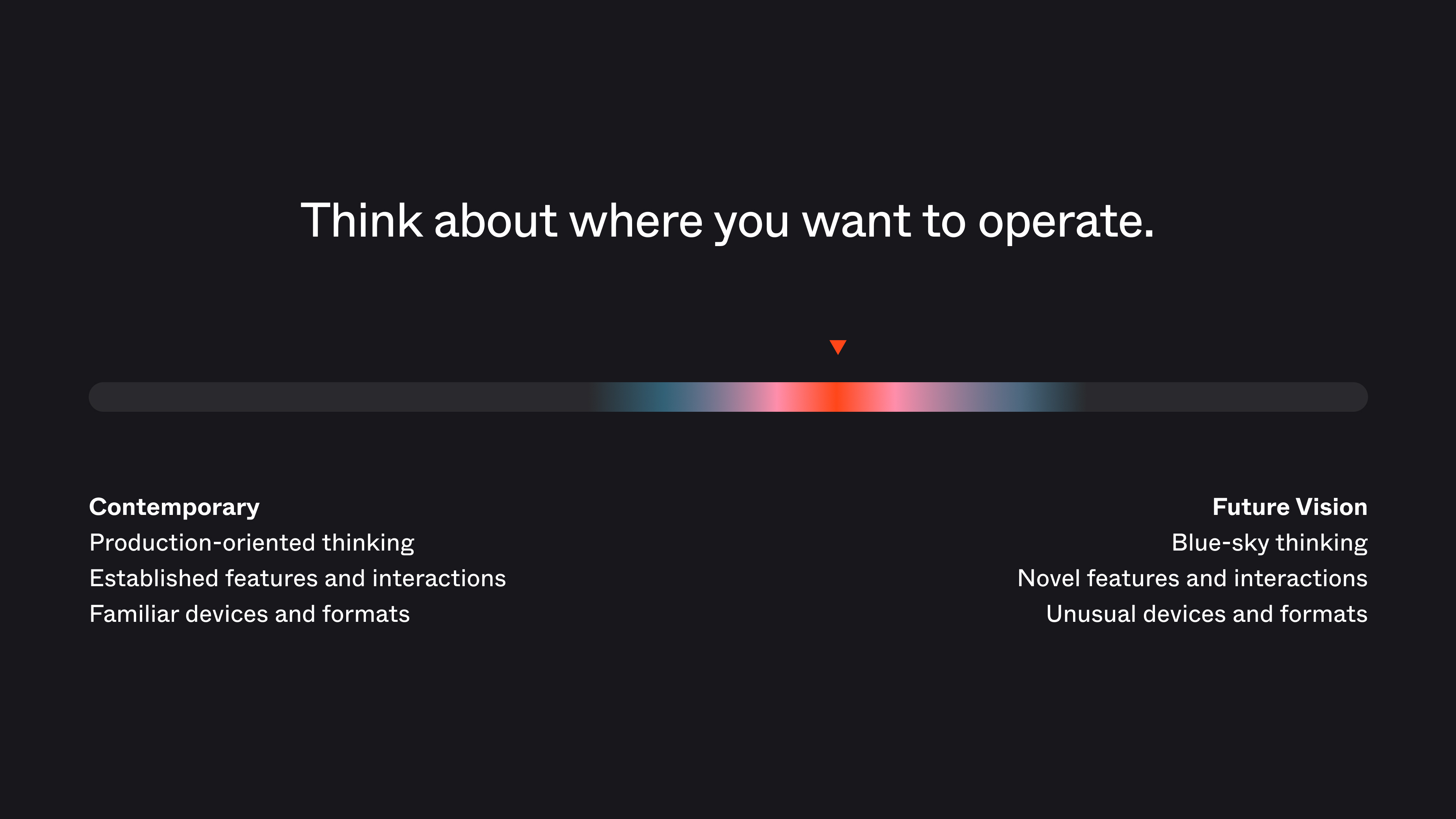
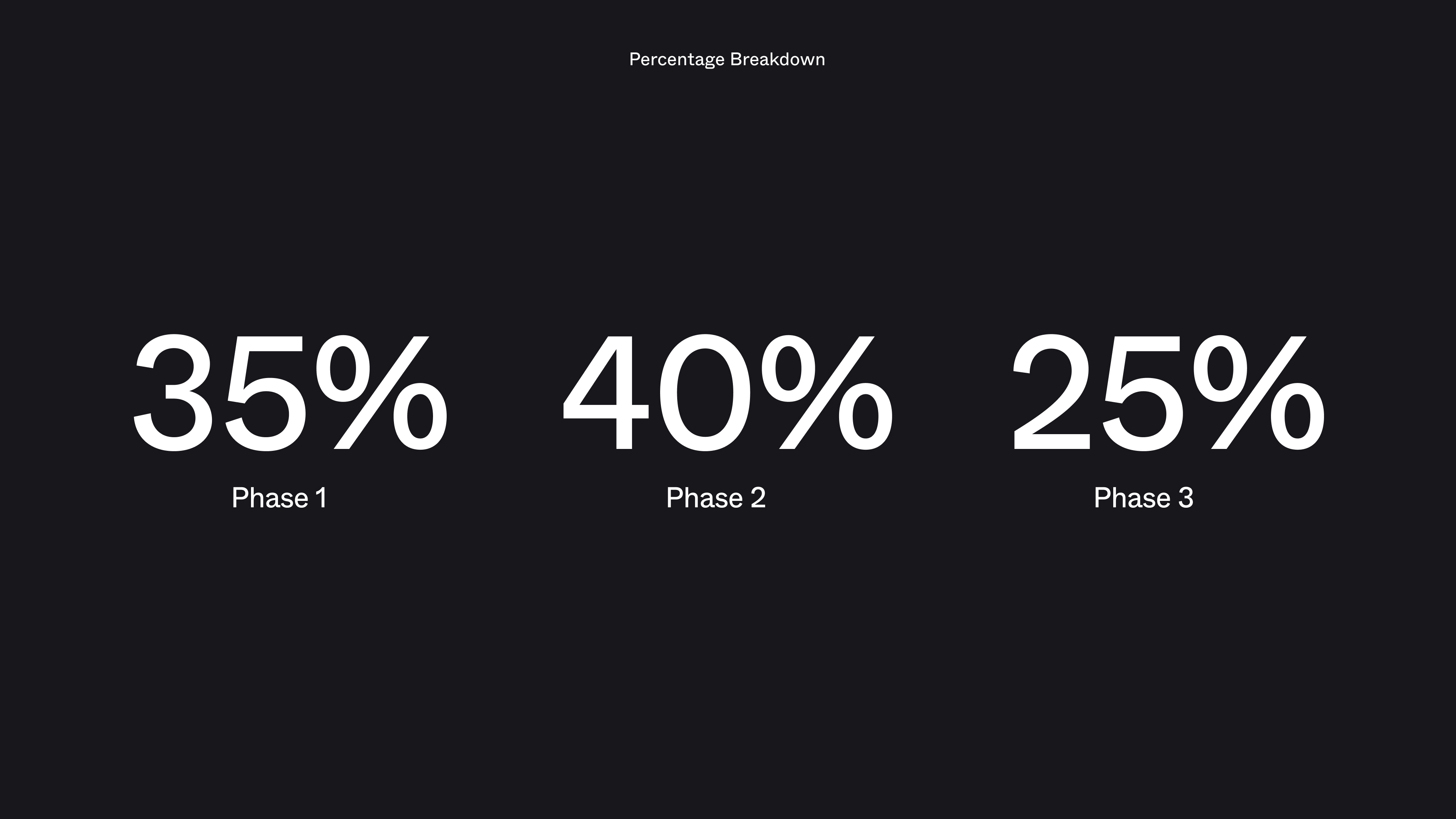
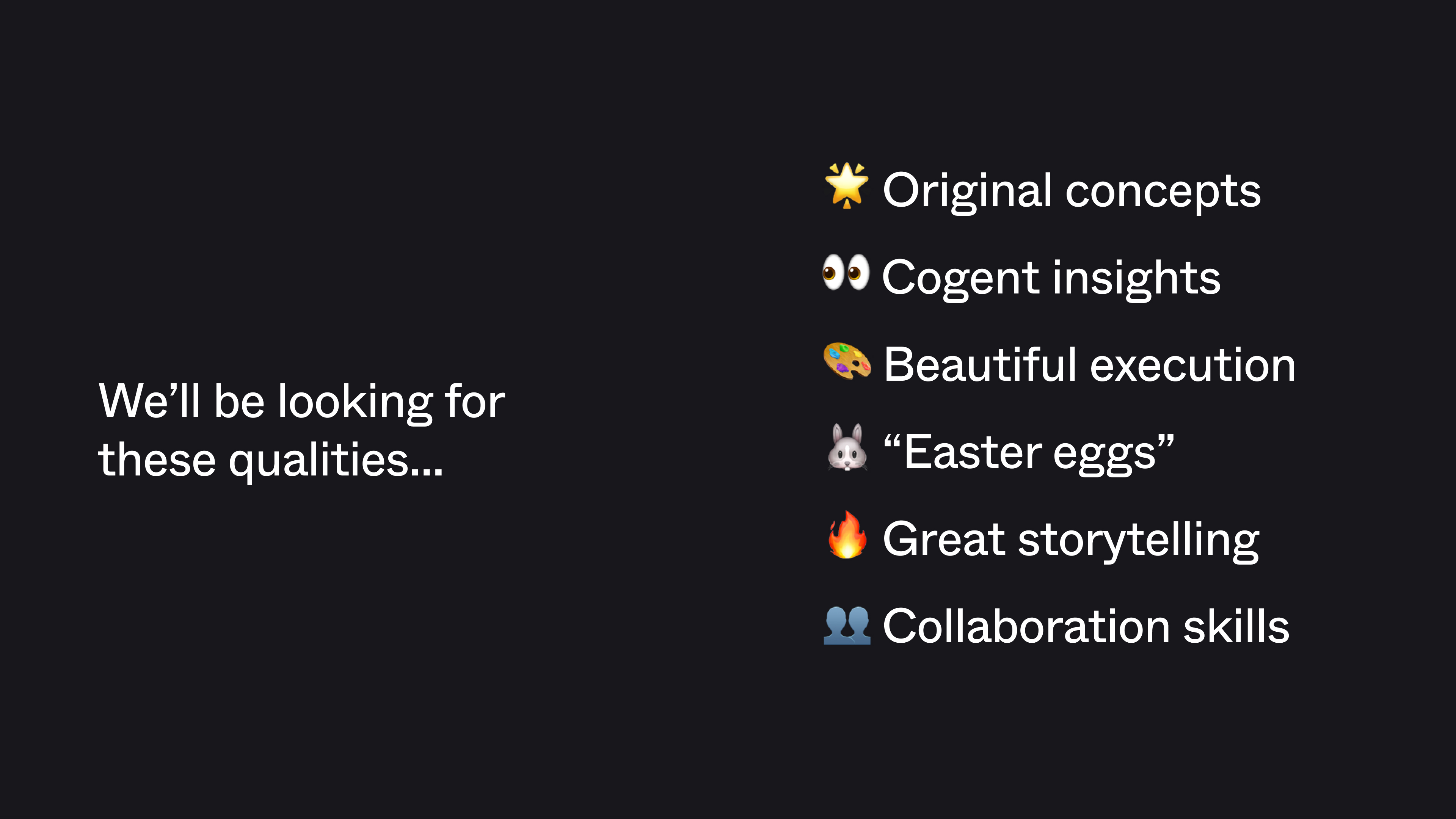
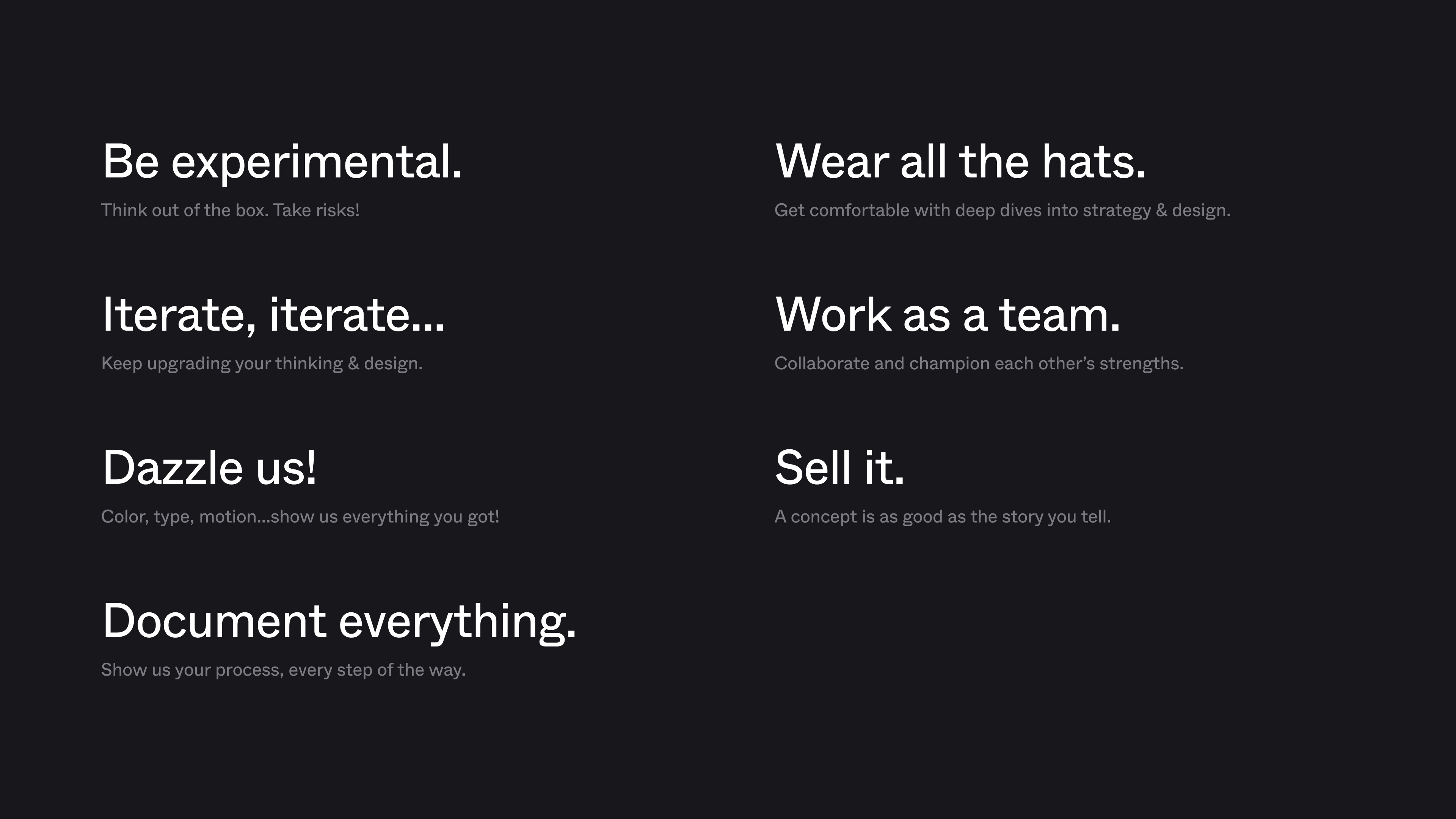
Weeks 1-4 🔍
Phase 1: Research, Strategy
Students worked in teams of 3-4 and gained foundational knowledge of how research & strategy are related to design in a team-oriented setting. We conducted workshops, lectured on core strategy concepts such as information architecture, research methodologies, personas and user flows. For concepts that were beyond our expertise, we read up before crafting lectures, and invited a guest strategist to offer his perspective.
Weeks 4-7 🎨
Phase 2: UX + Visual Design
Students learned about wireframing, art direction, moodboarding, design libraries, components, prototyping in Figma, and all the technicalities that come with designing for digital brand systems. Phase 2 was done individually, but students had the option to stay in touch with teammates from Phase 1, and were encouraged to bounce ideas off each other. As their instructors, we guided them every step of the way with frequent group crits and 1:1 check-ins.
Weeks 8-10 📣
Phase 3: Pitching
After students have refined their visual screens and prototypes from Phase 2, we dove into Phase 3, which is all about storytelling and presentation. Students were given 2 weeks to develop a deck narrative that showcases the evolution of their product concept and design thinking, ideally tying back to research conducted in Phase 1.
Sample Lecture Slides ︎︎︎
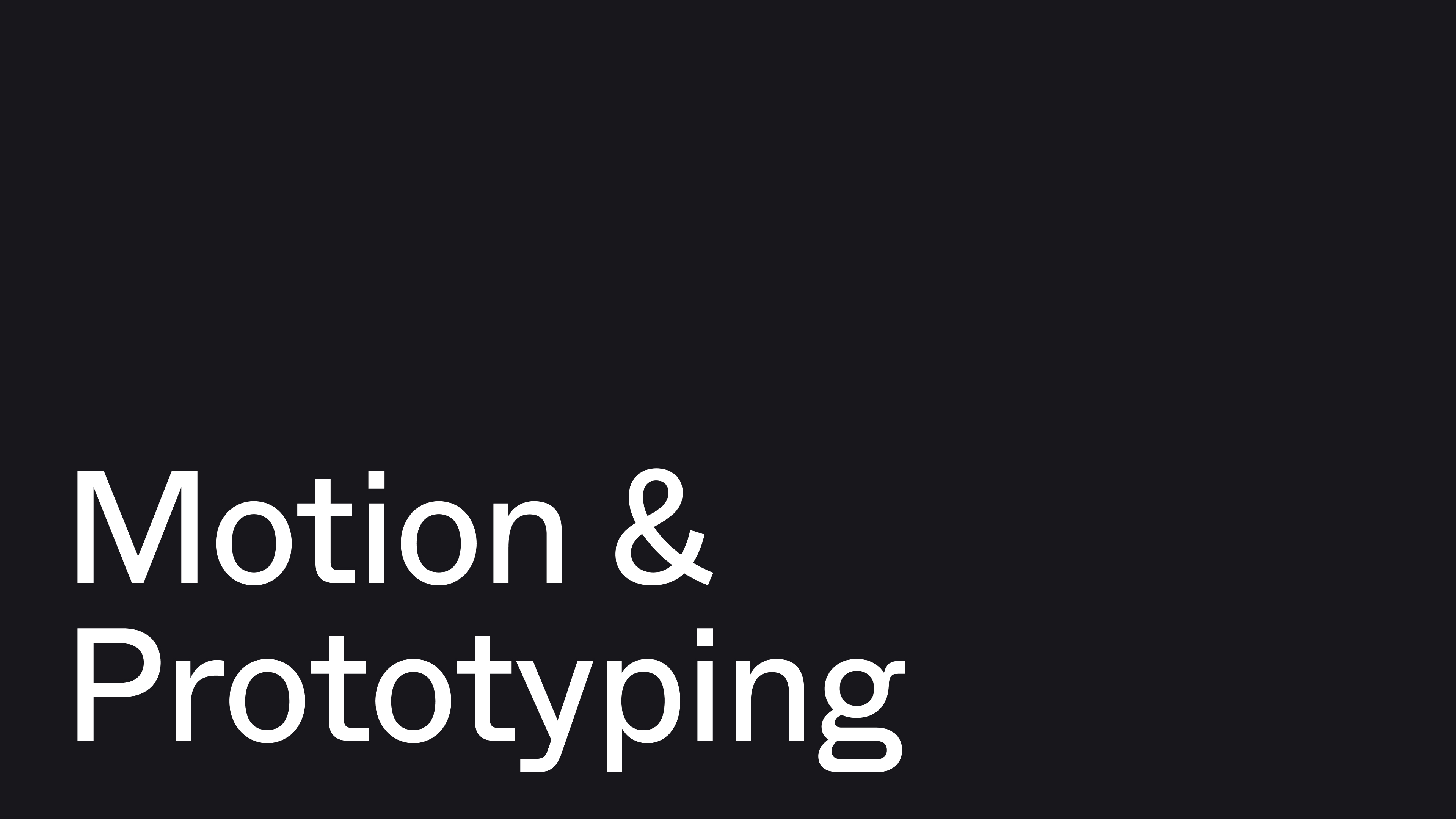
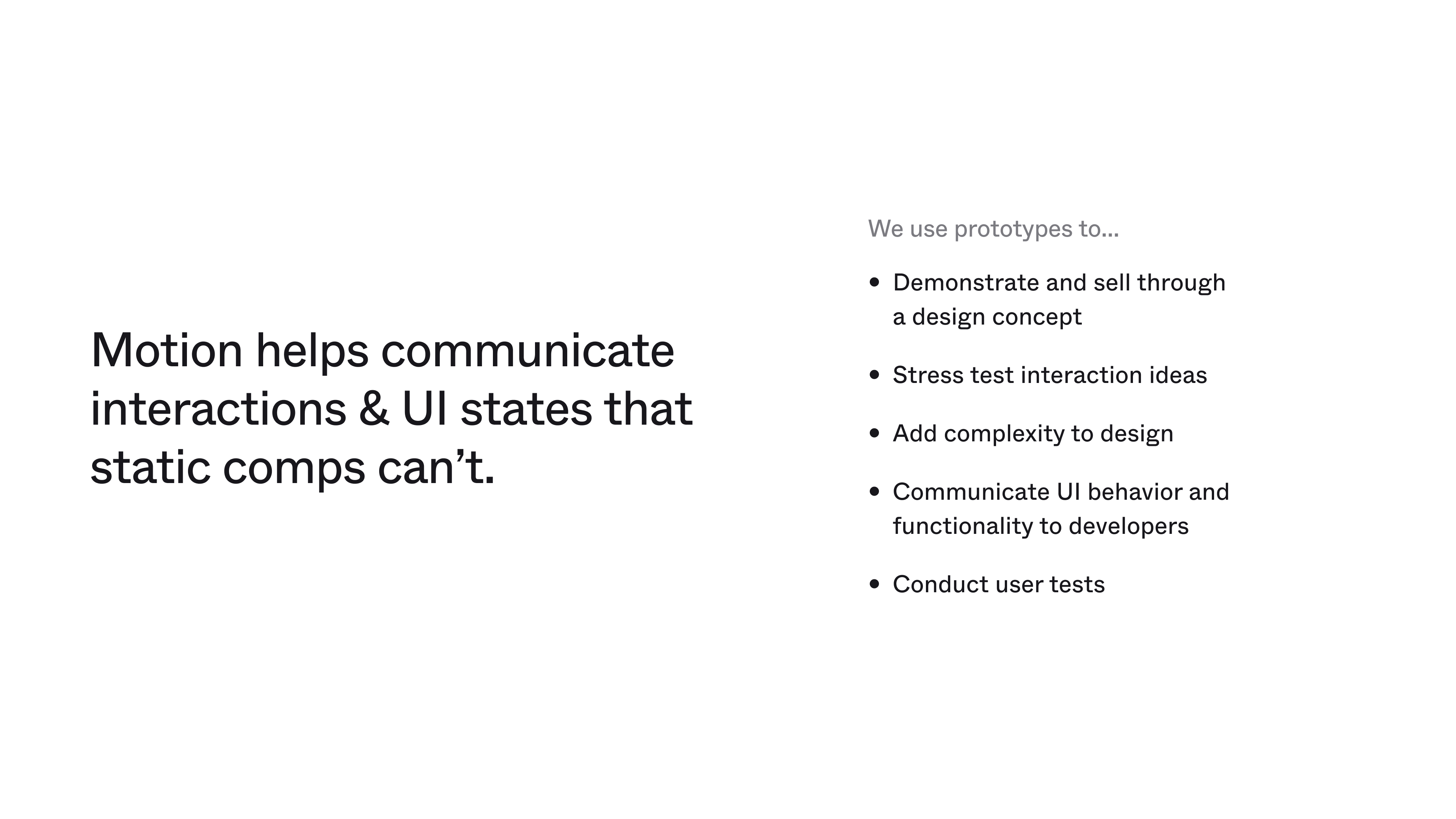
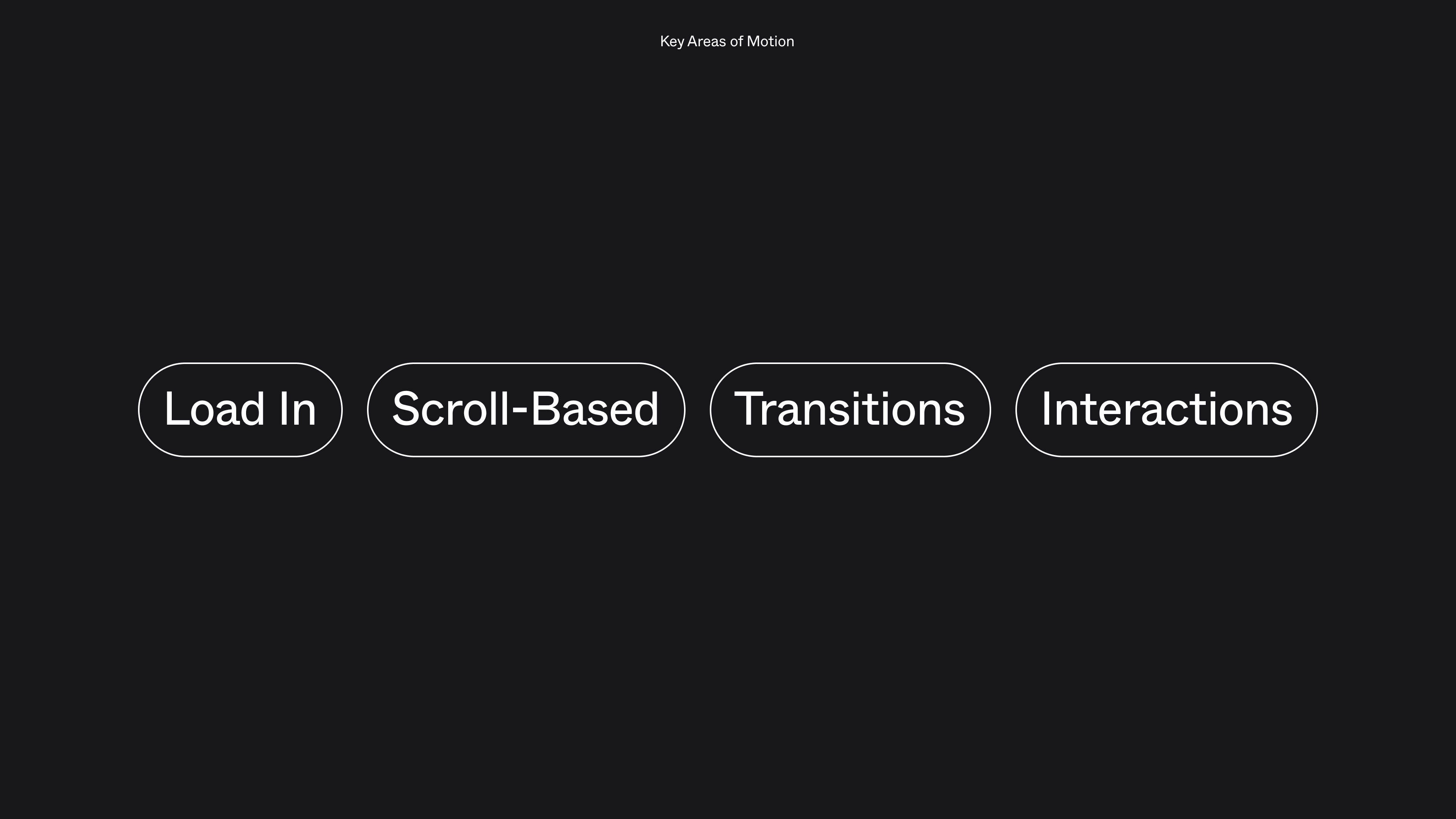
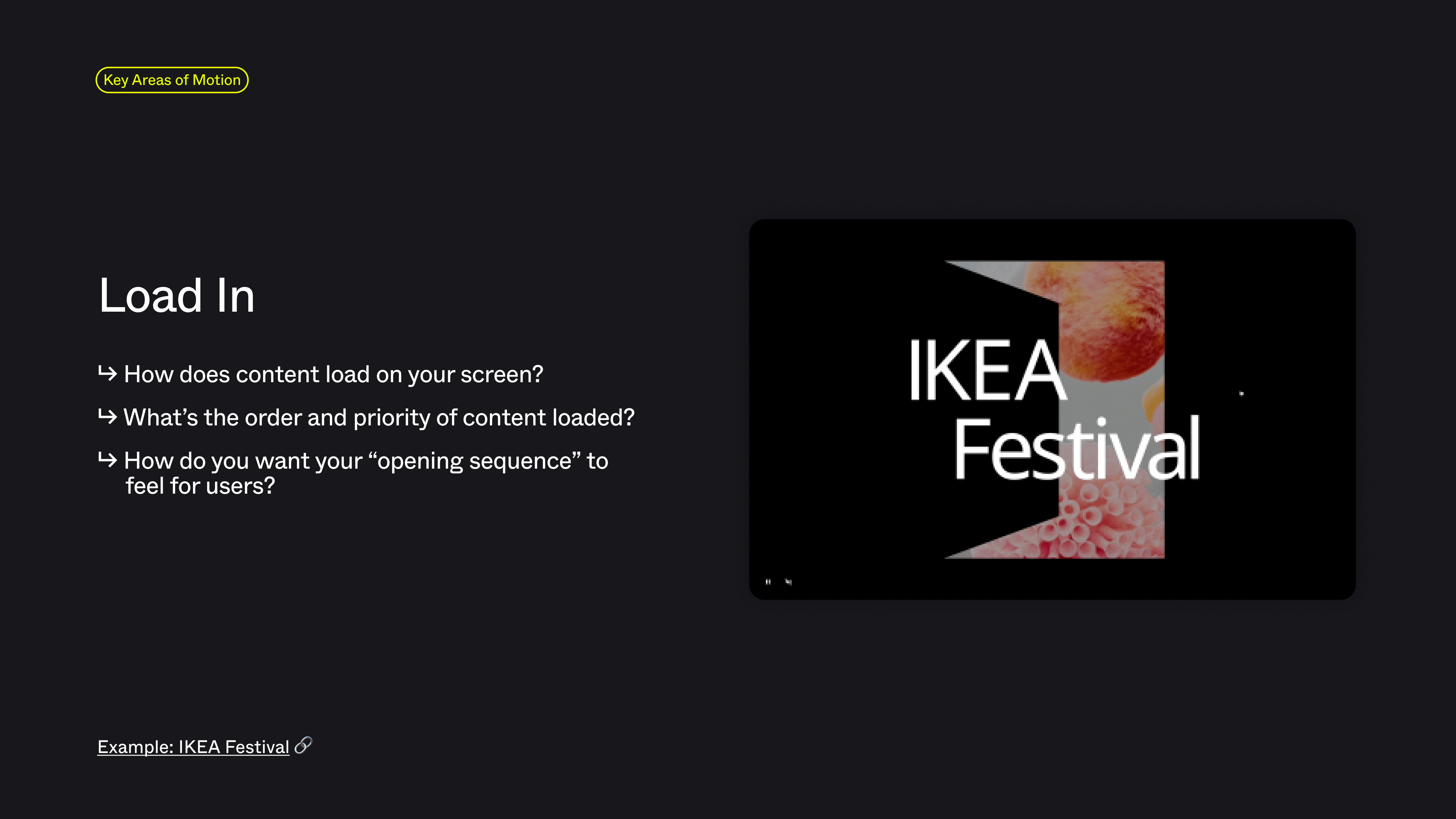
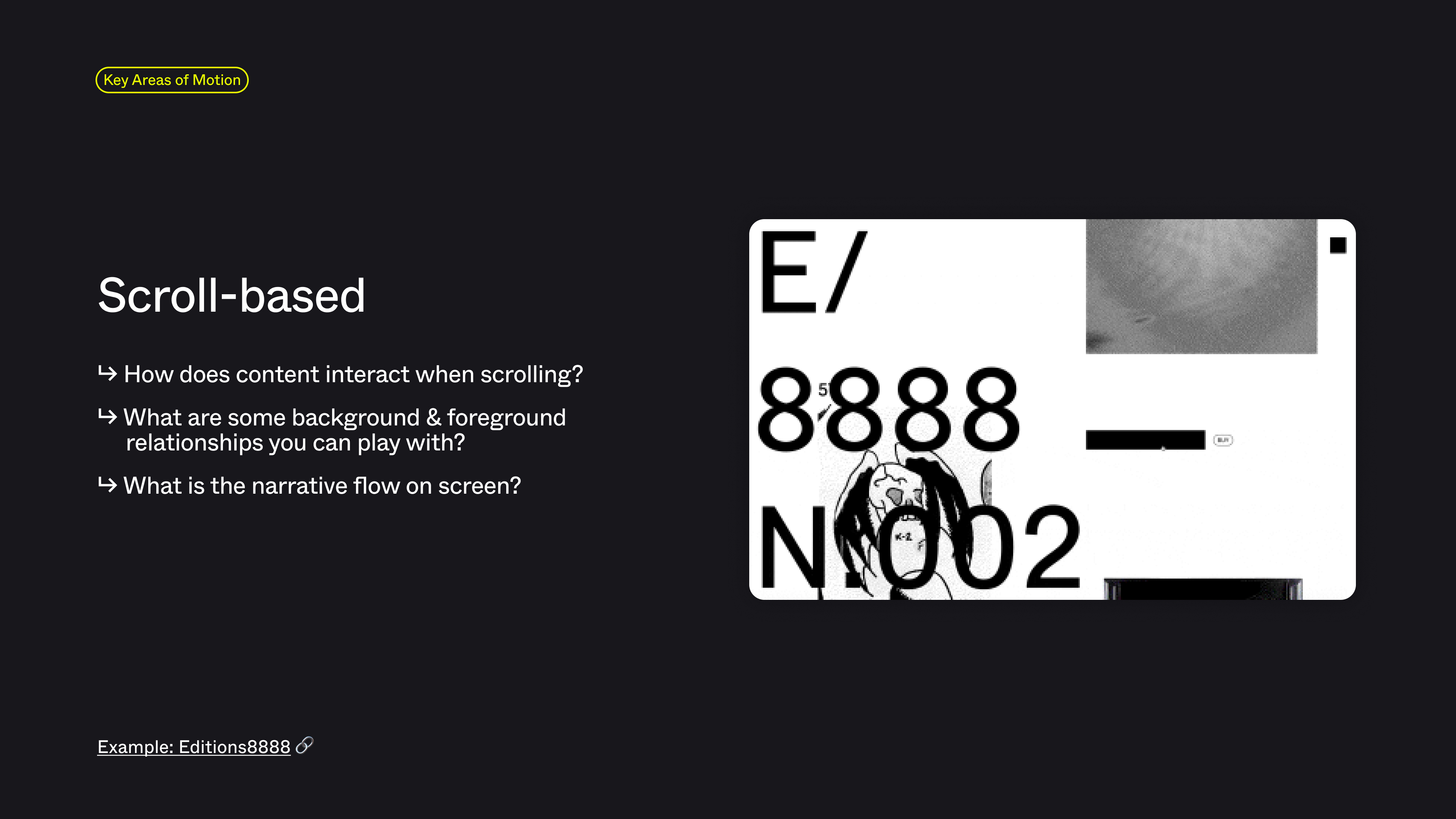
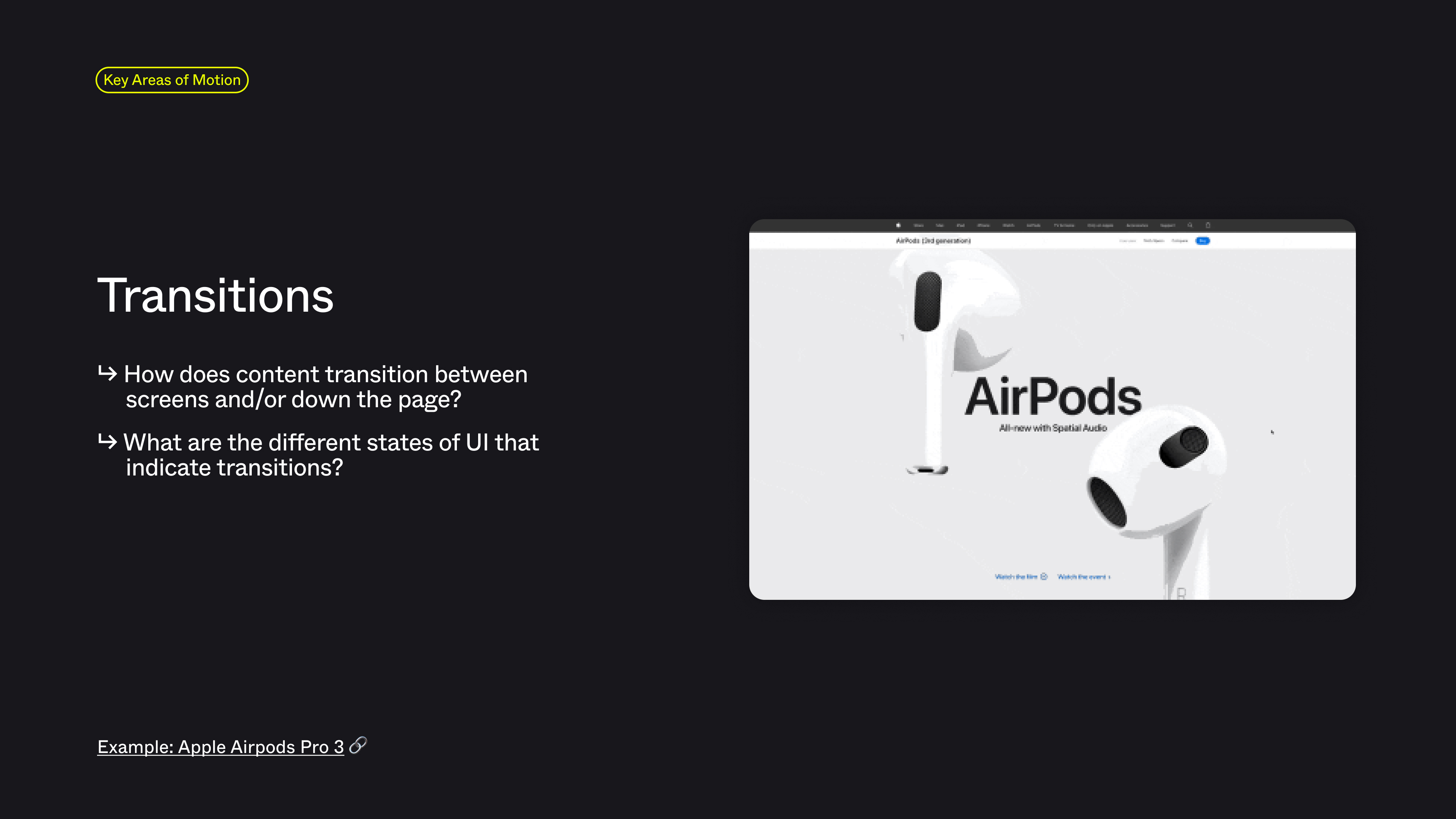
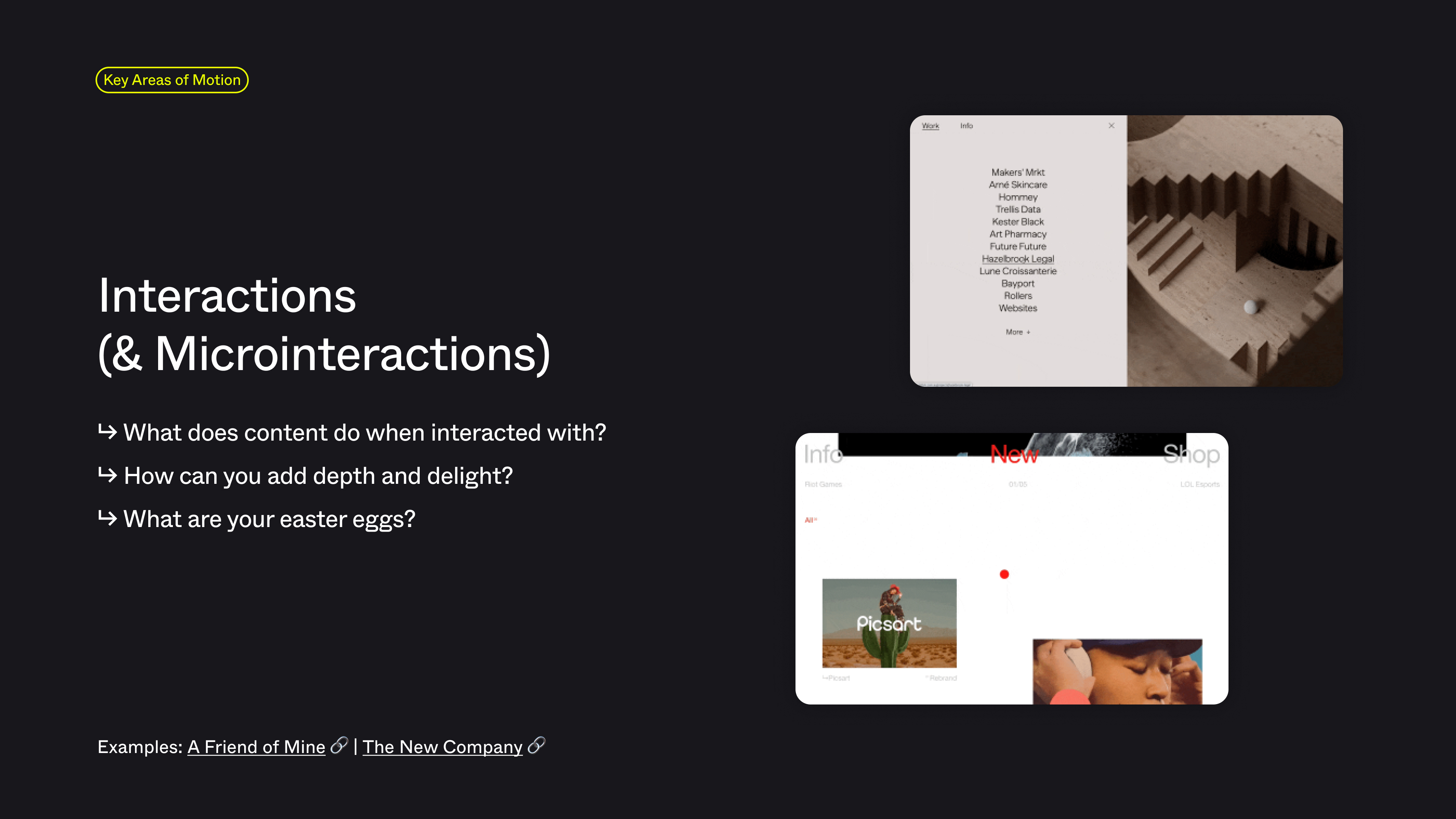
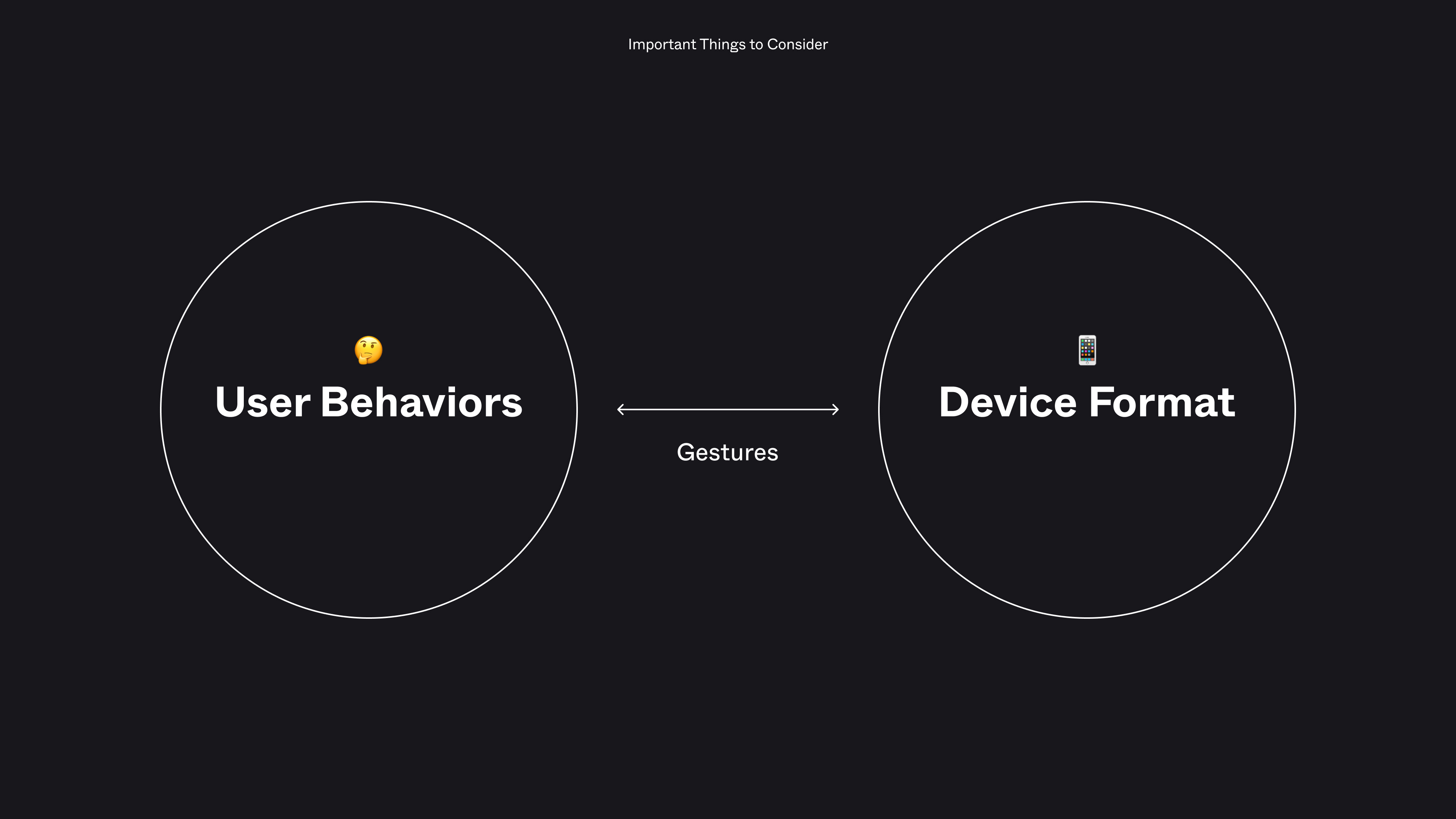
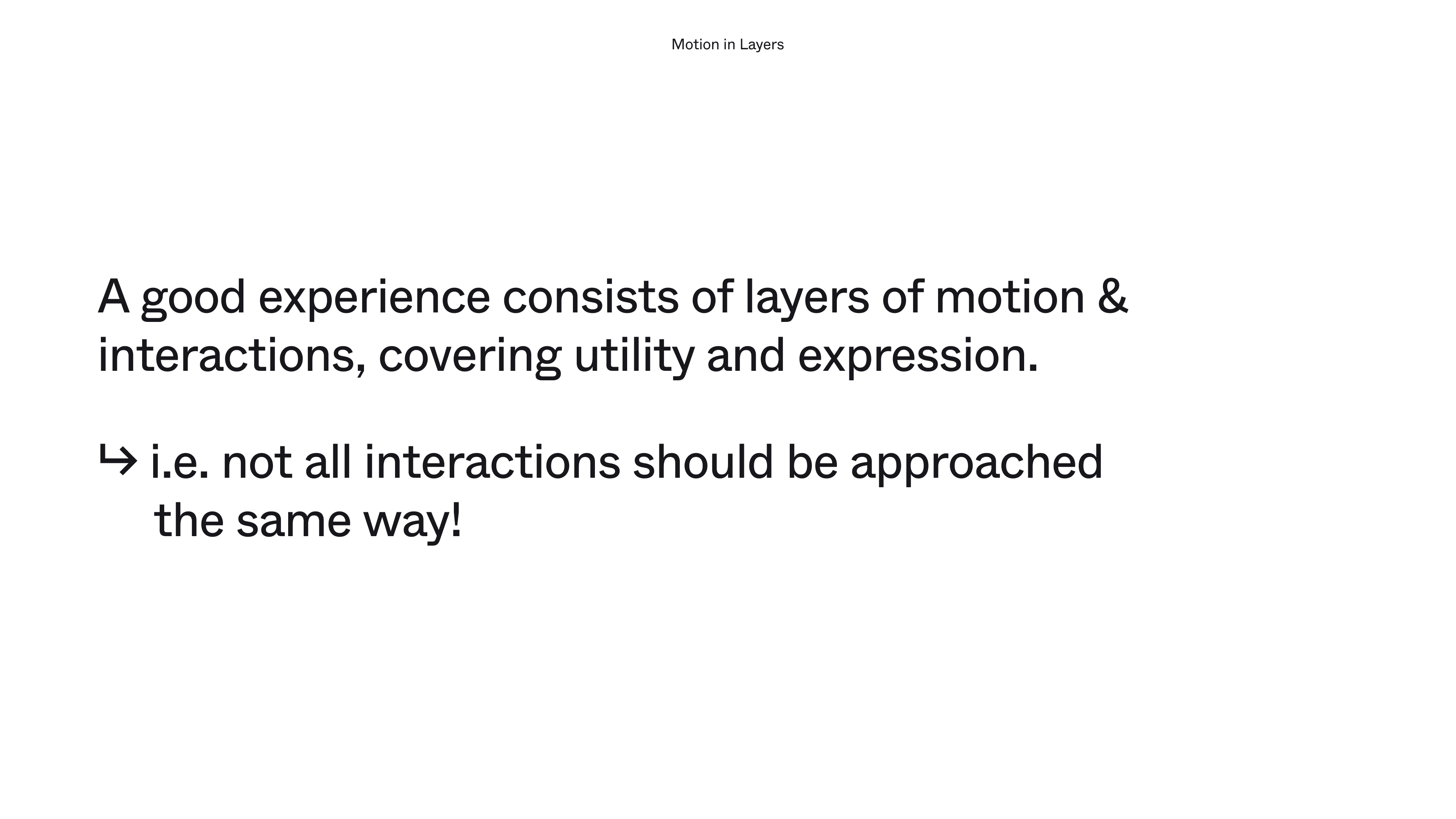
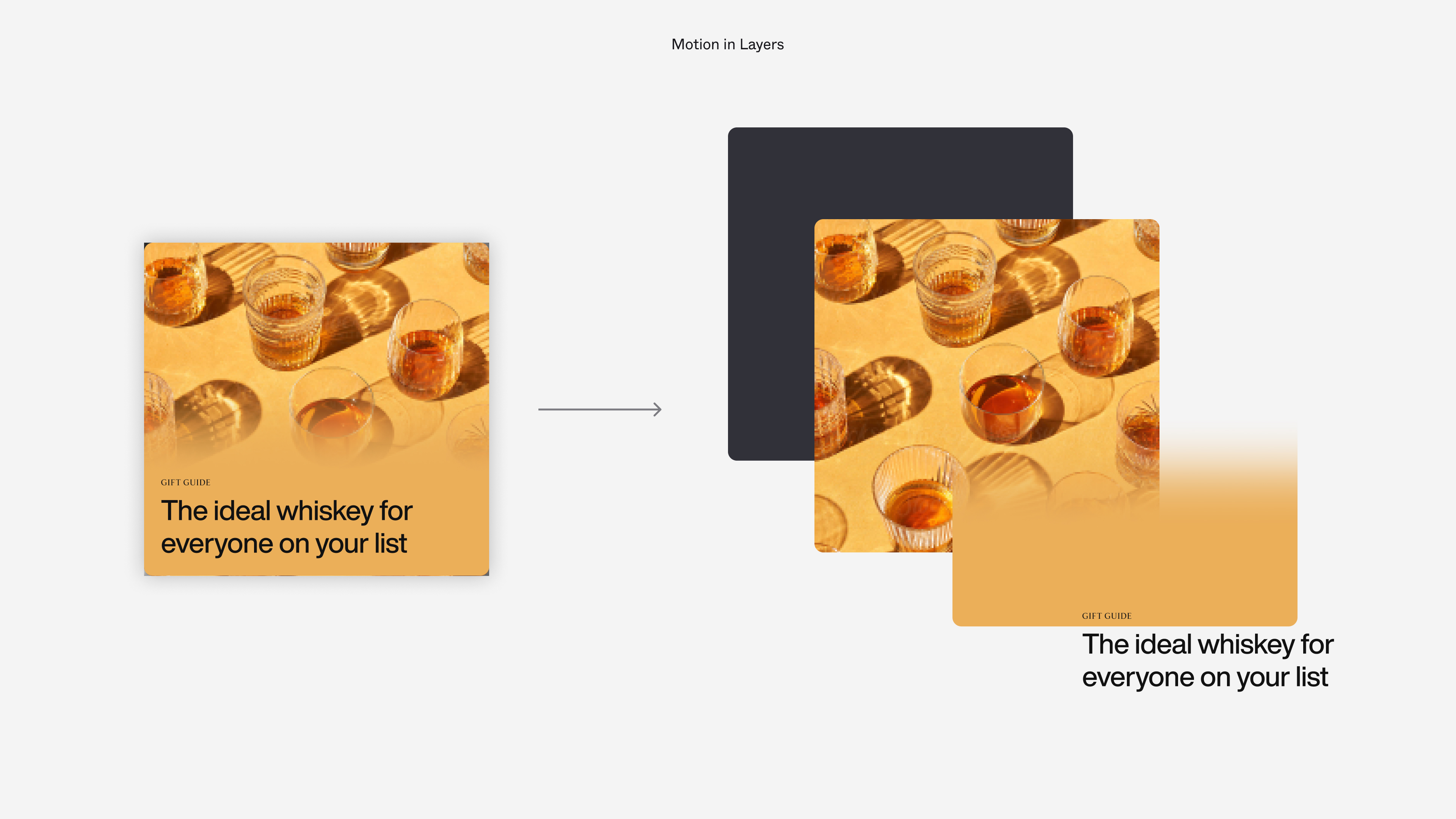
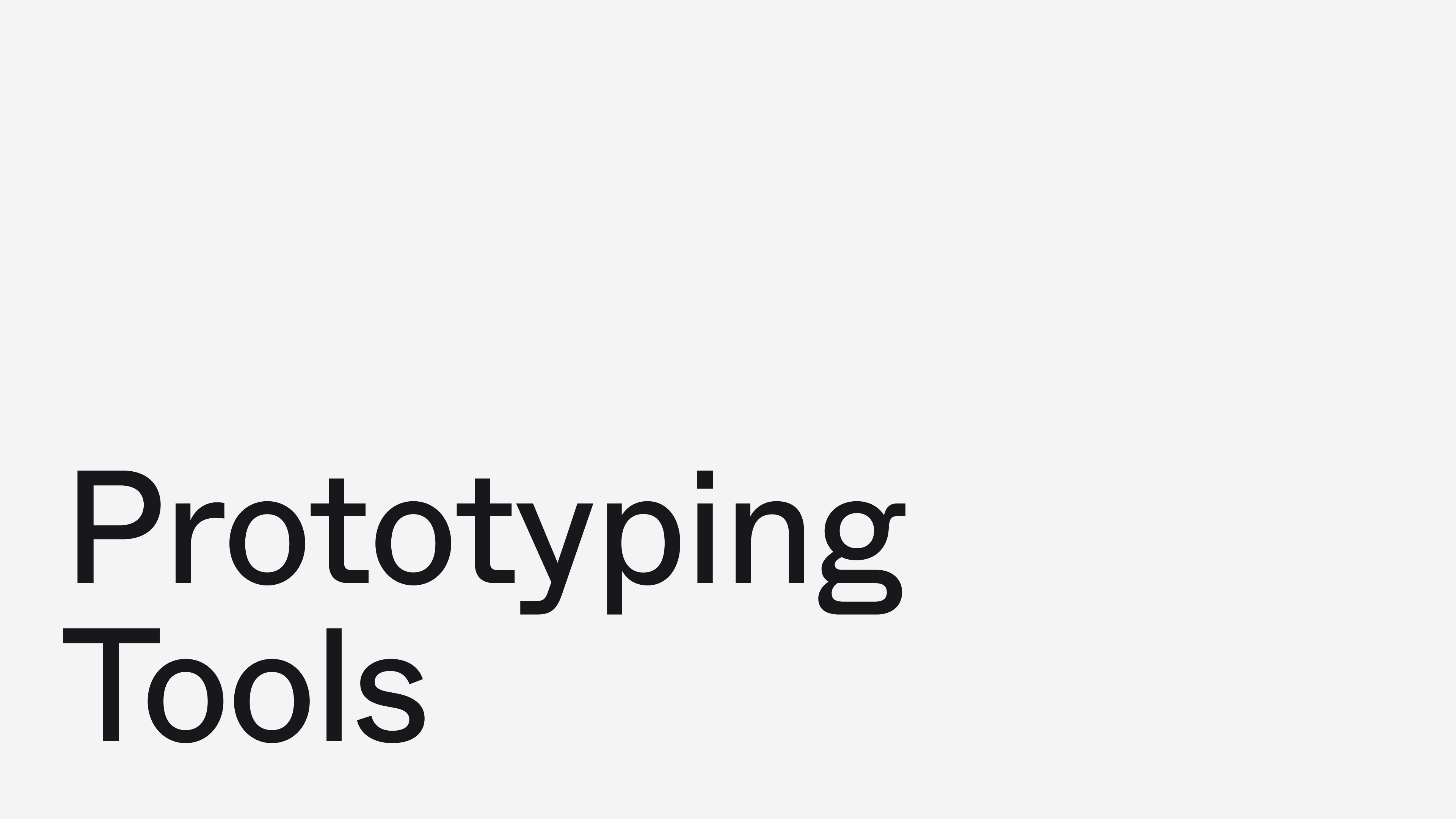
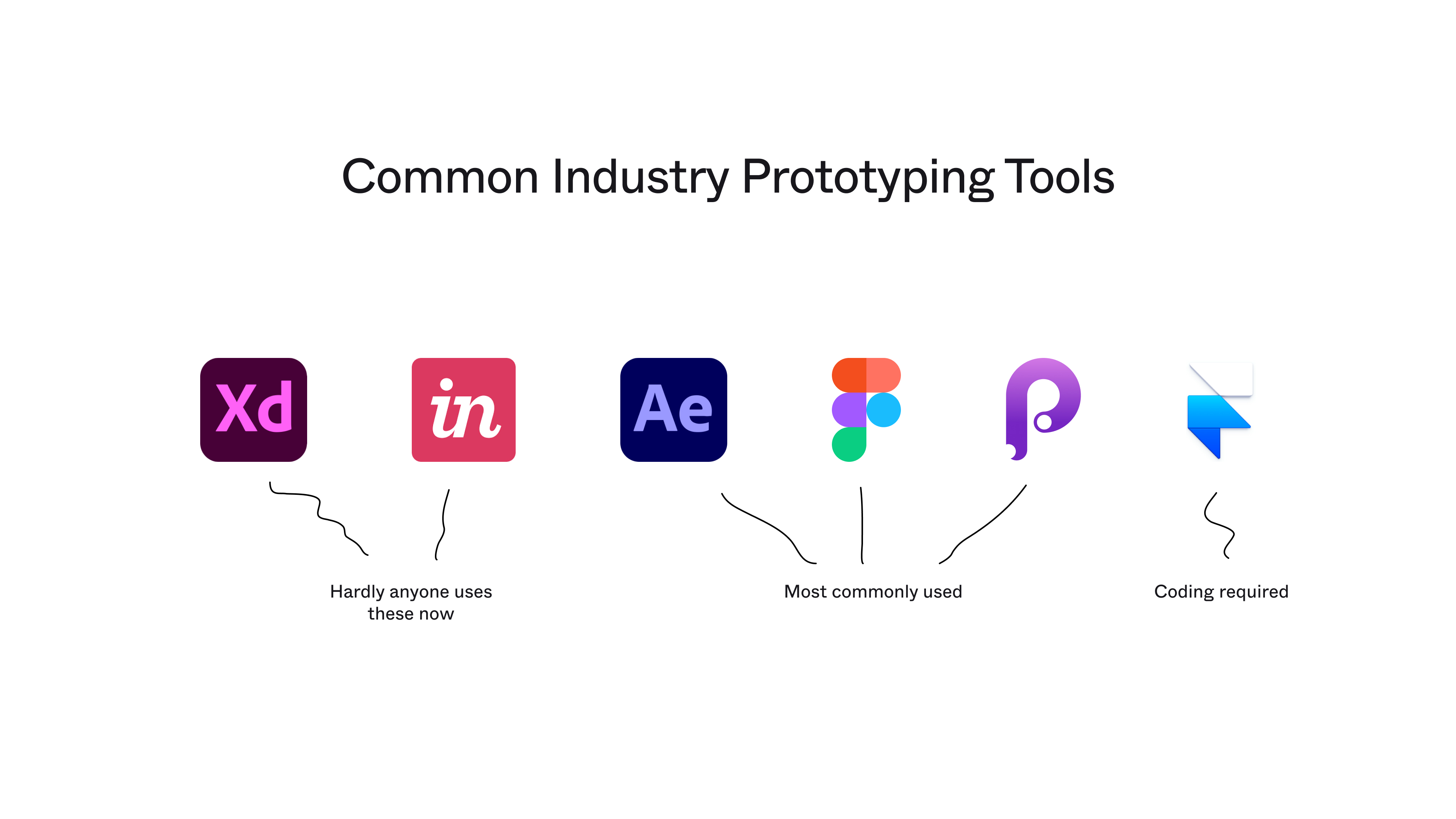
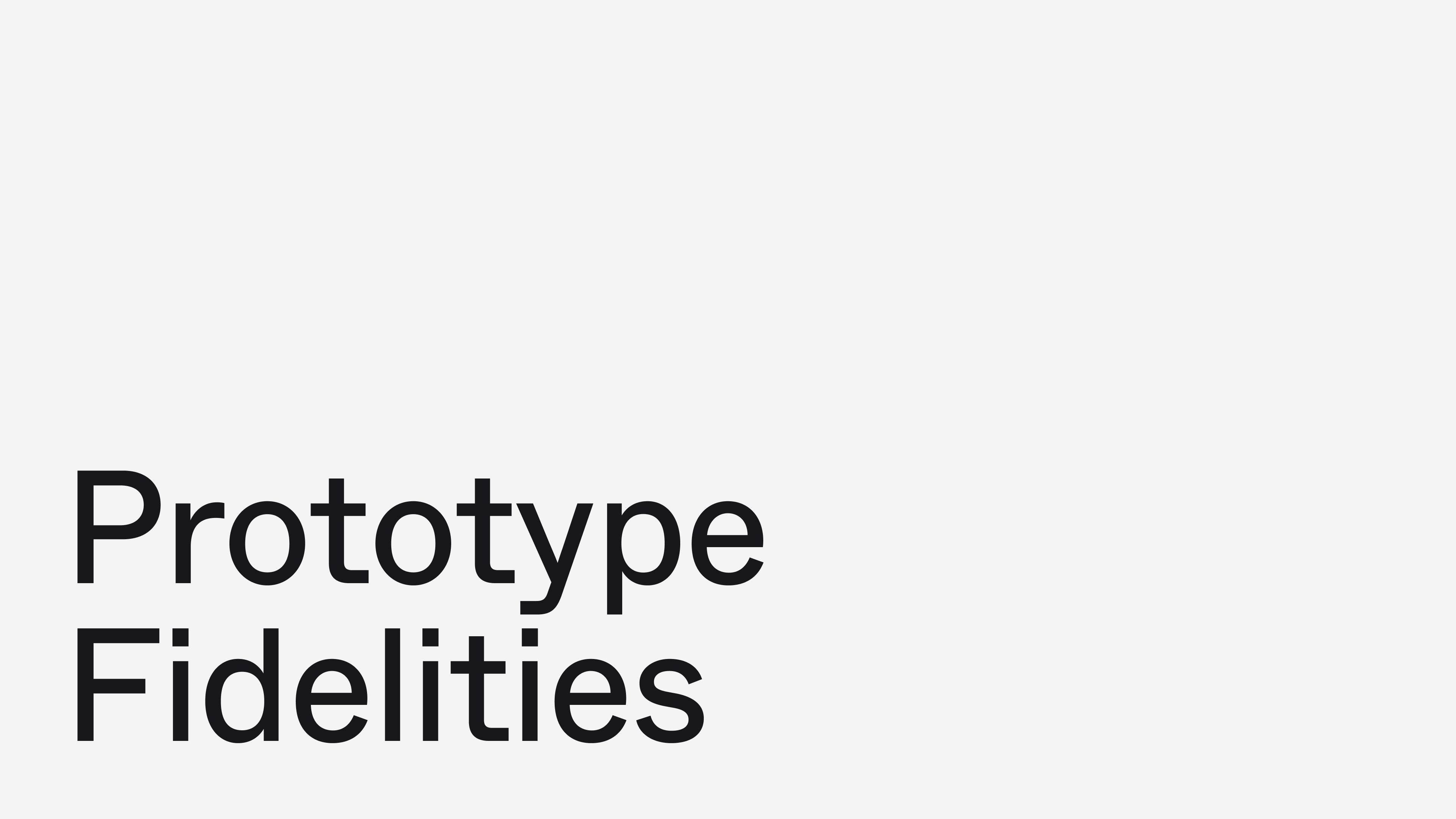
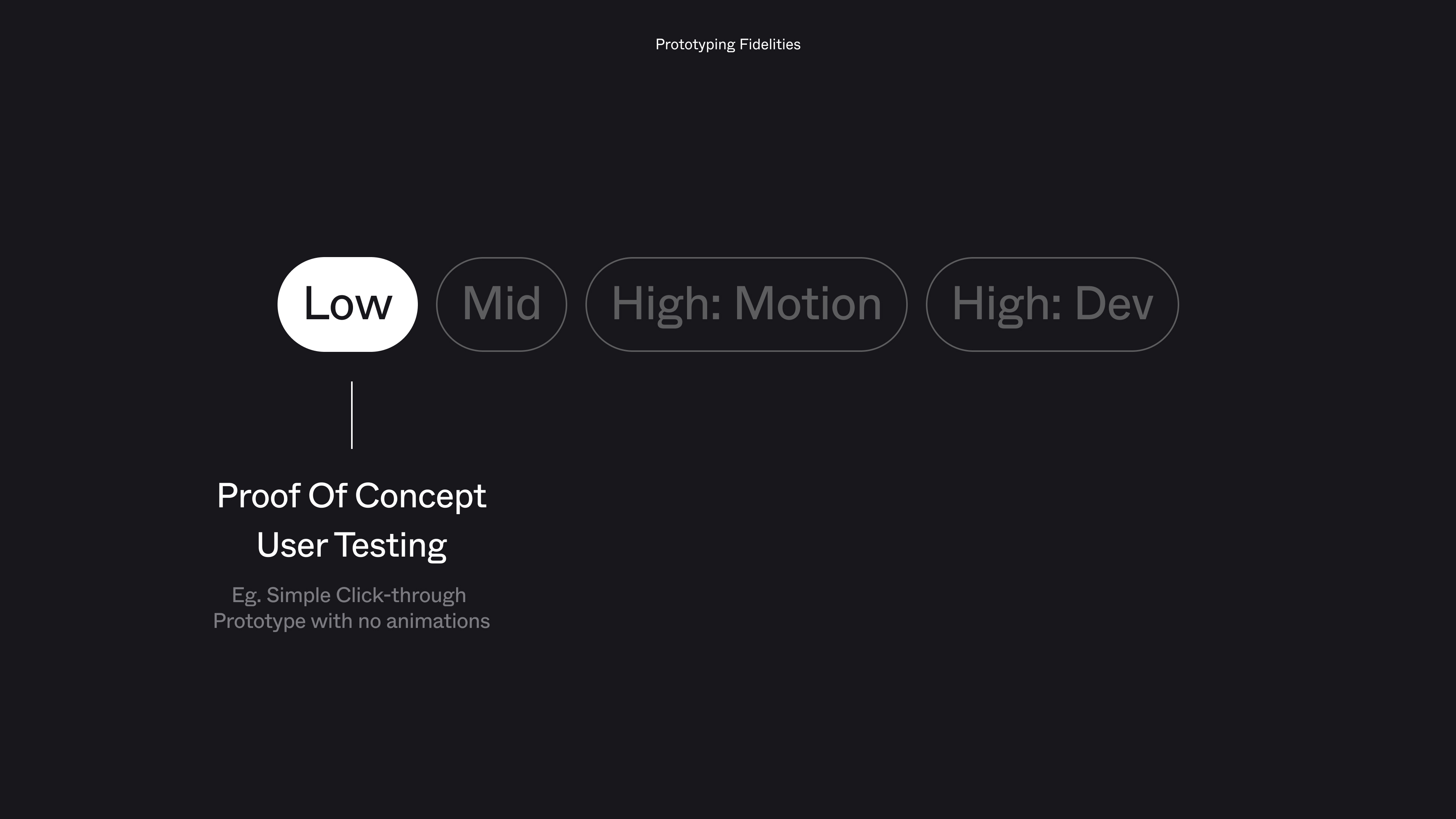
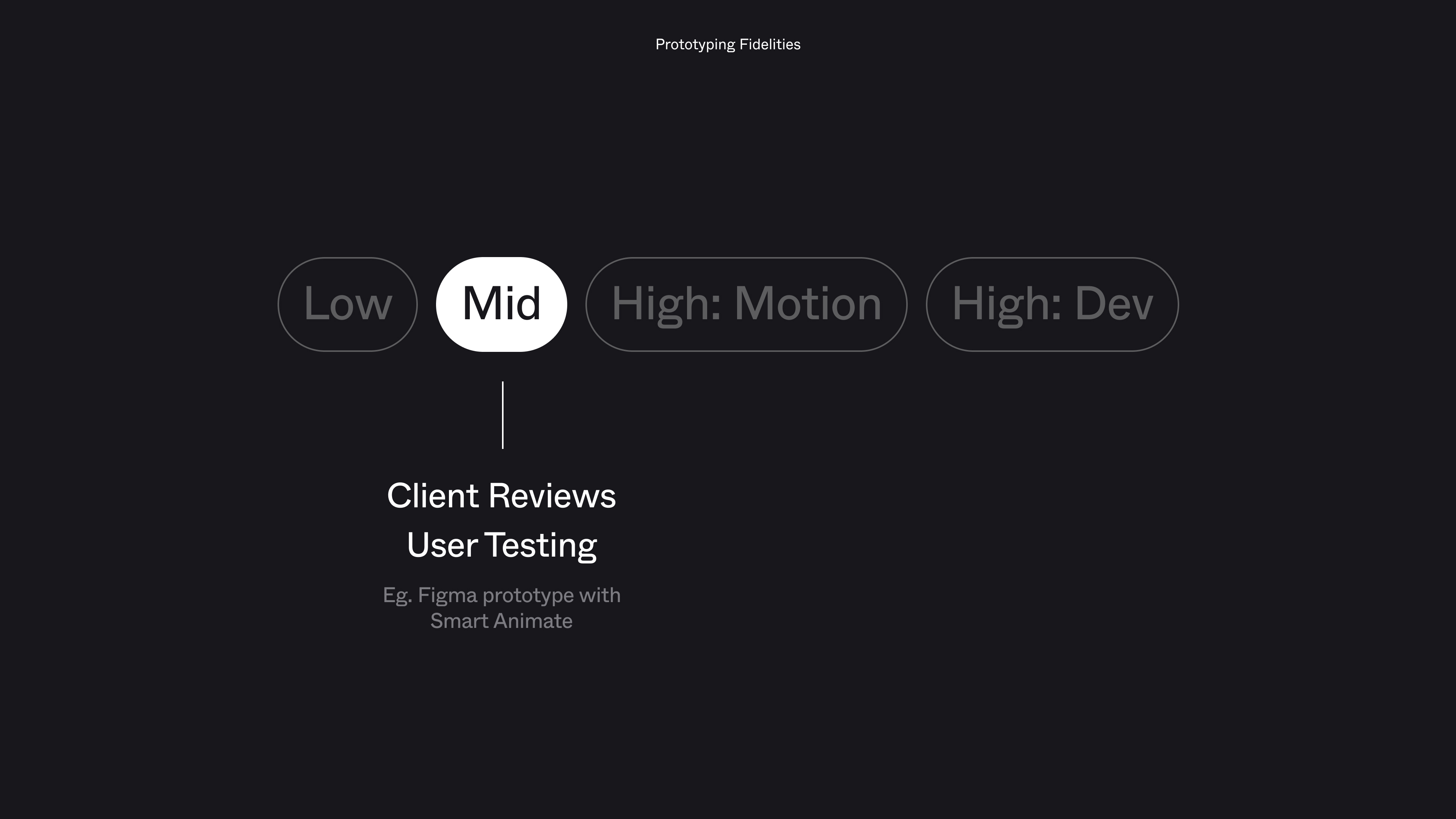
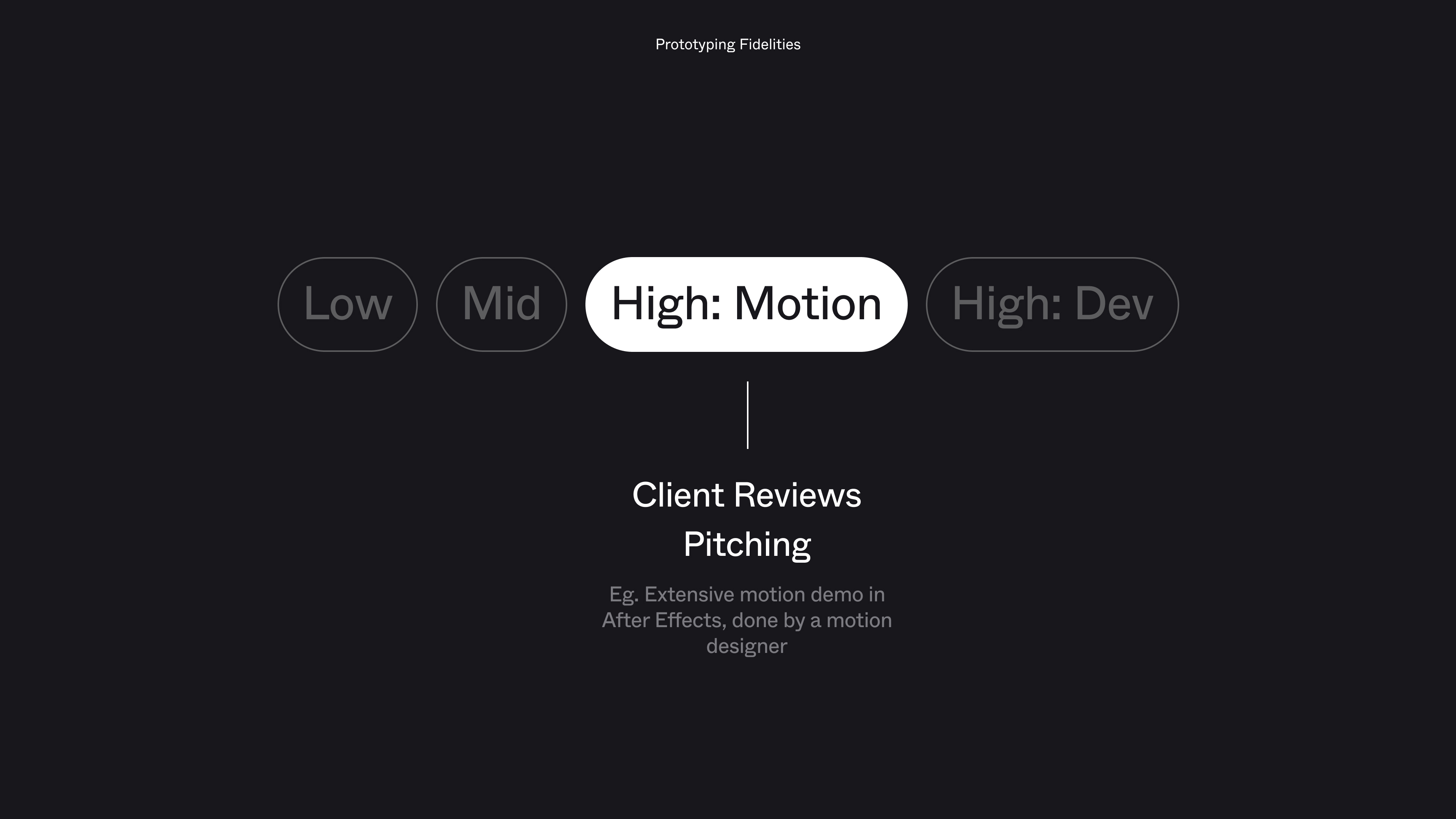
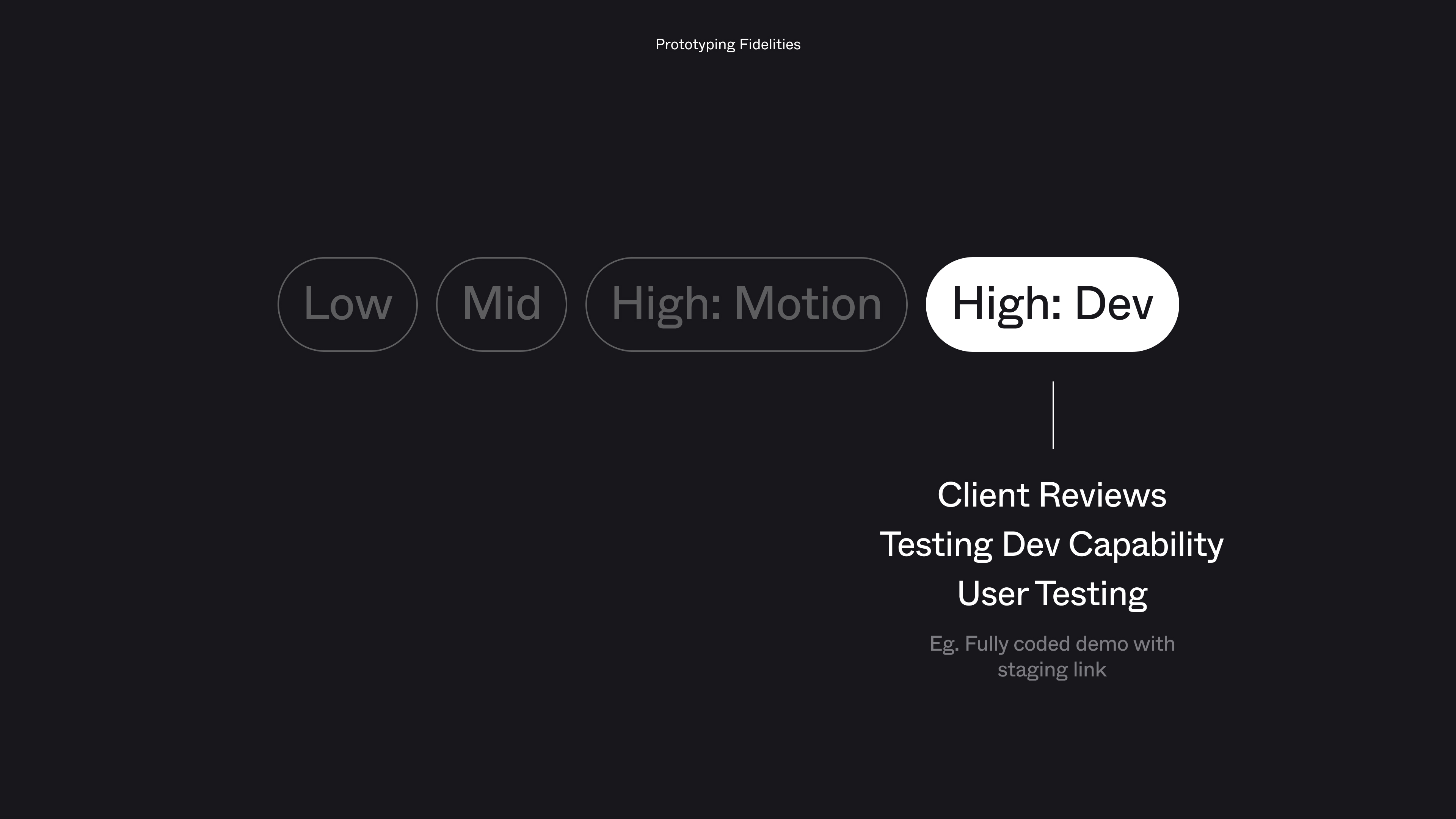
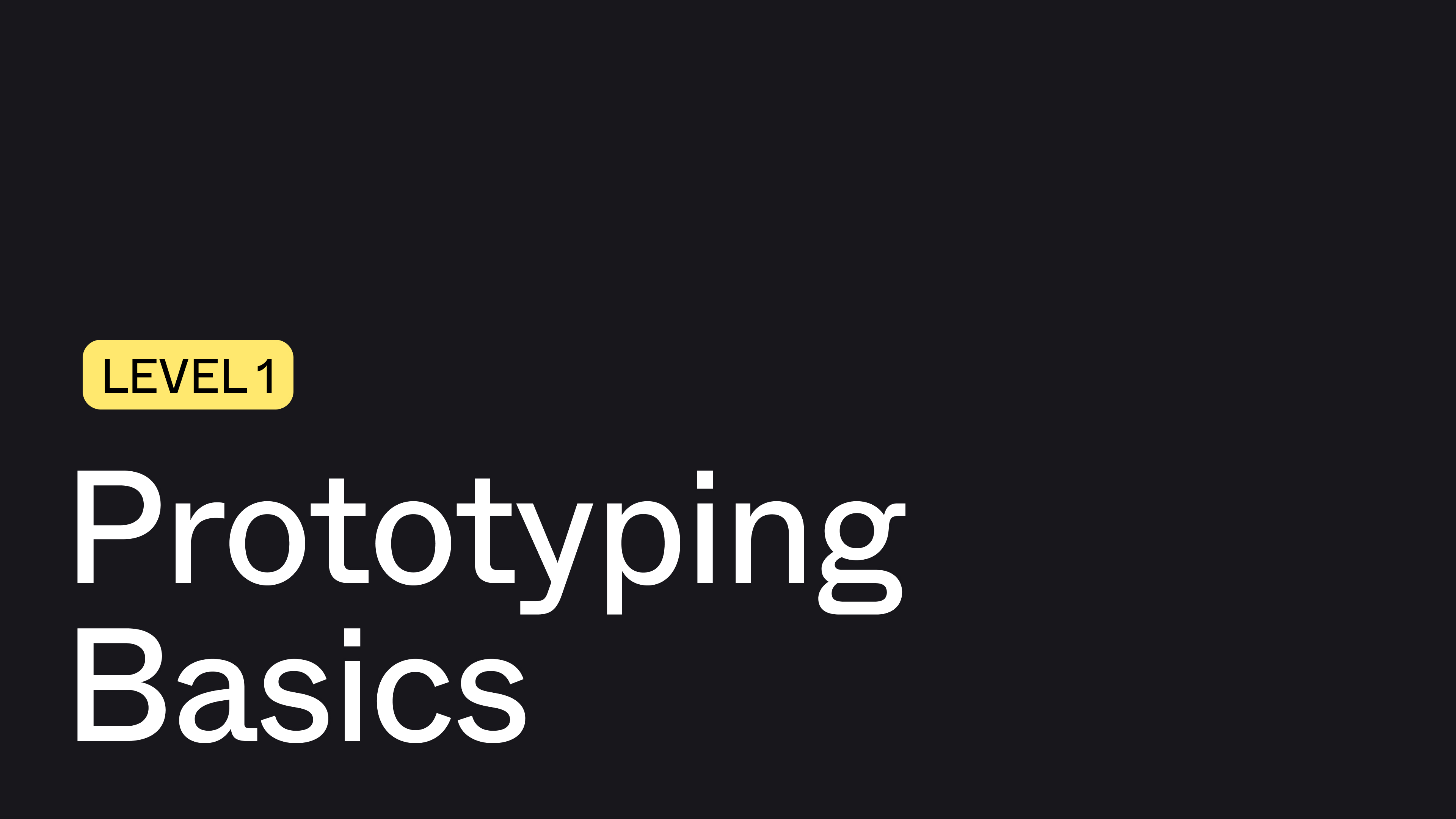

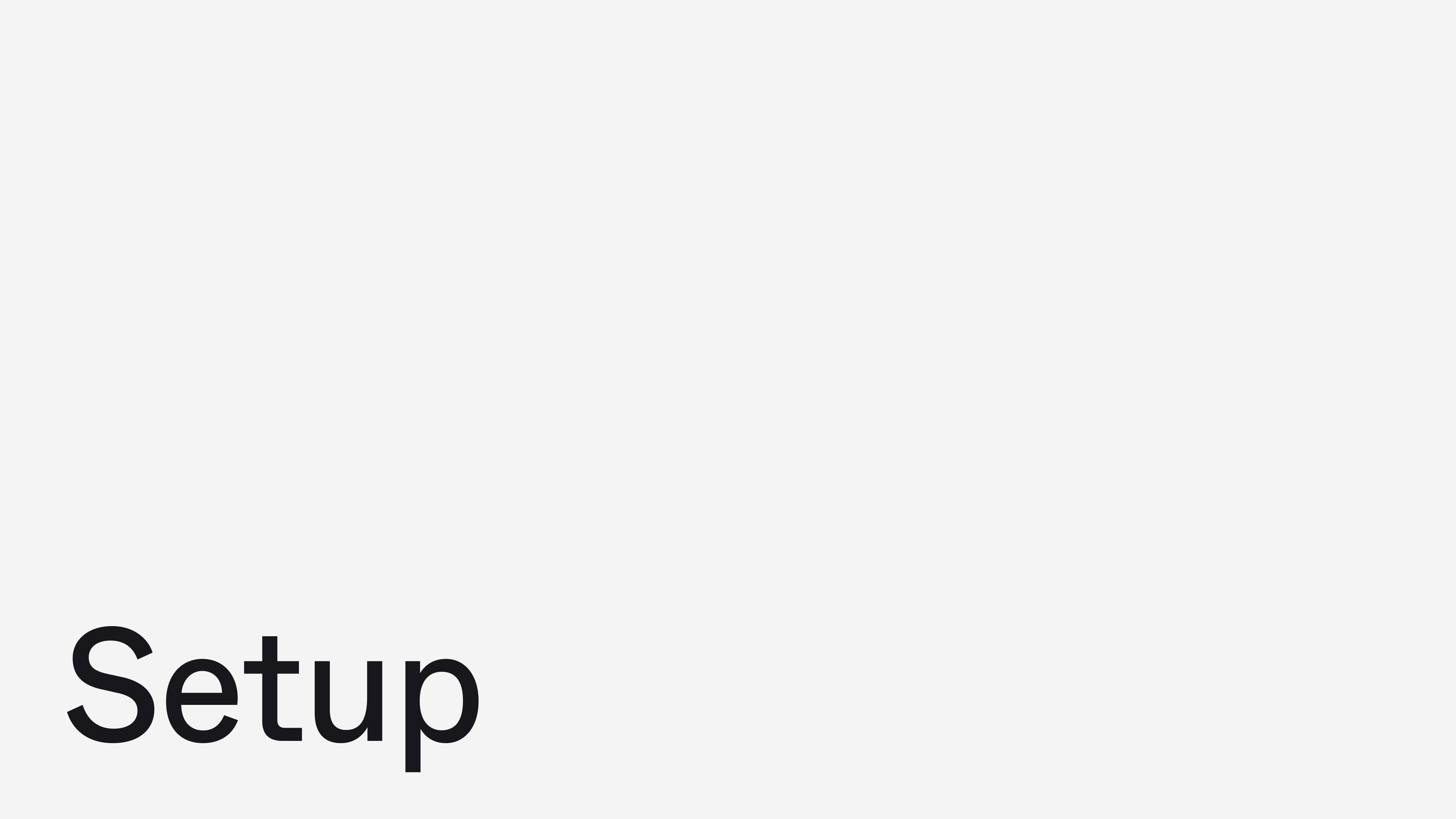

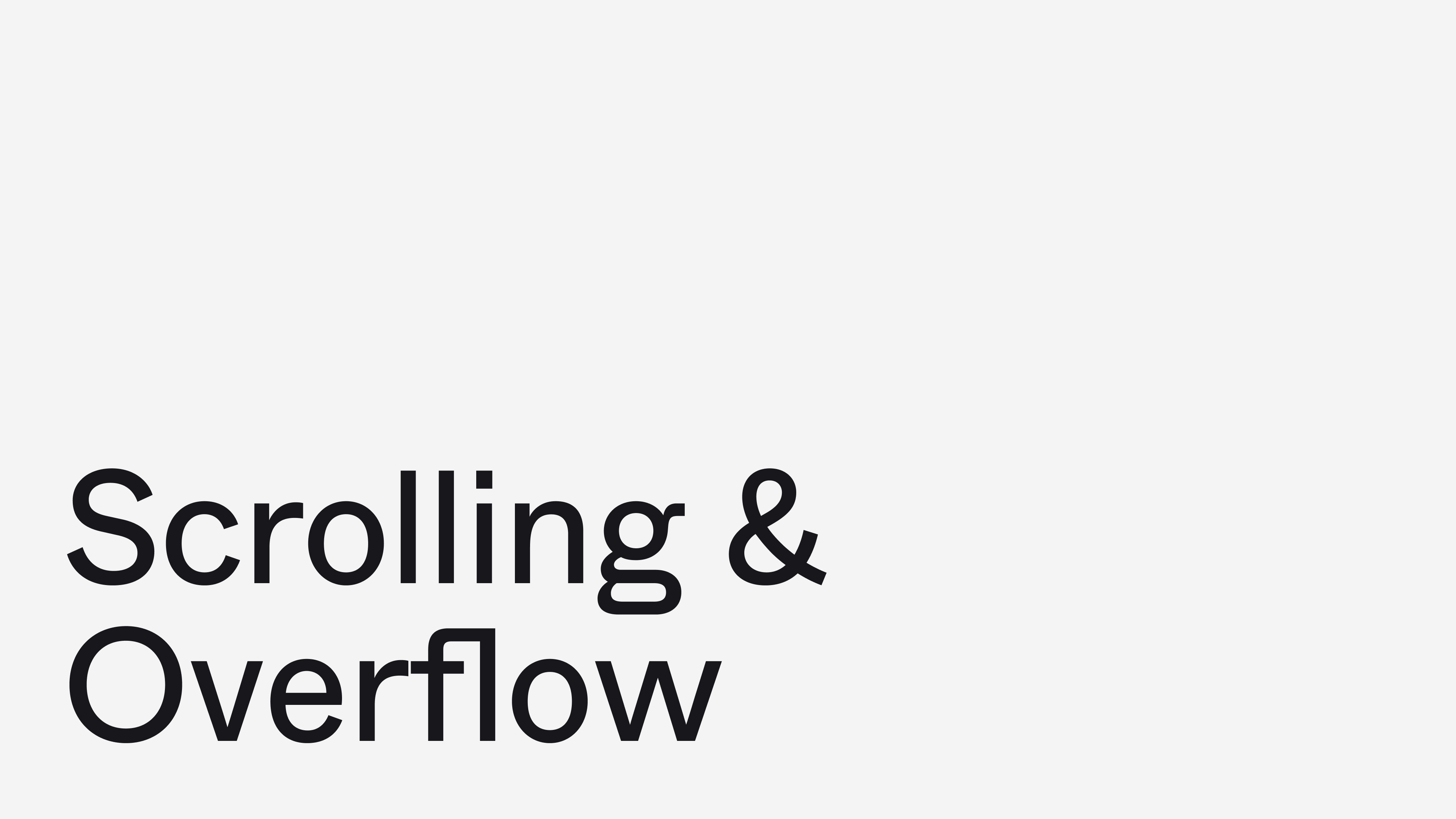



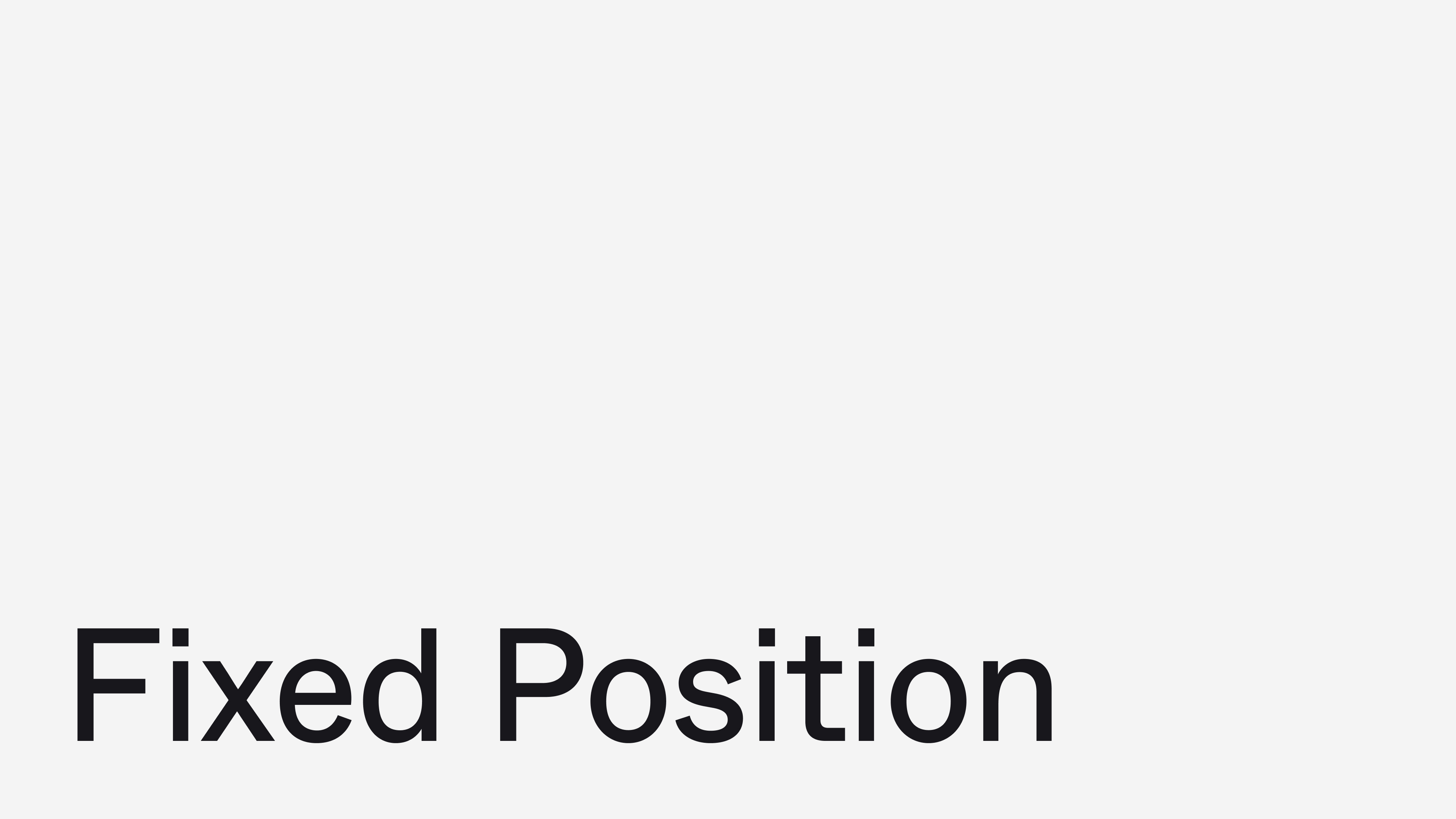

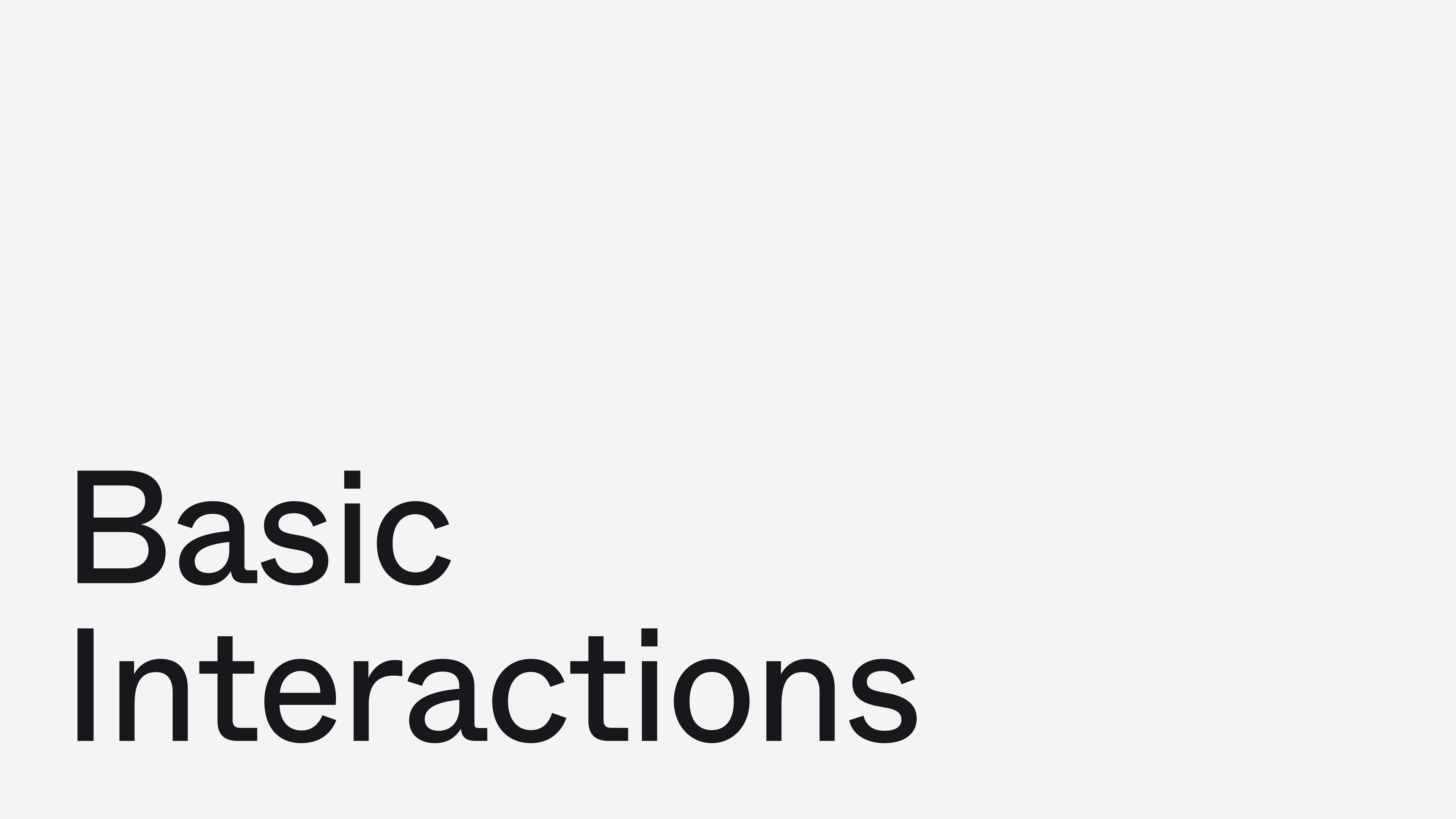



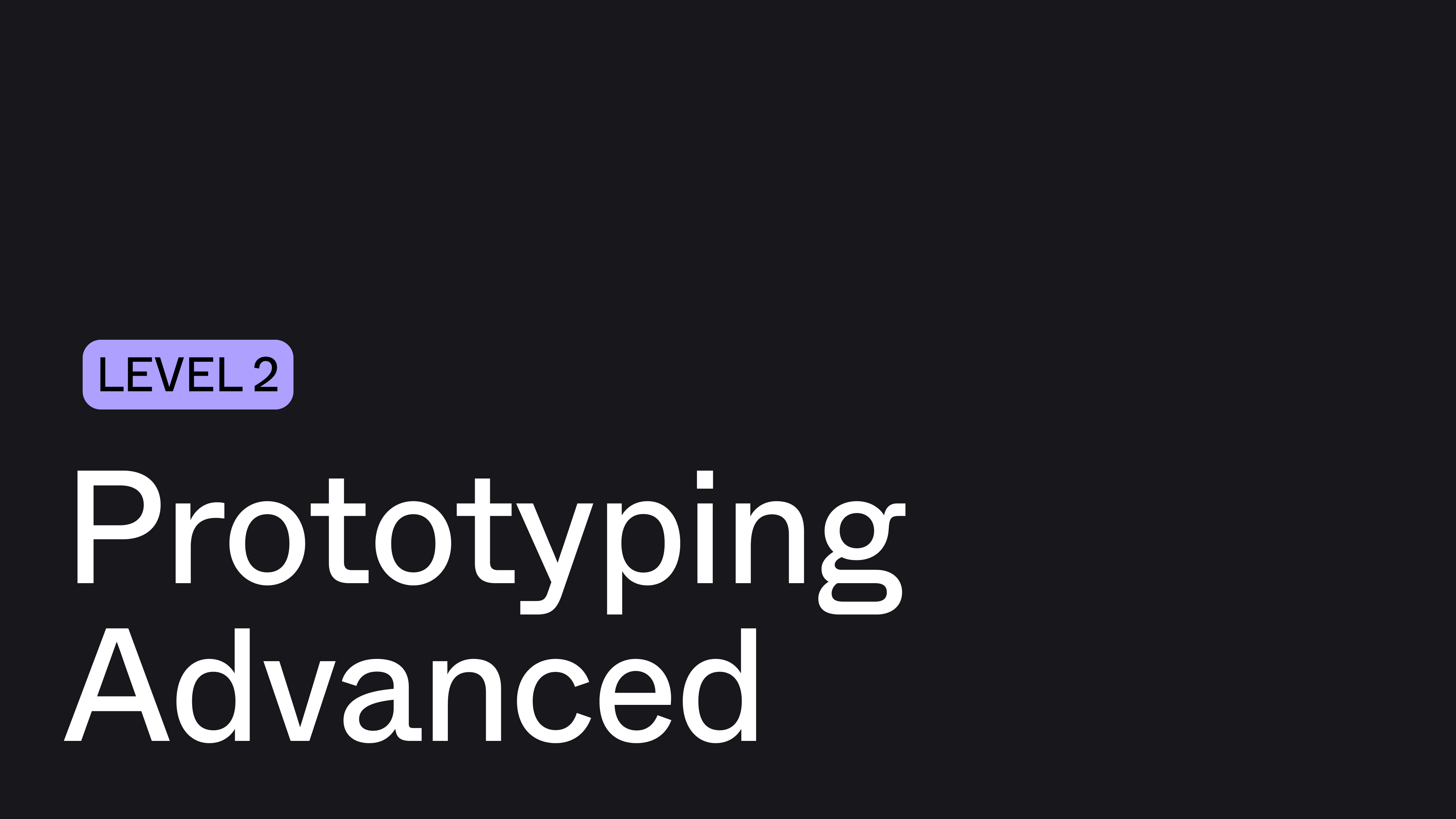

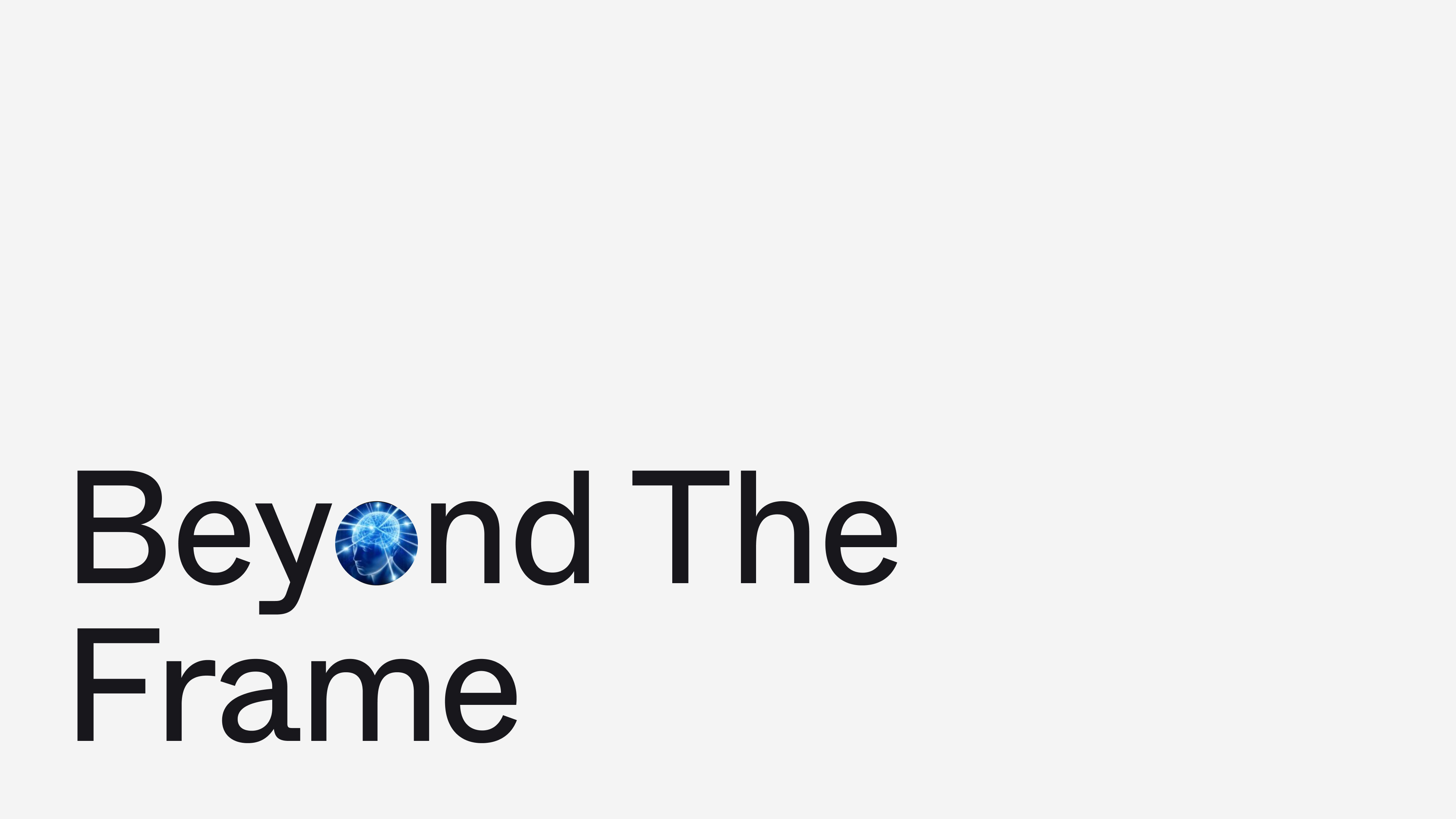
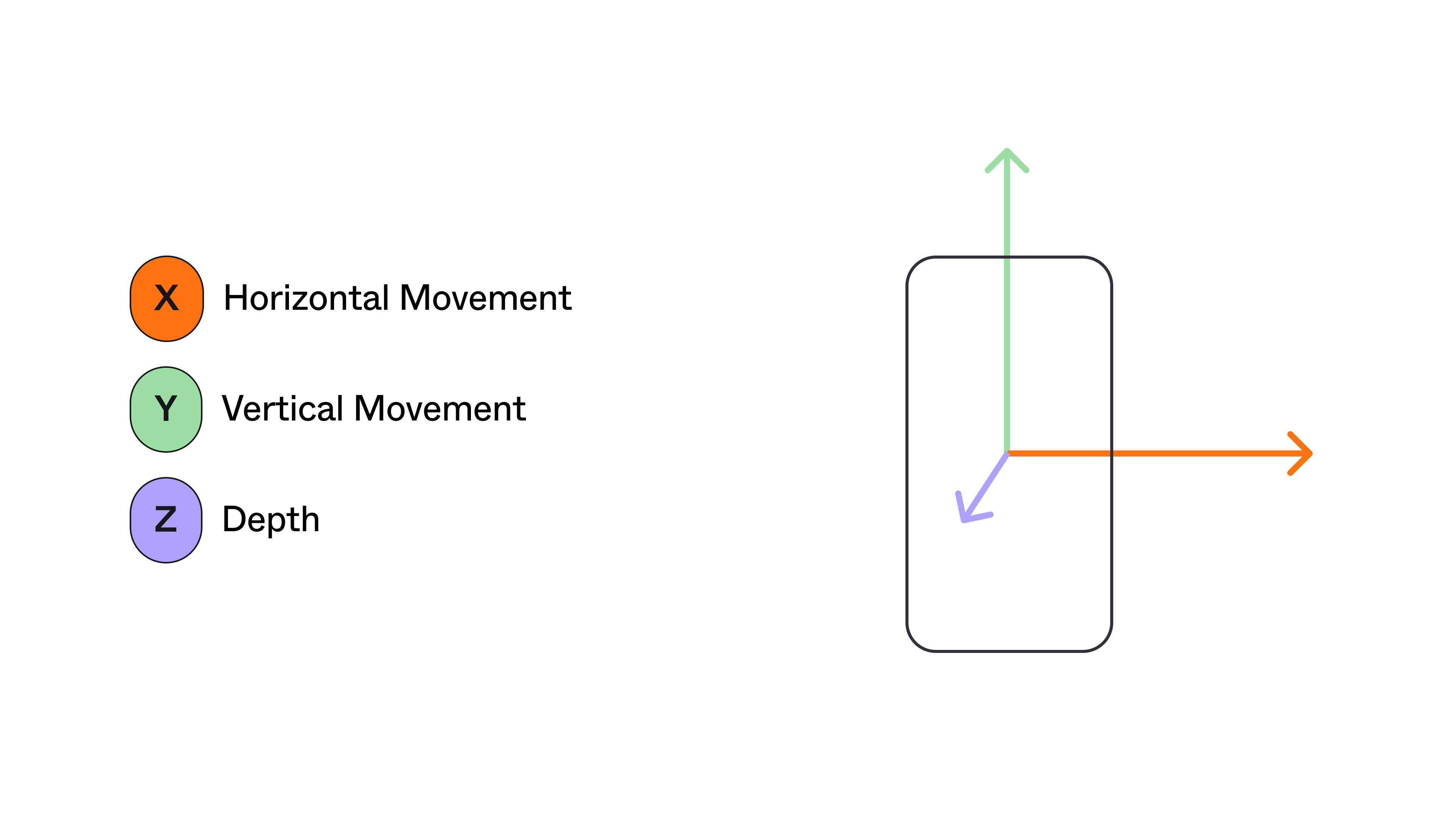
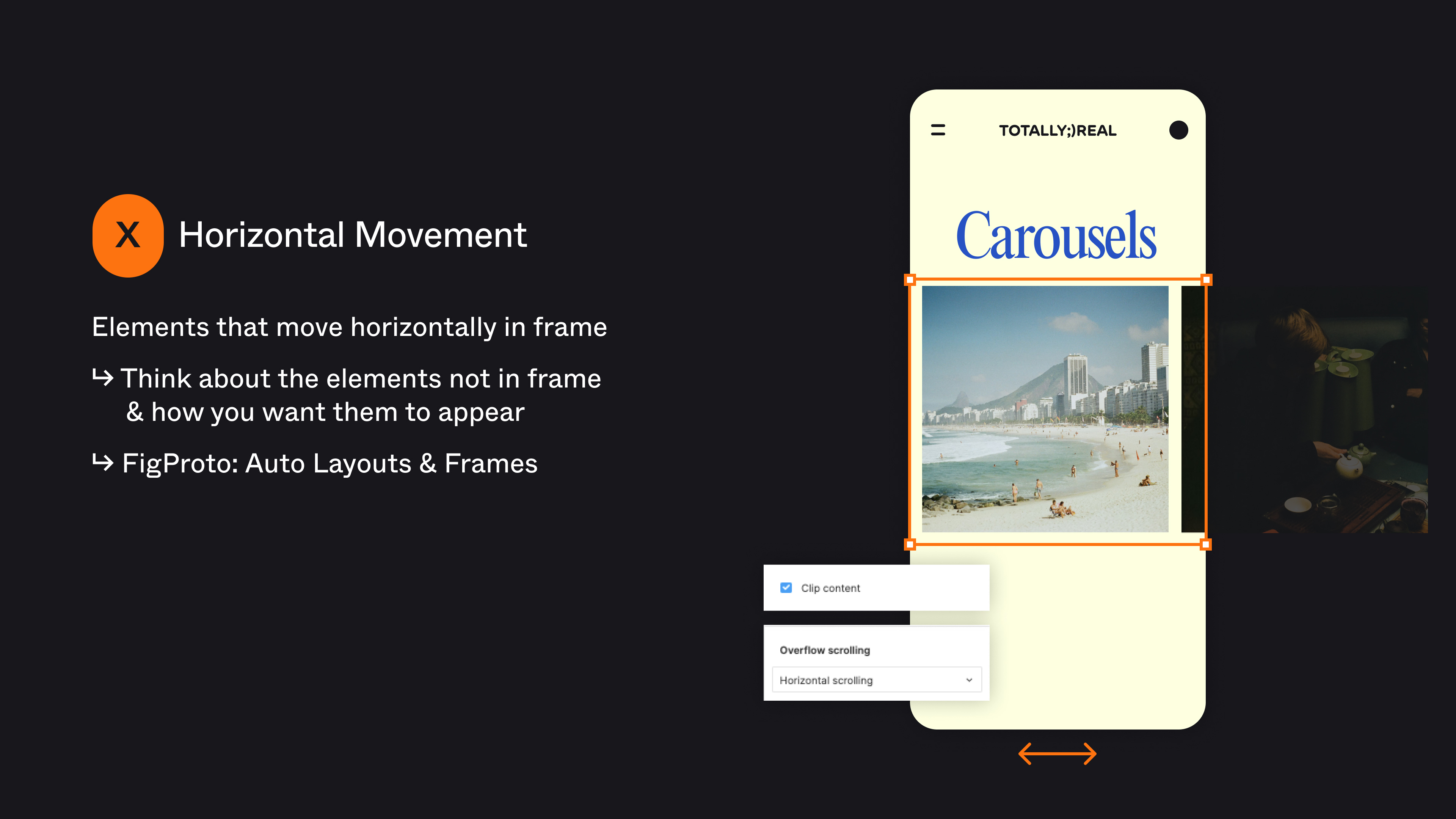
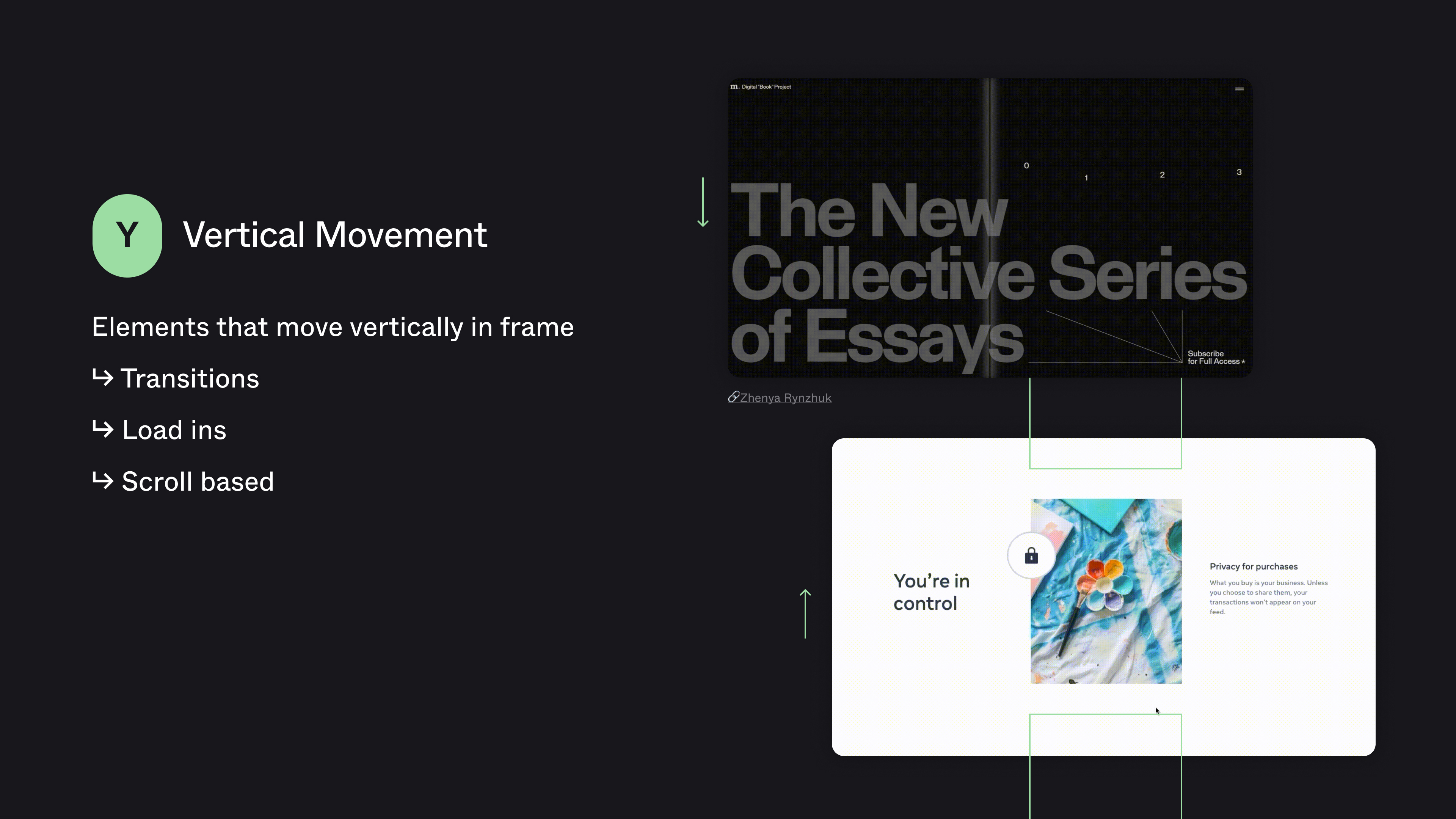
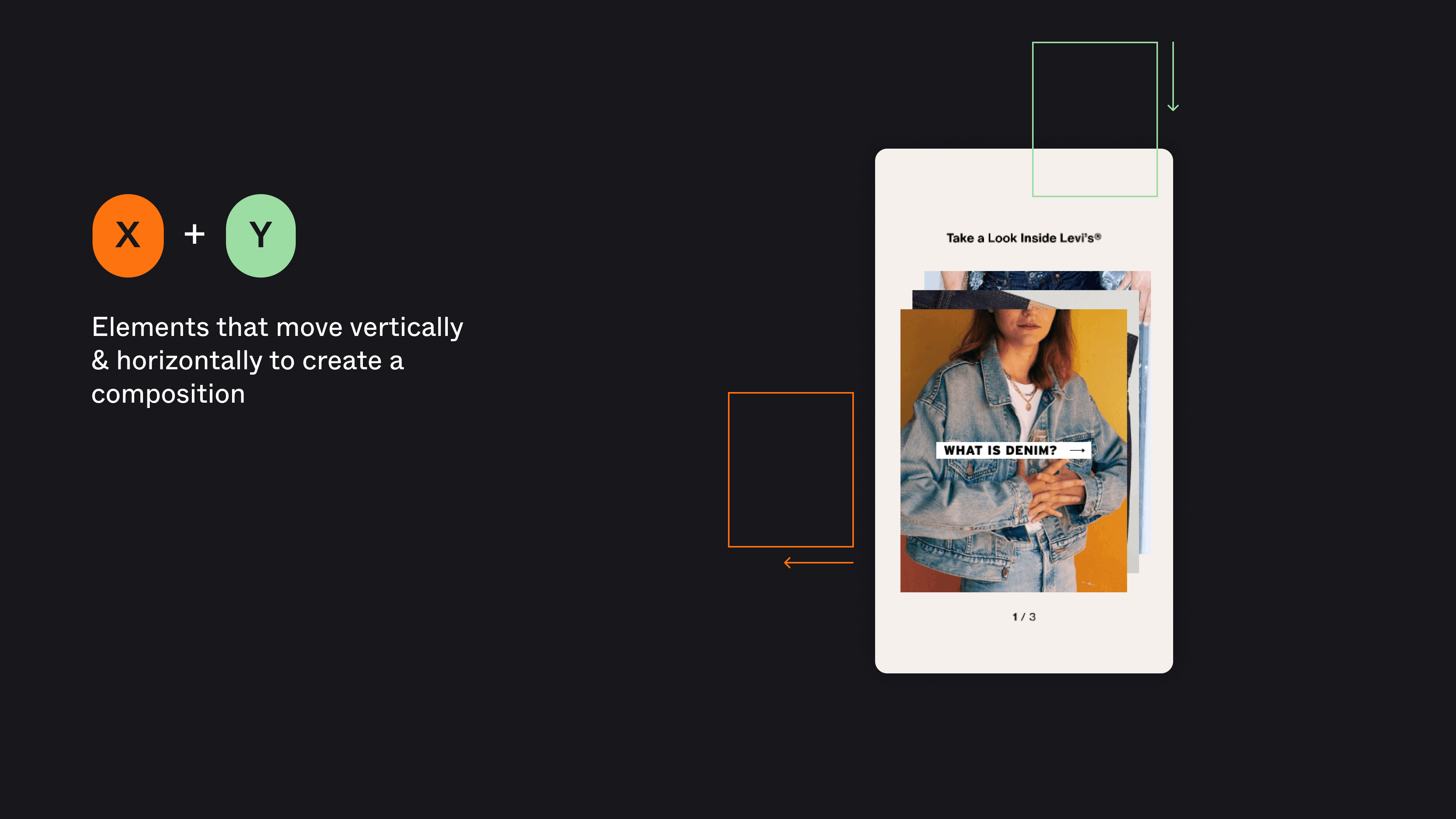
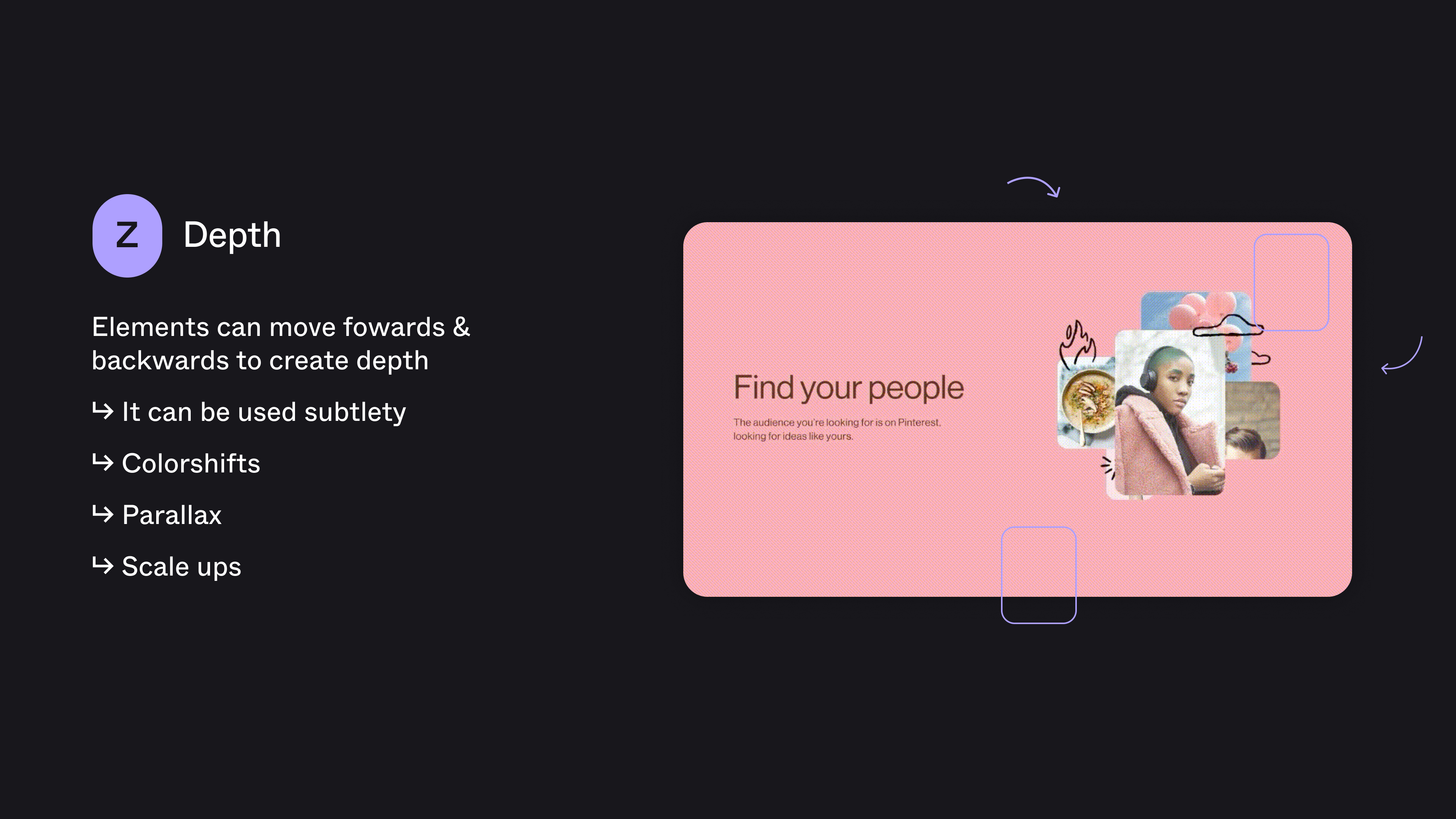
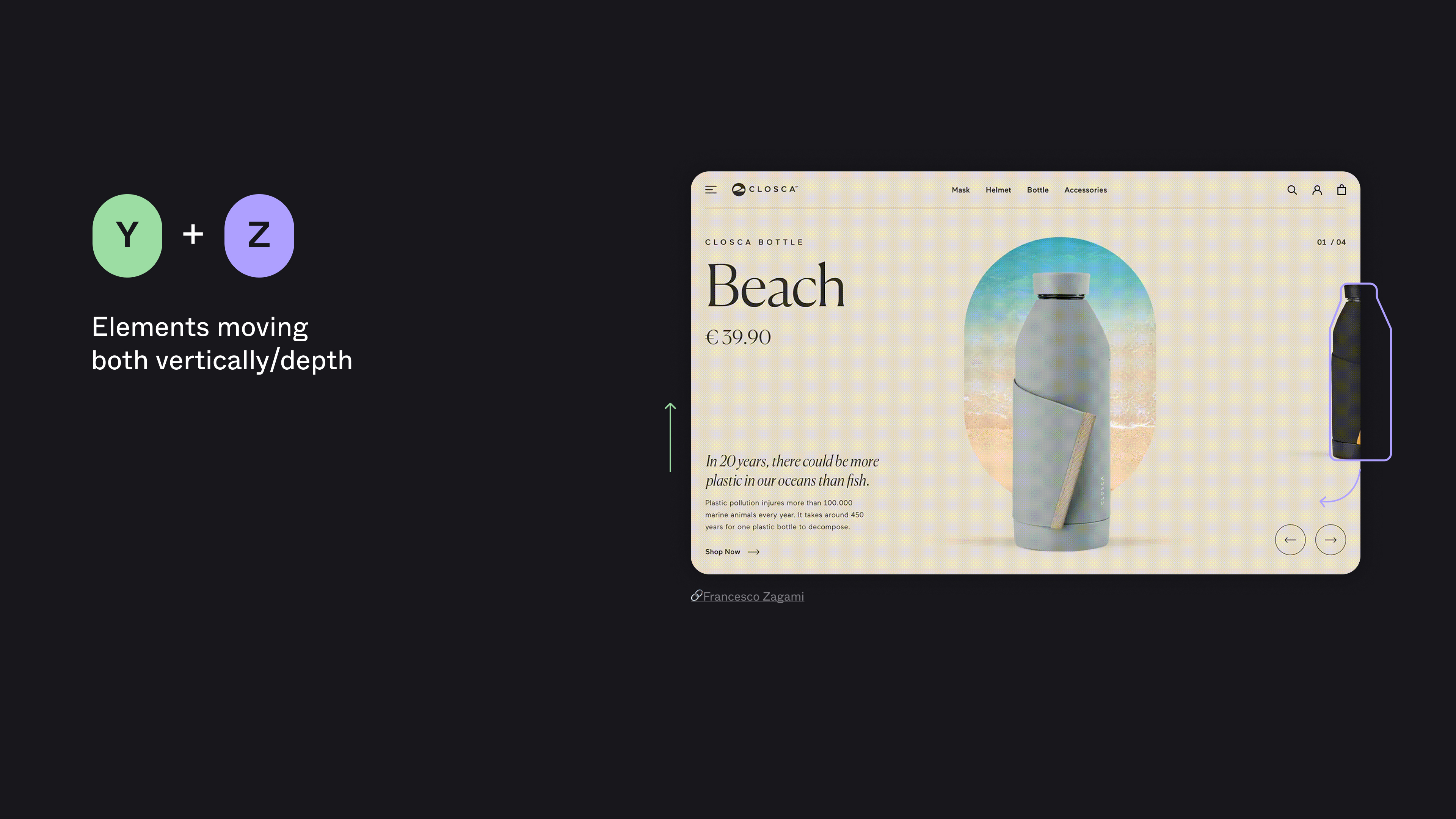
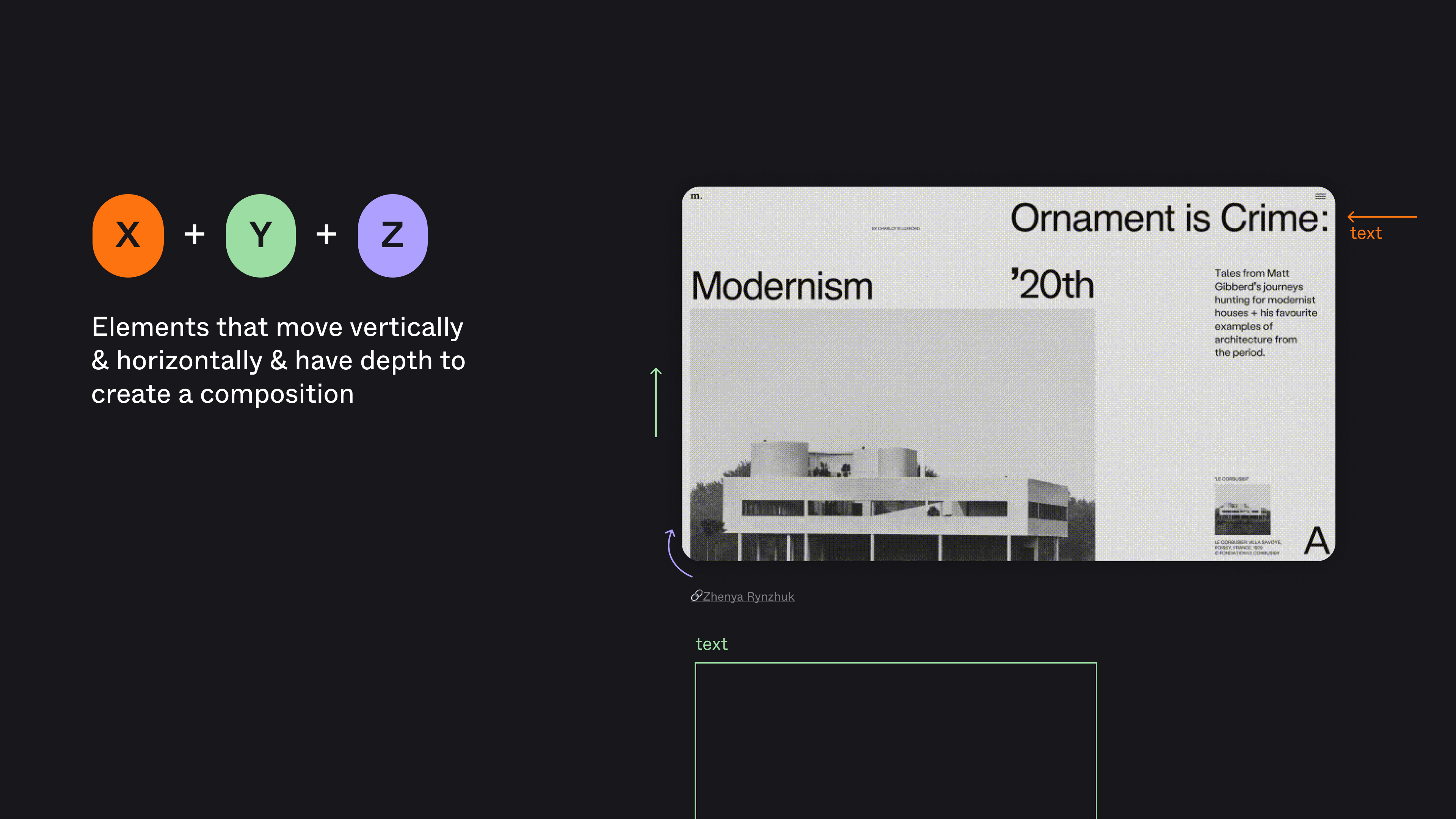
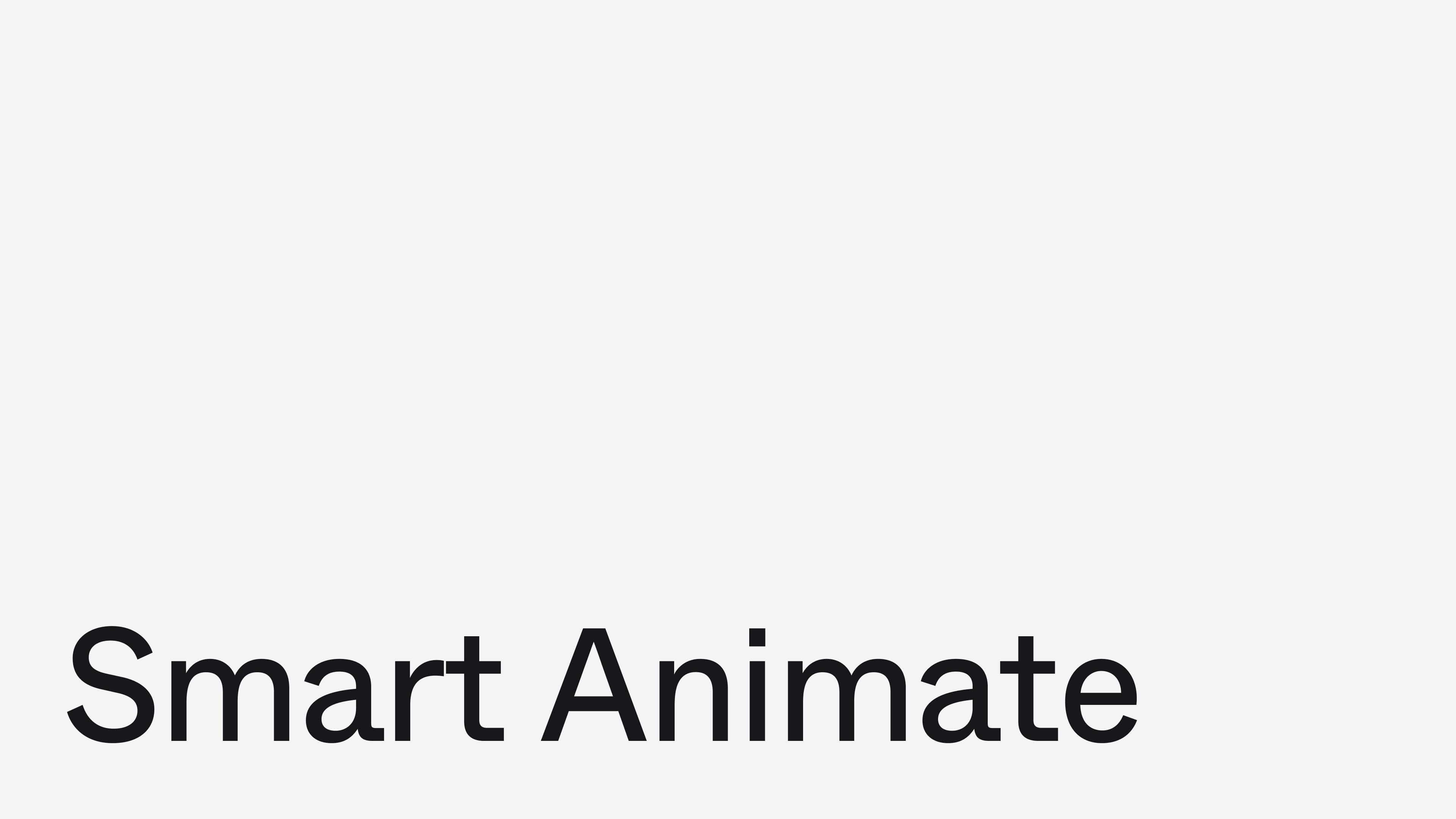
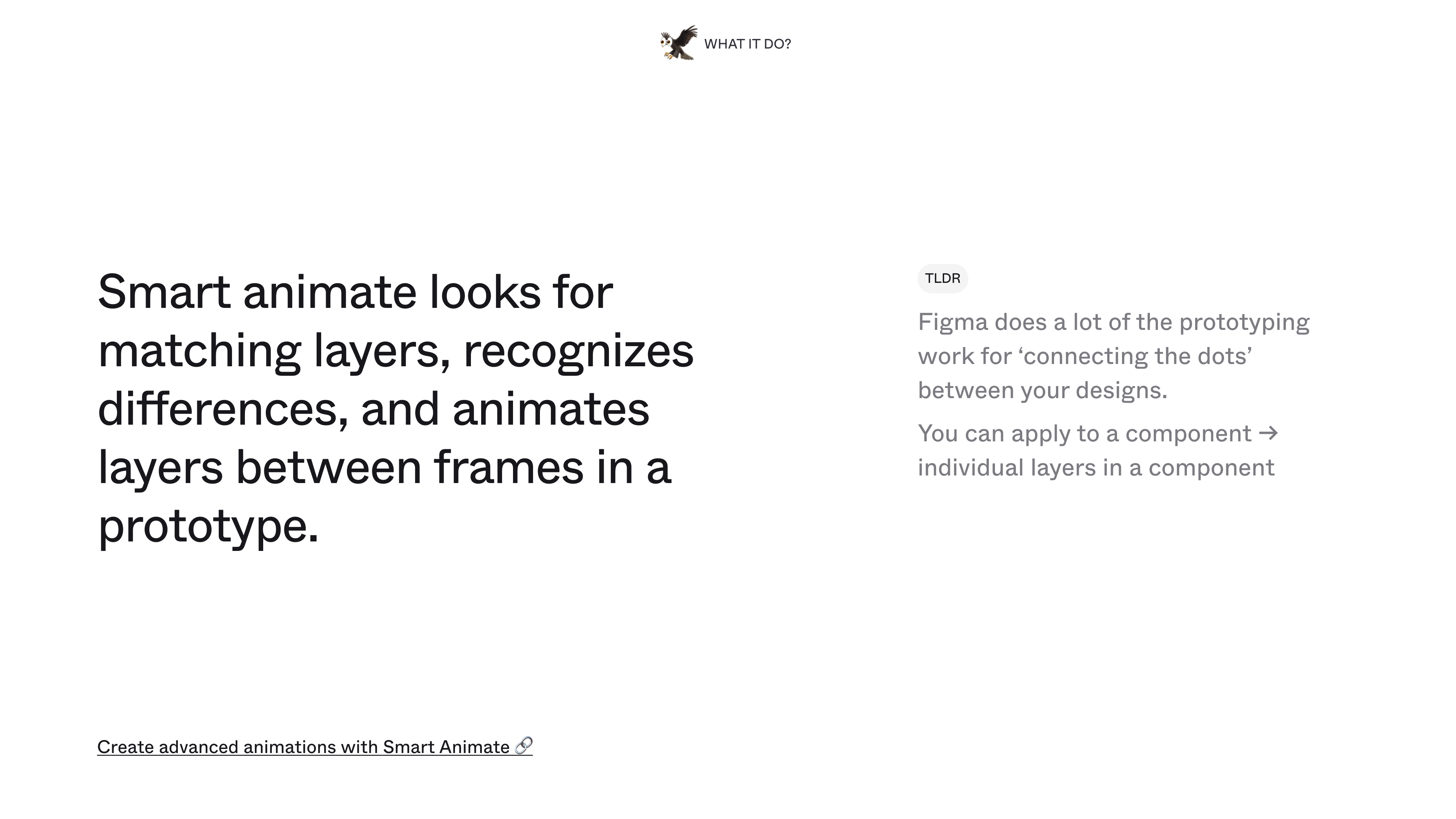
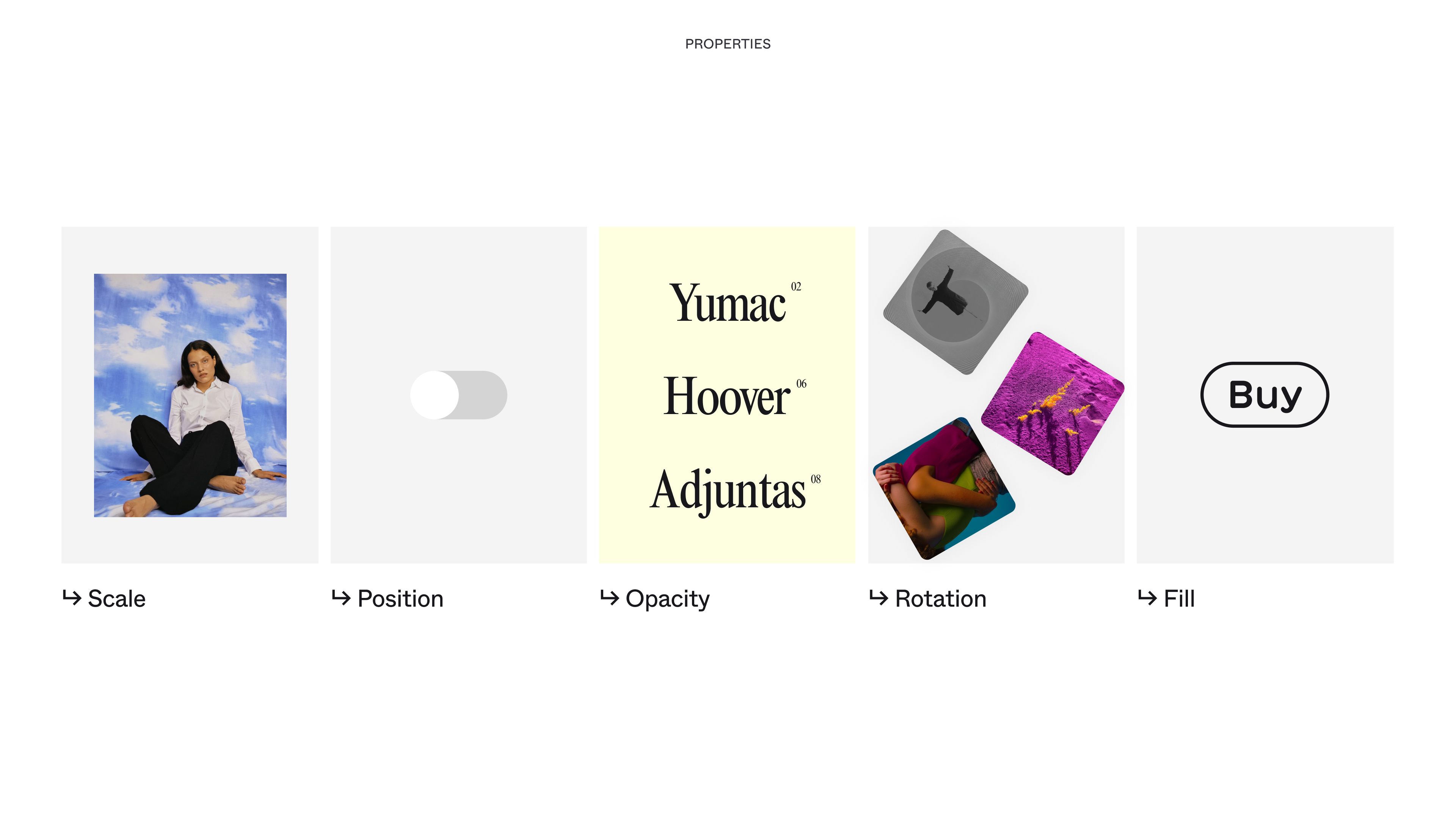
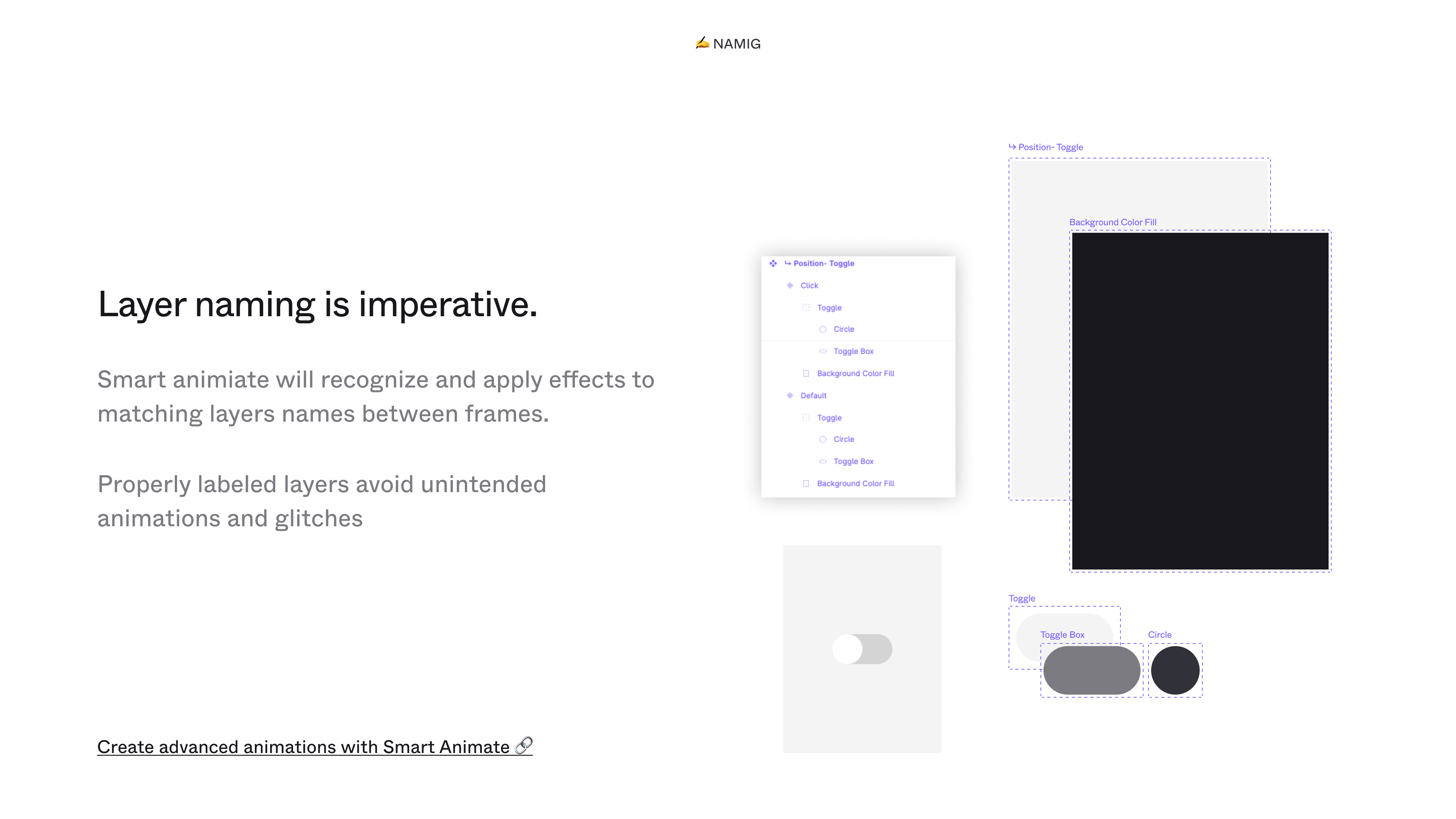
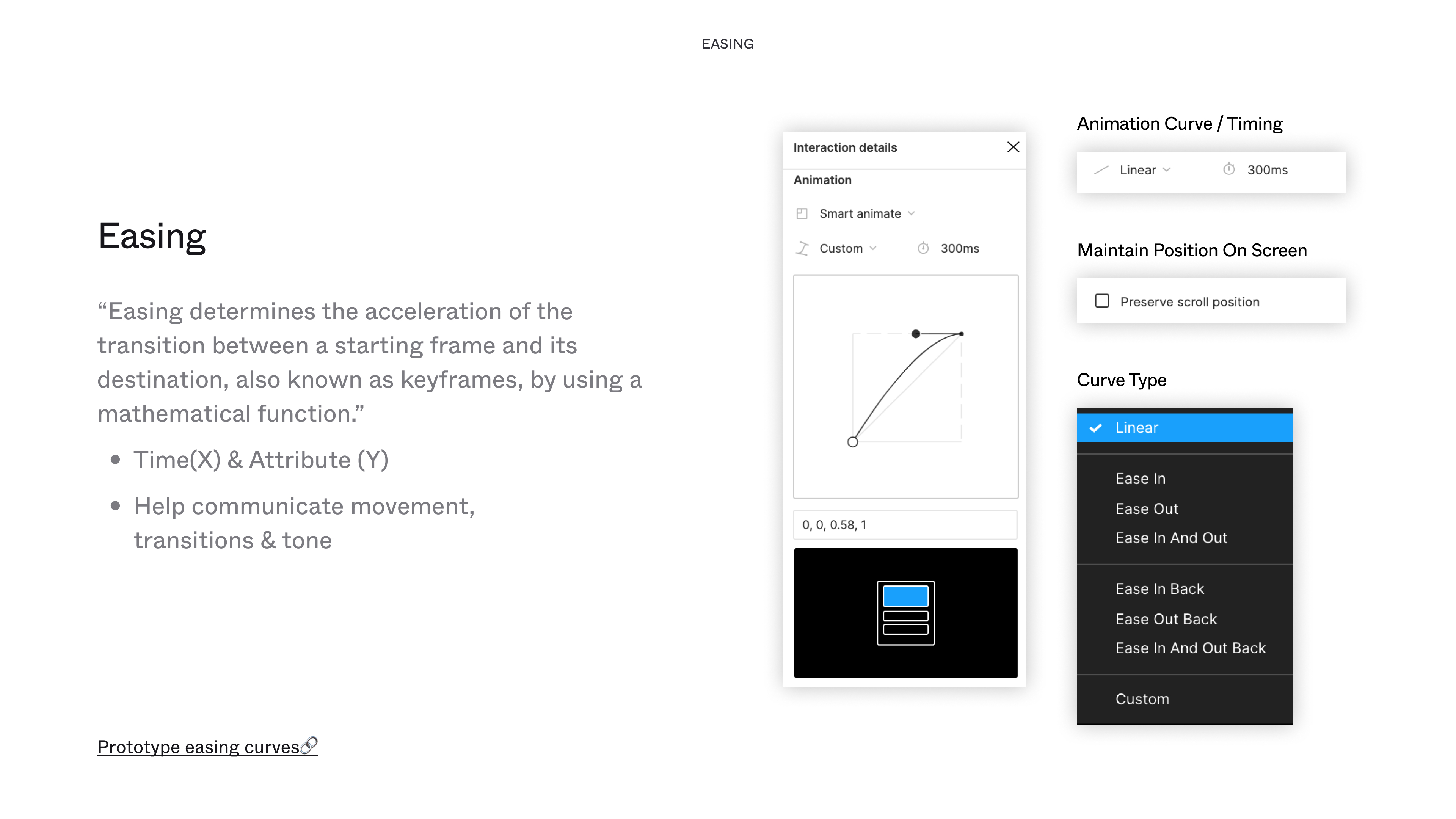
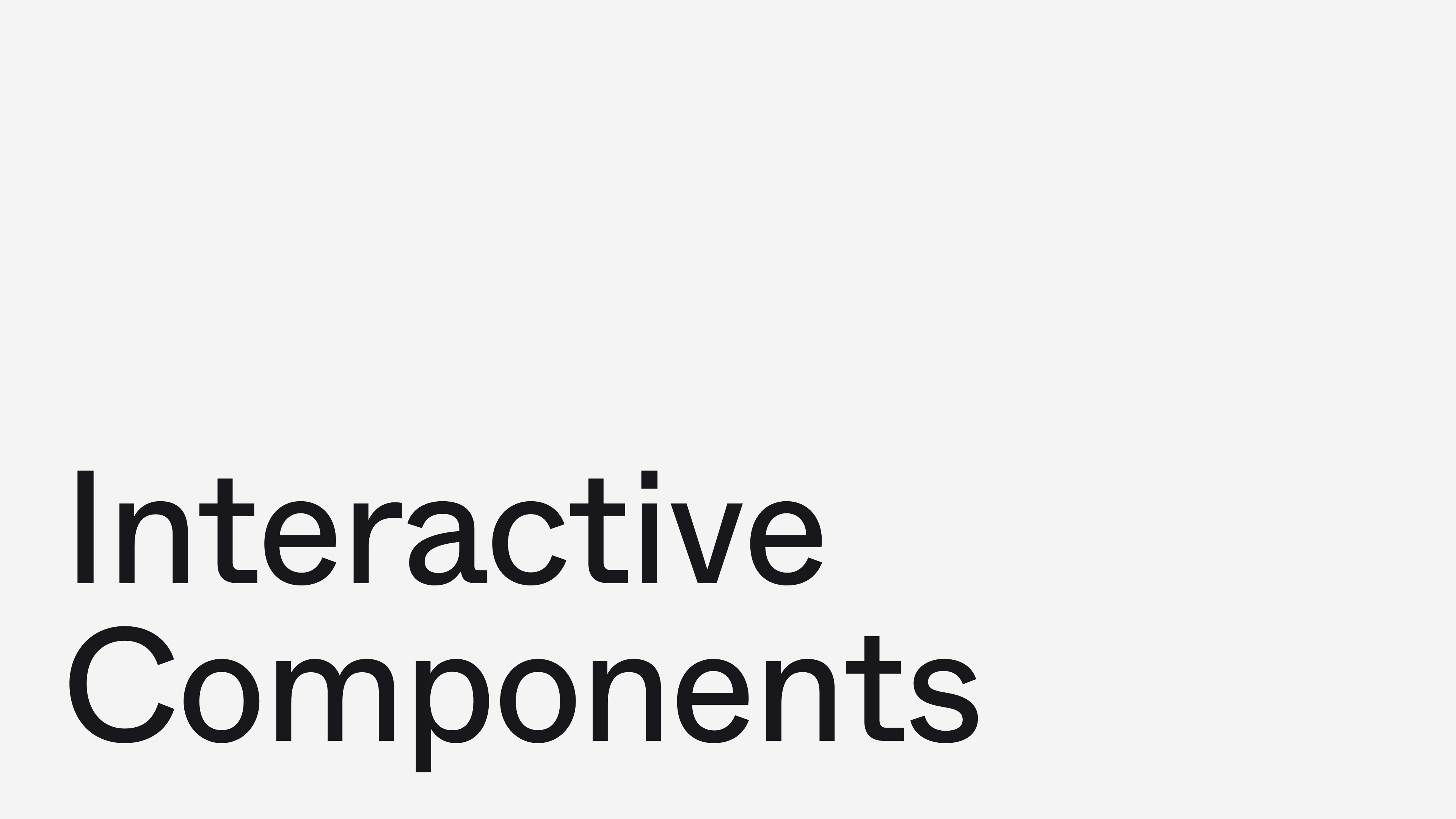
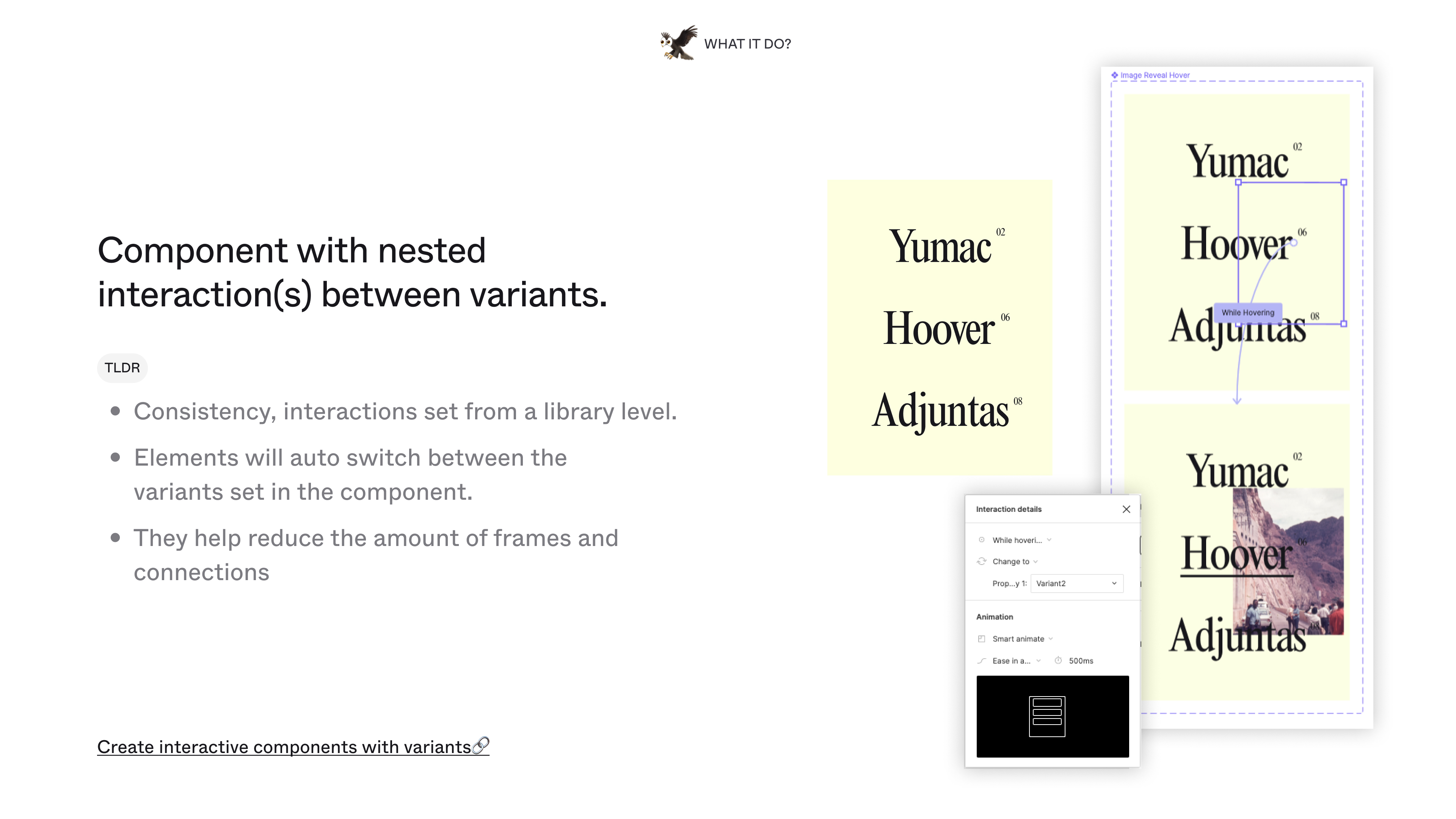
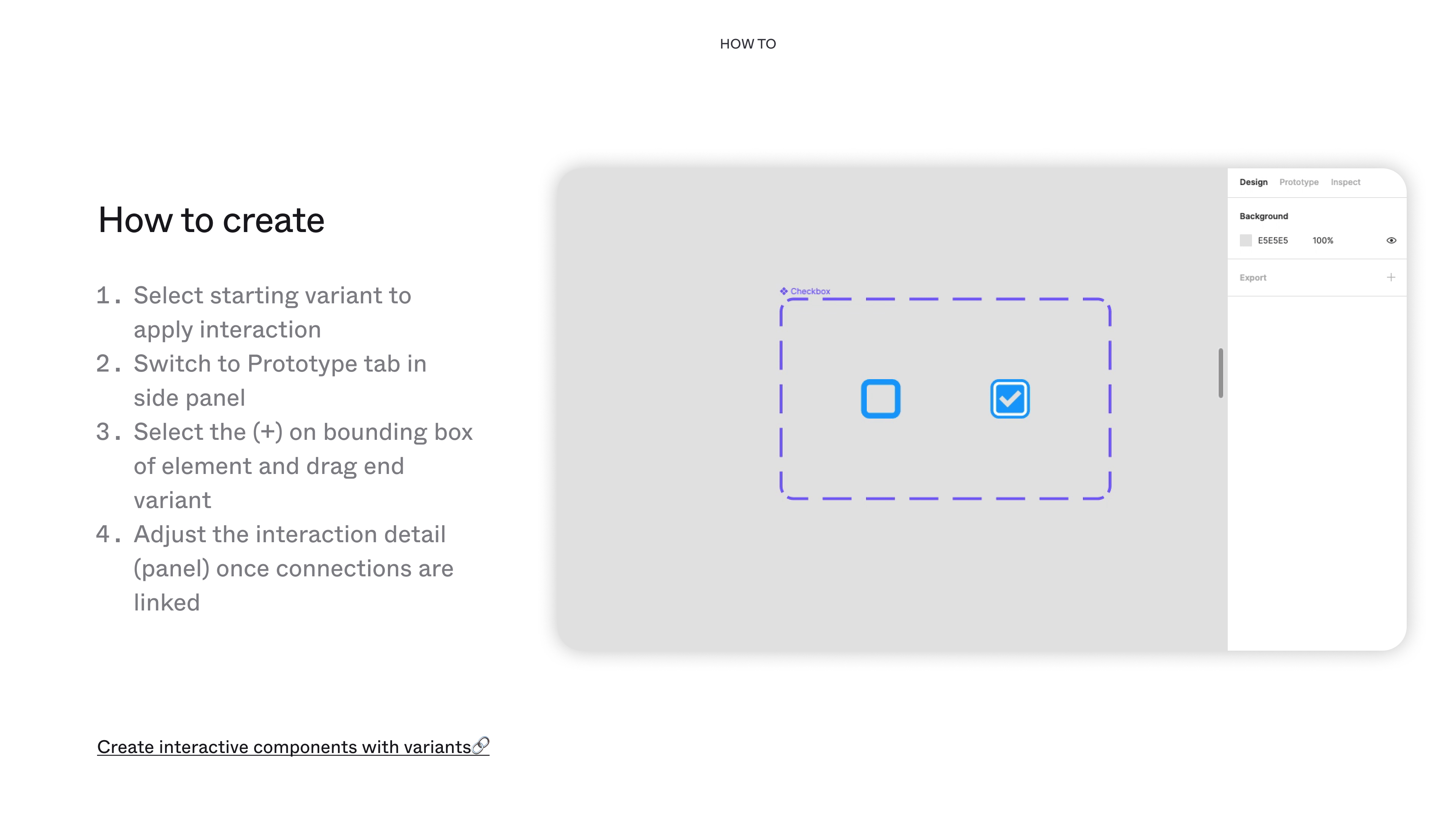
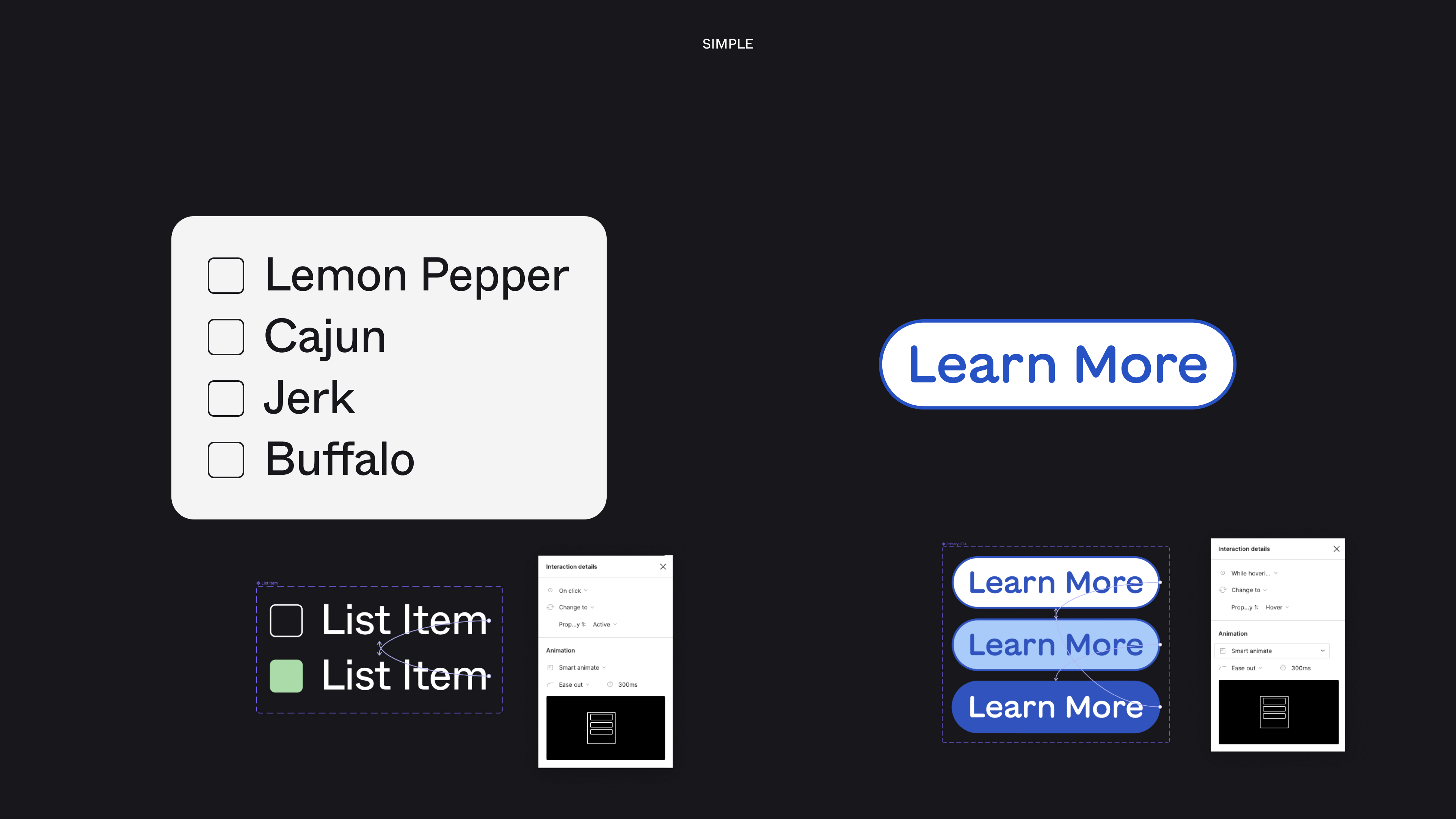
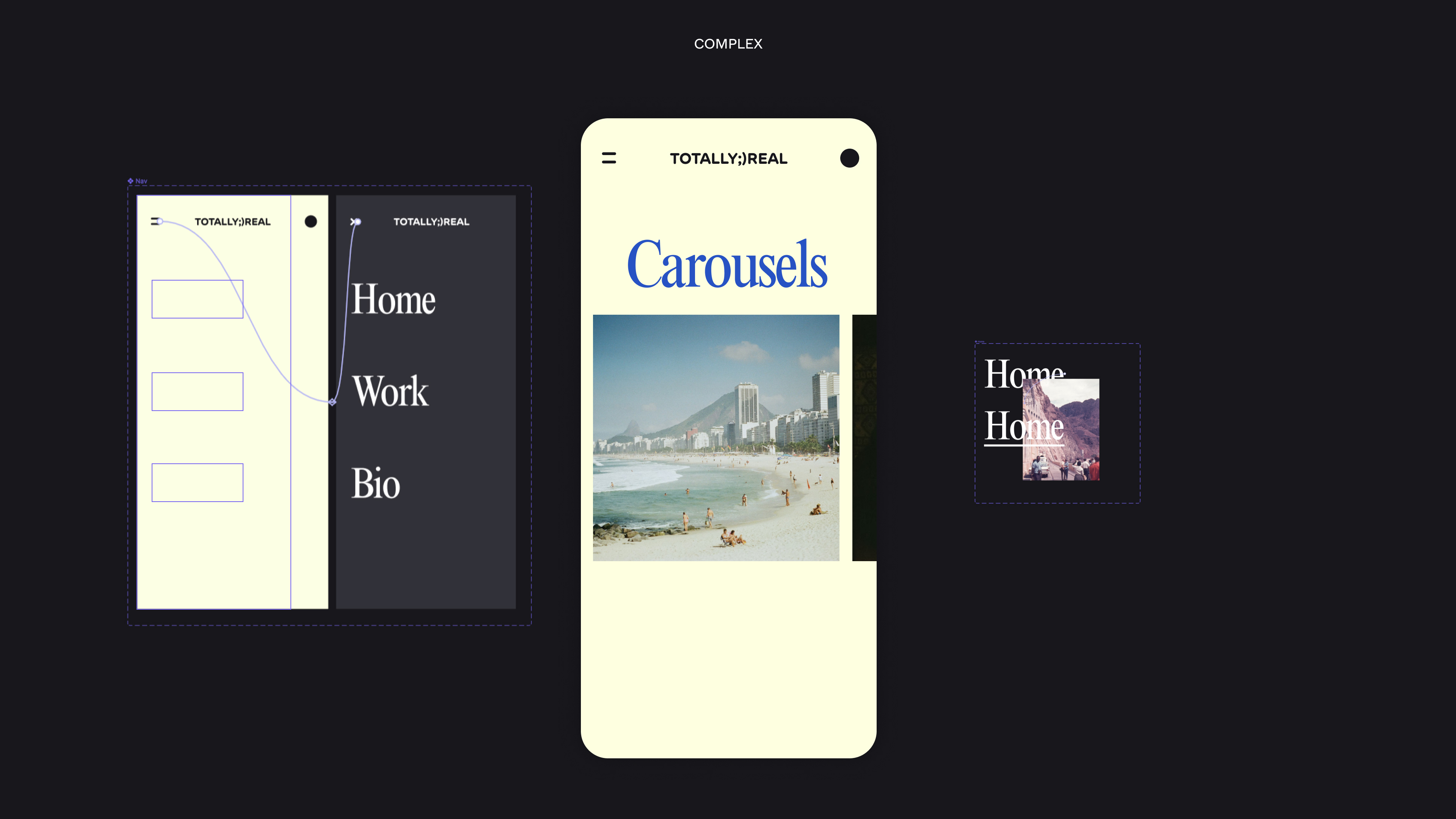
Class Figma Setup ︎︎︎
Snapshots of Student Work ︎︎︎
Snapshots of Student Work ︎︎︎
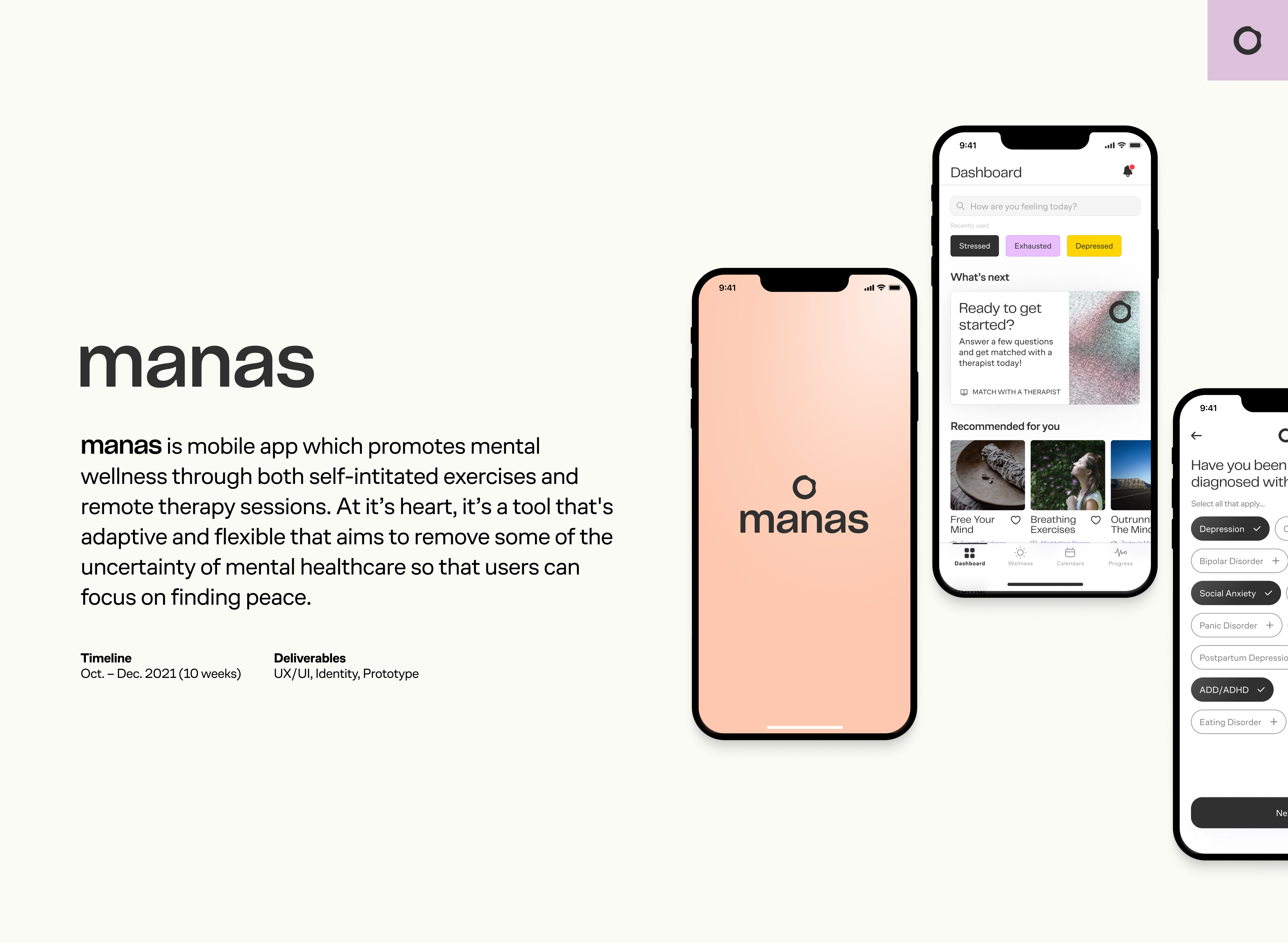
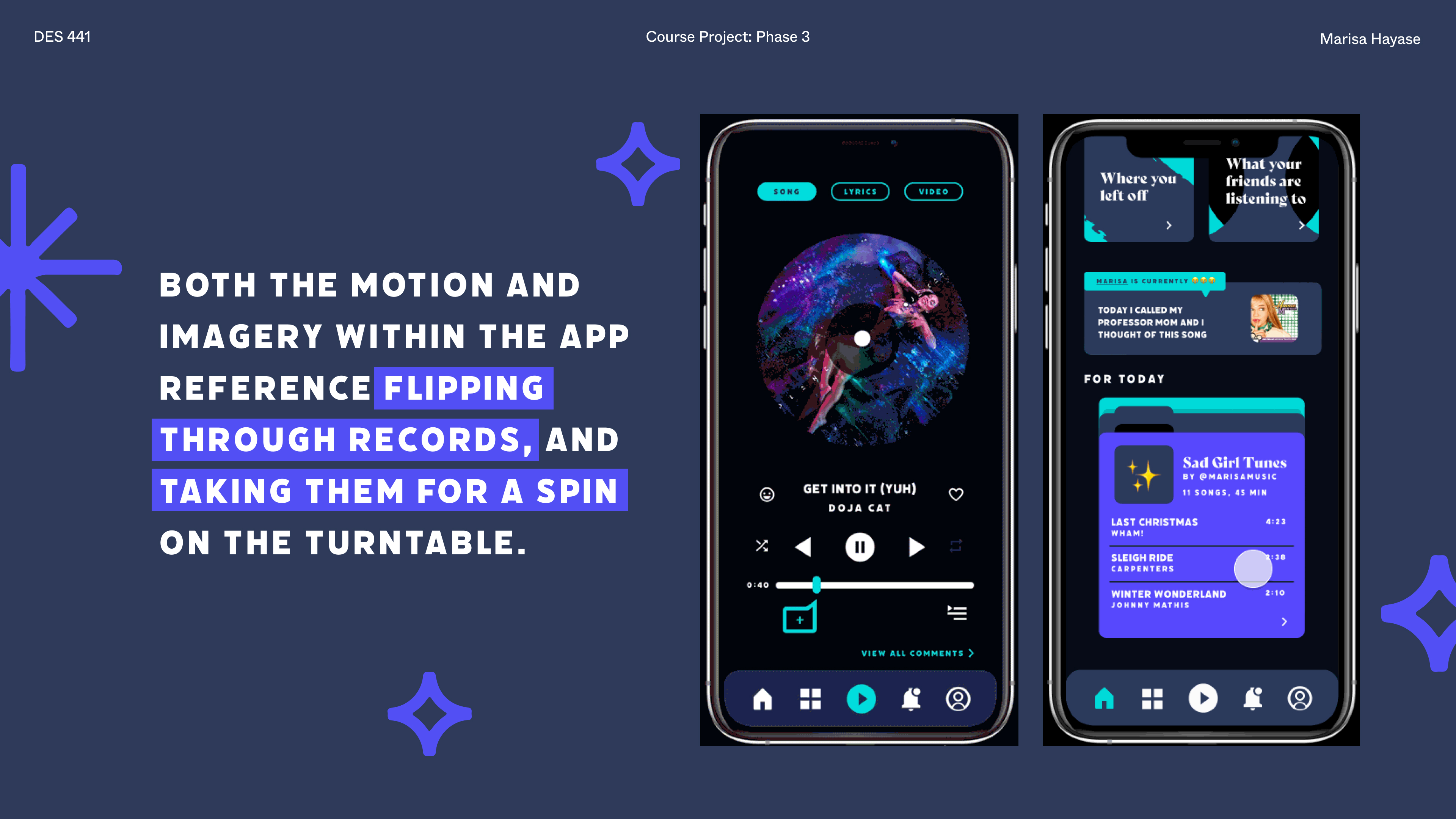
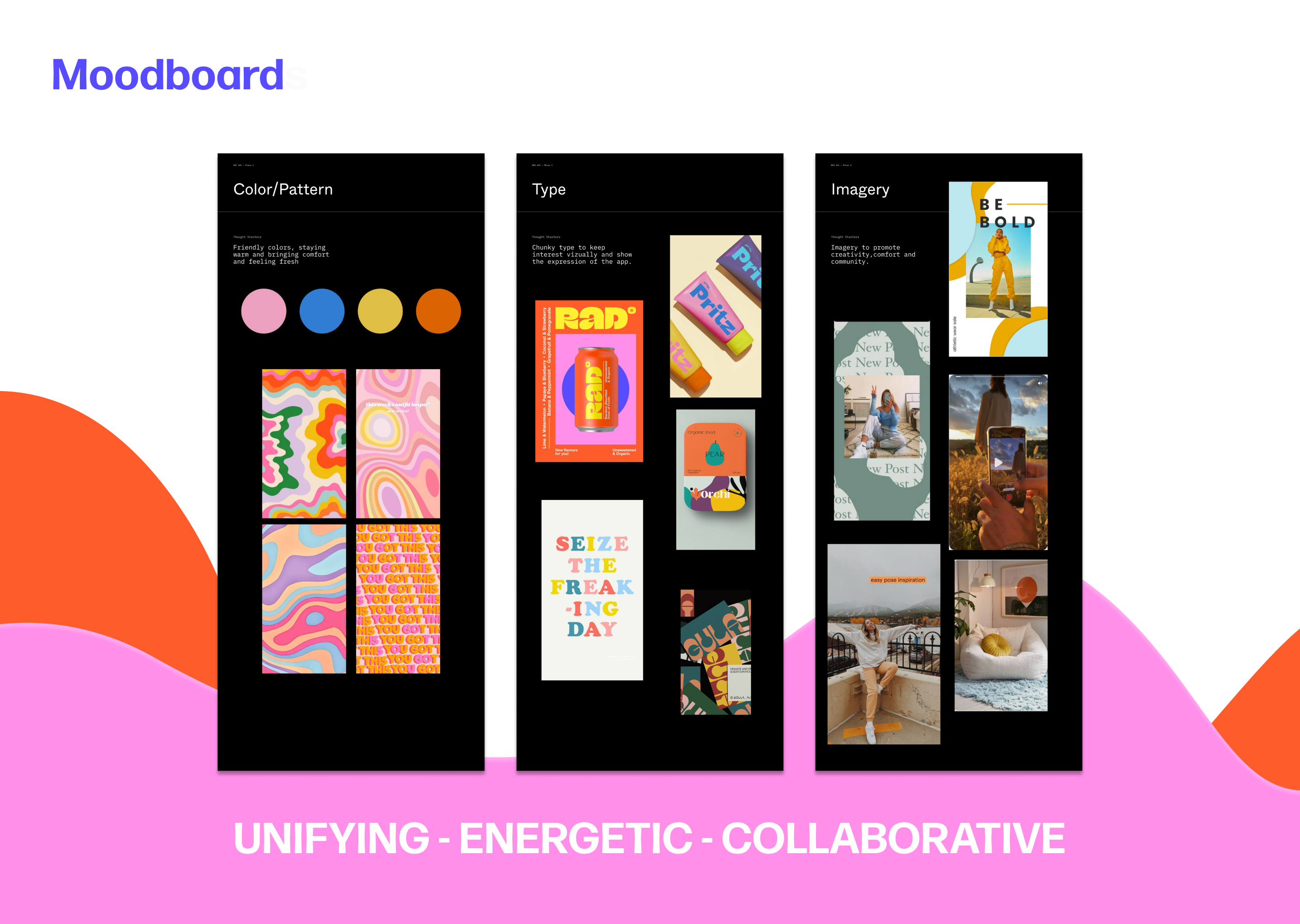
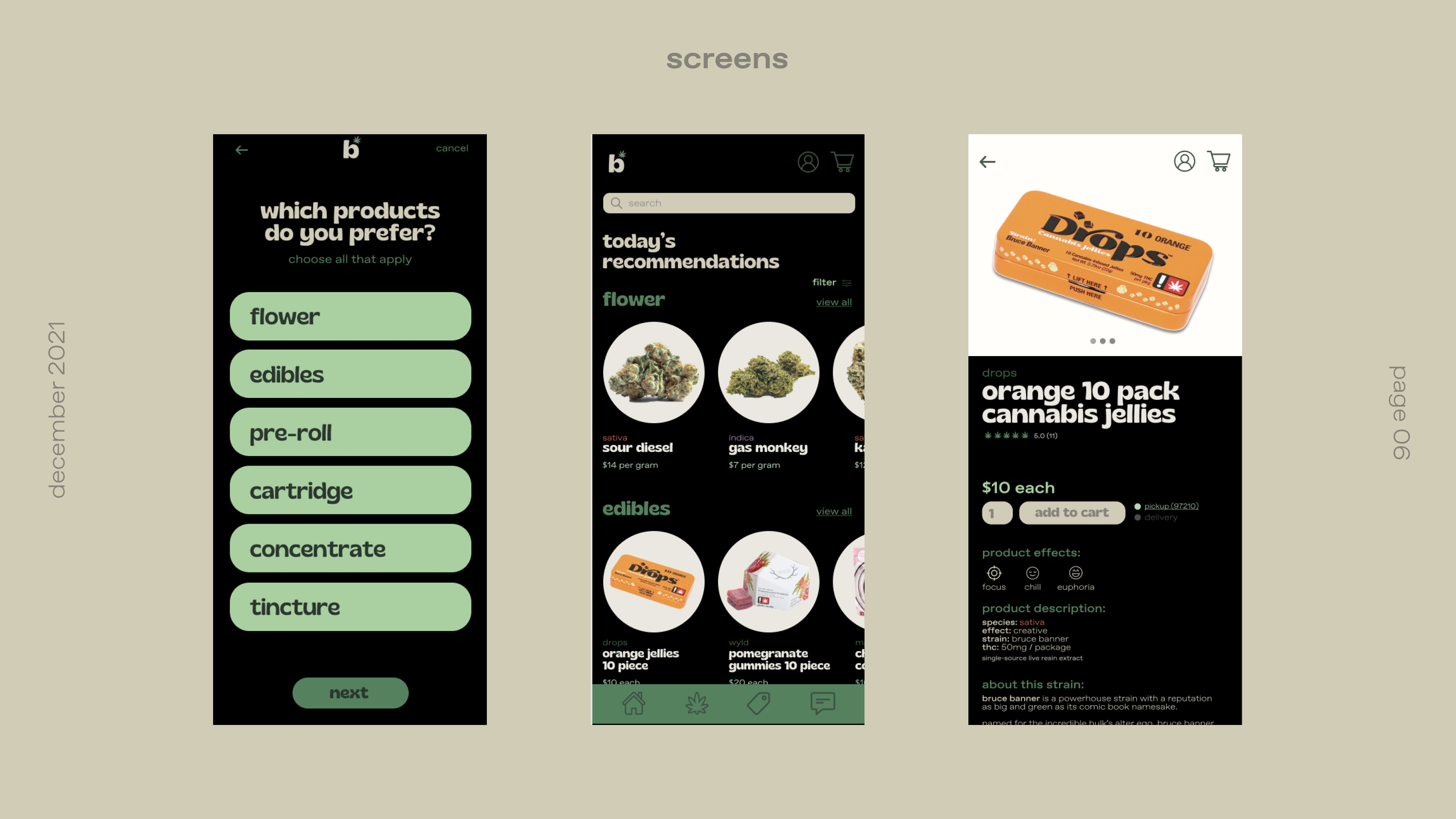
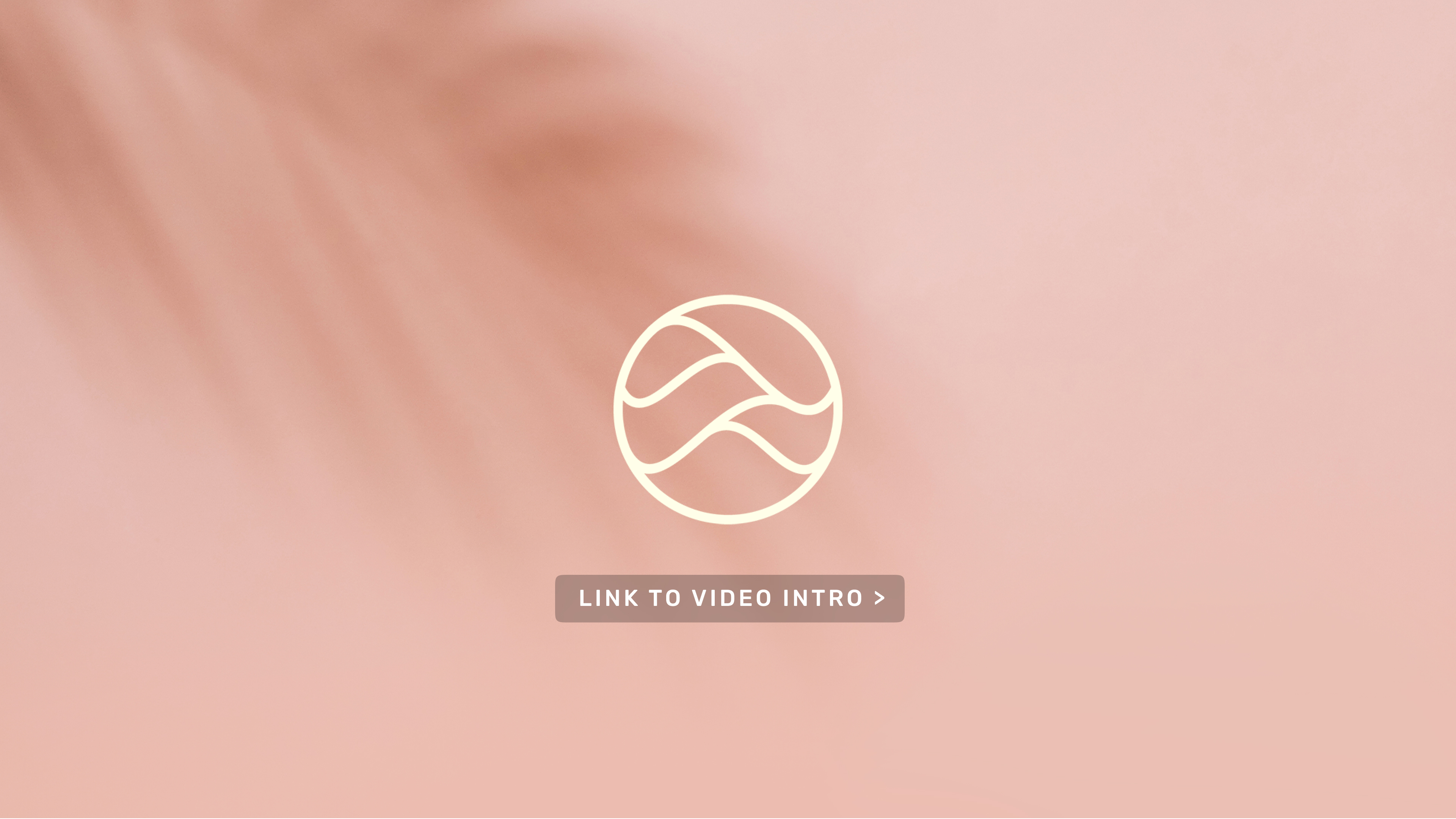
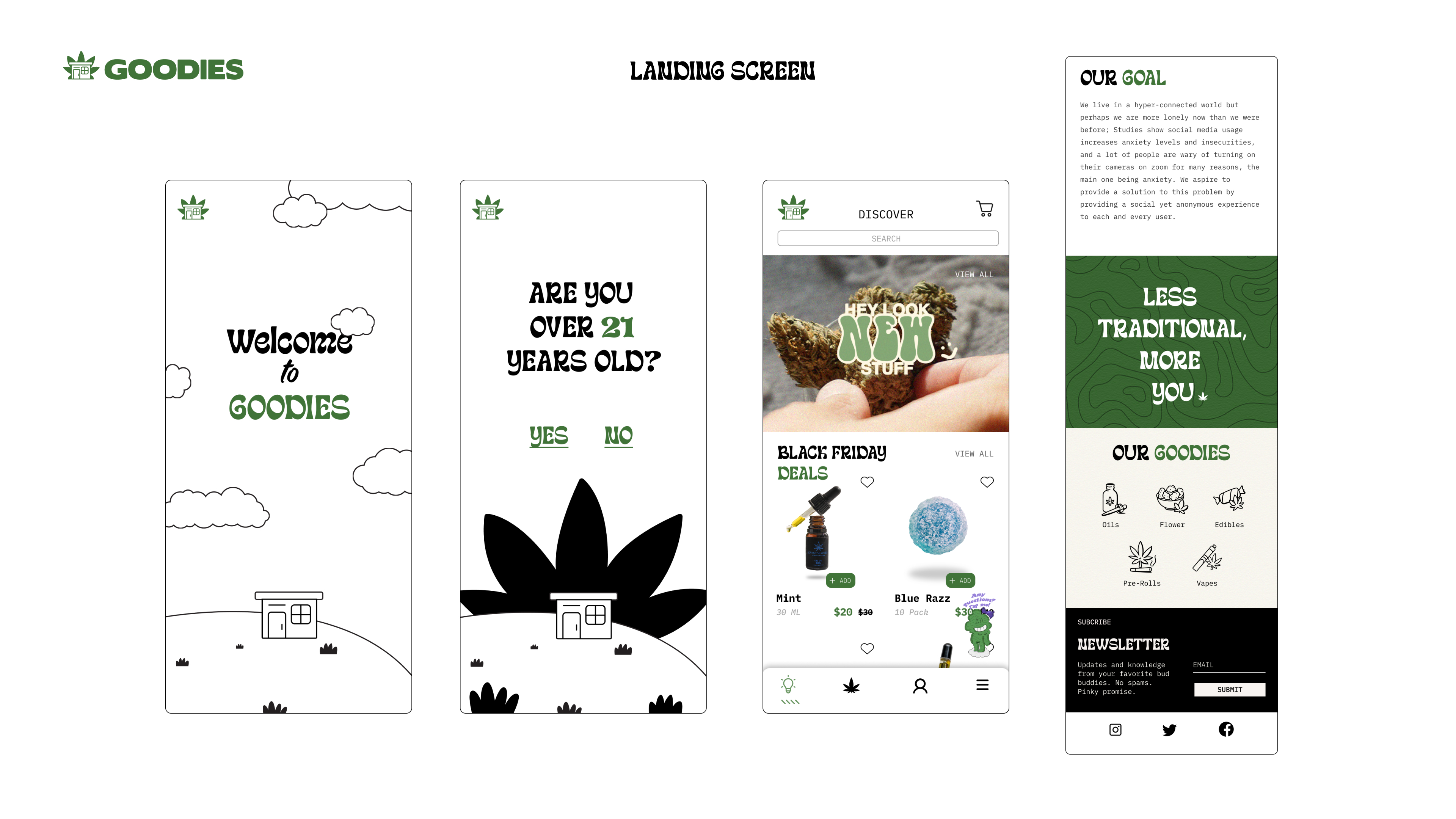
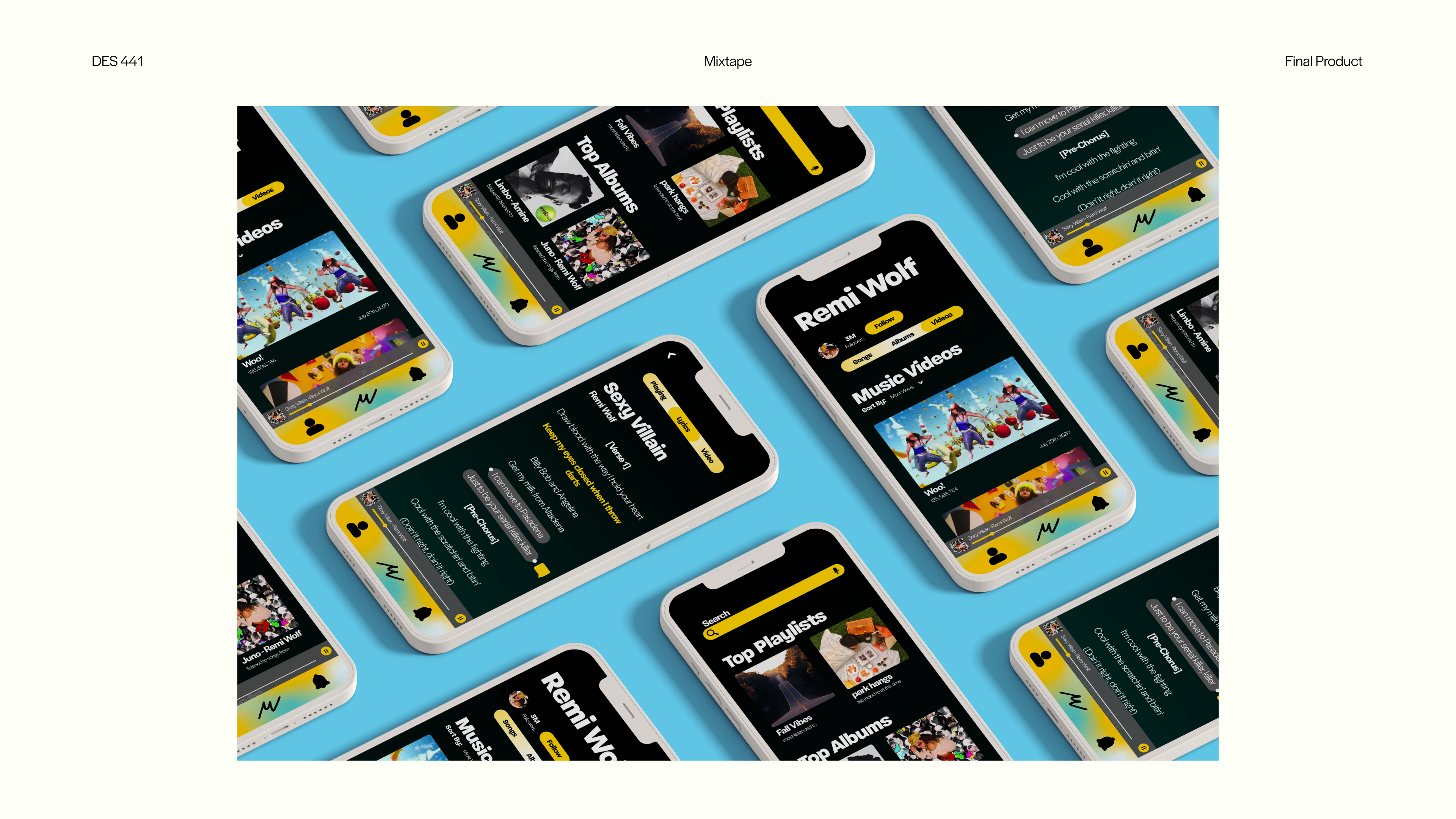
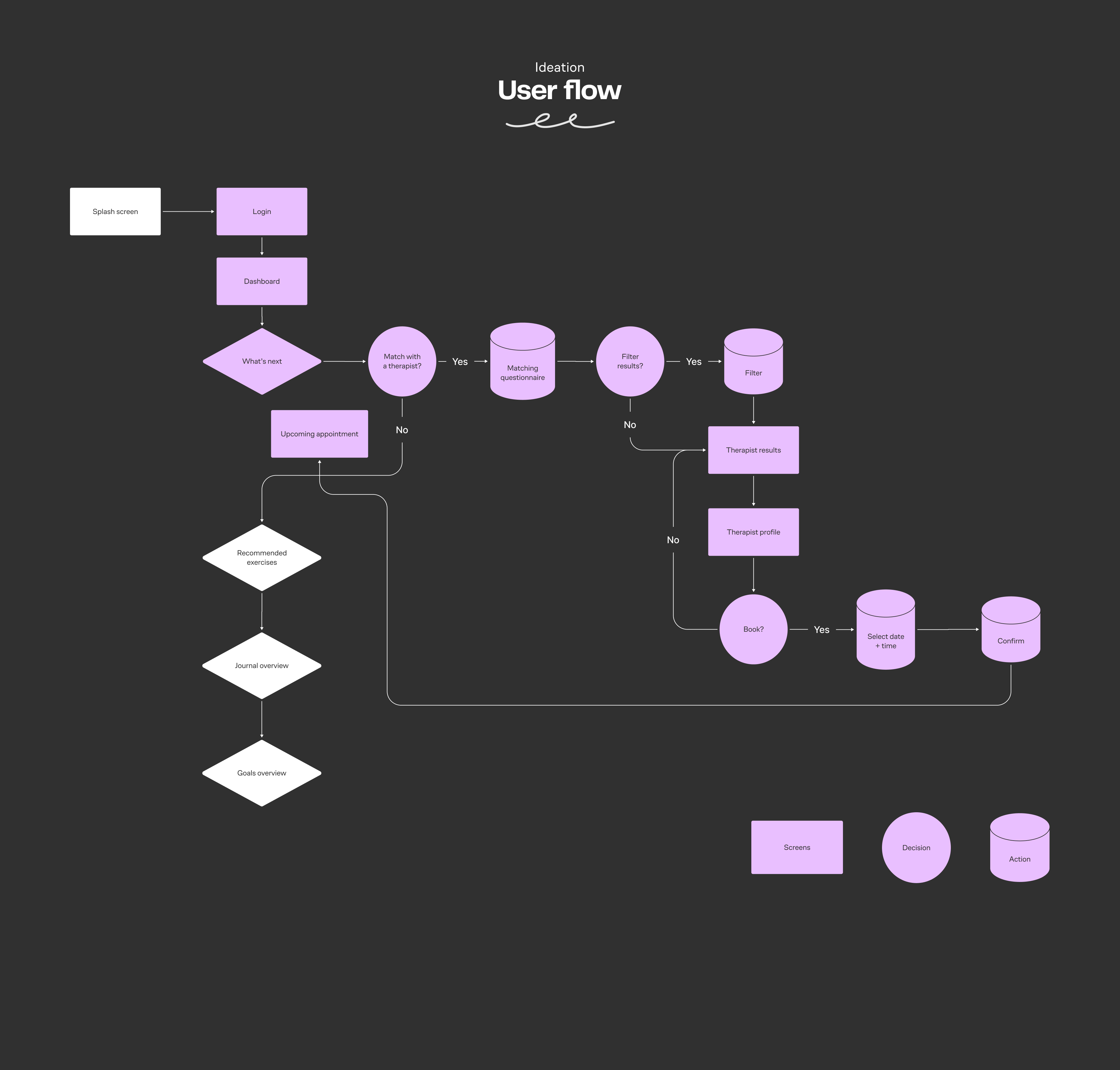
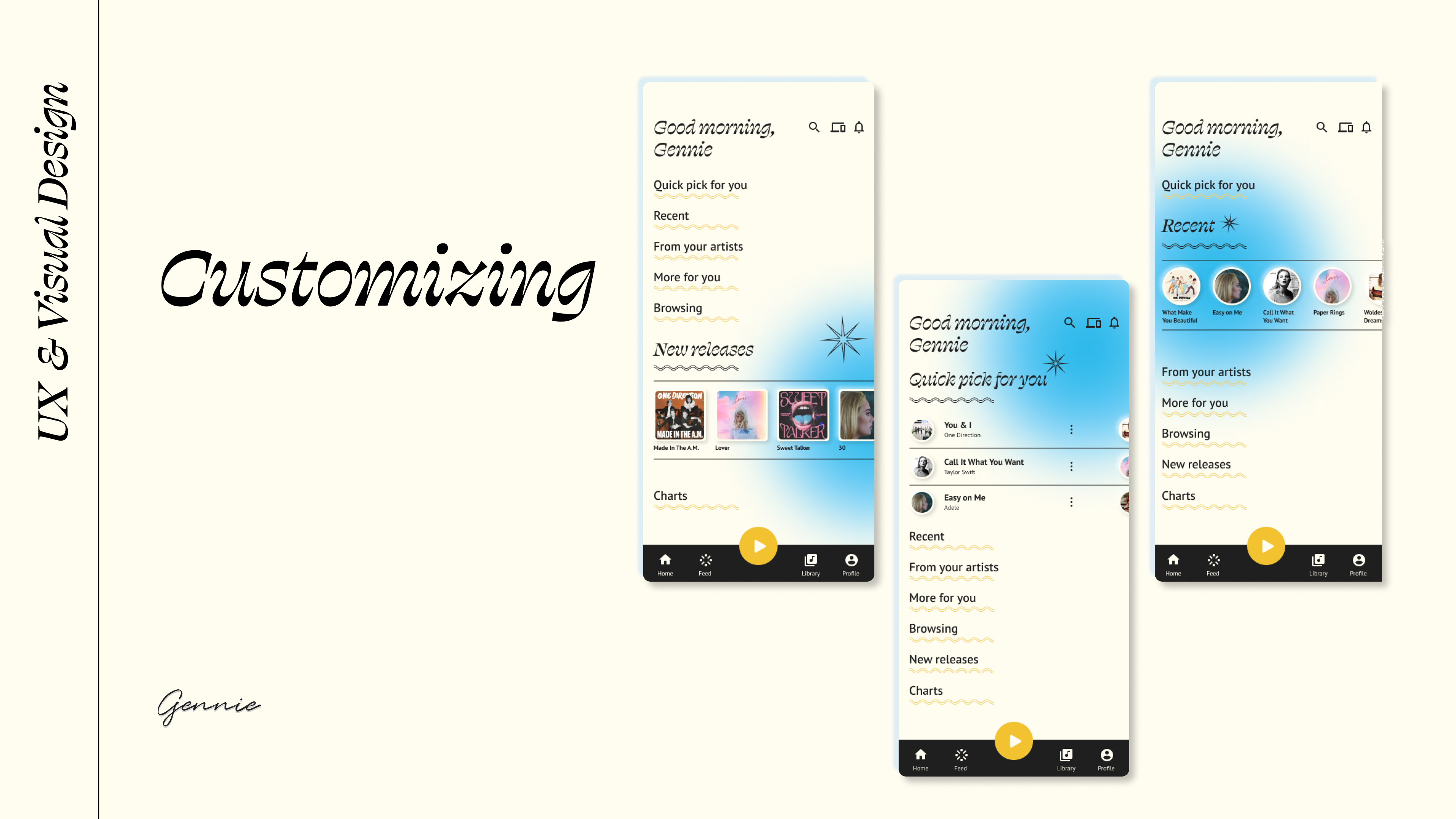
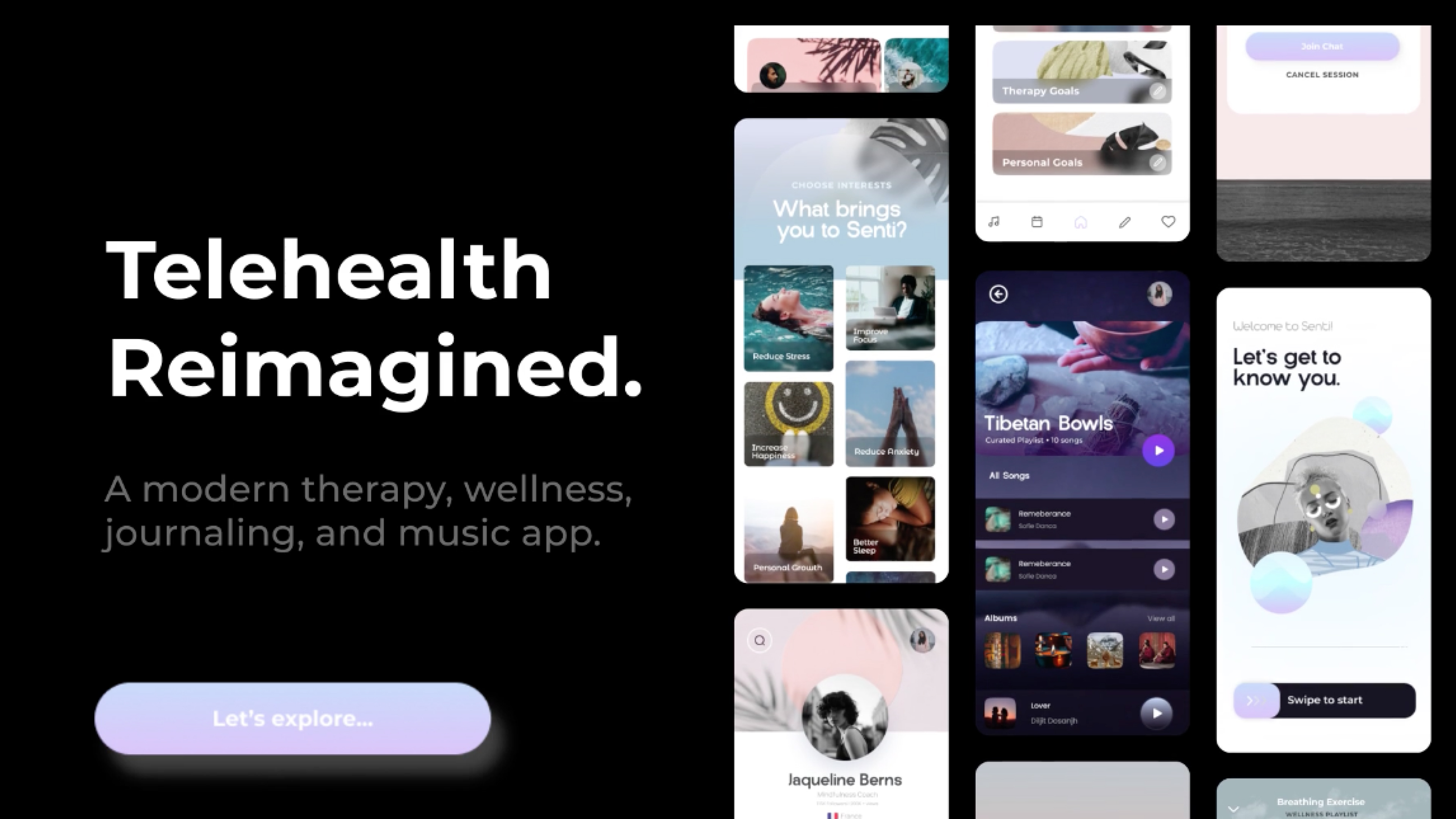
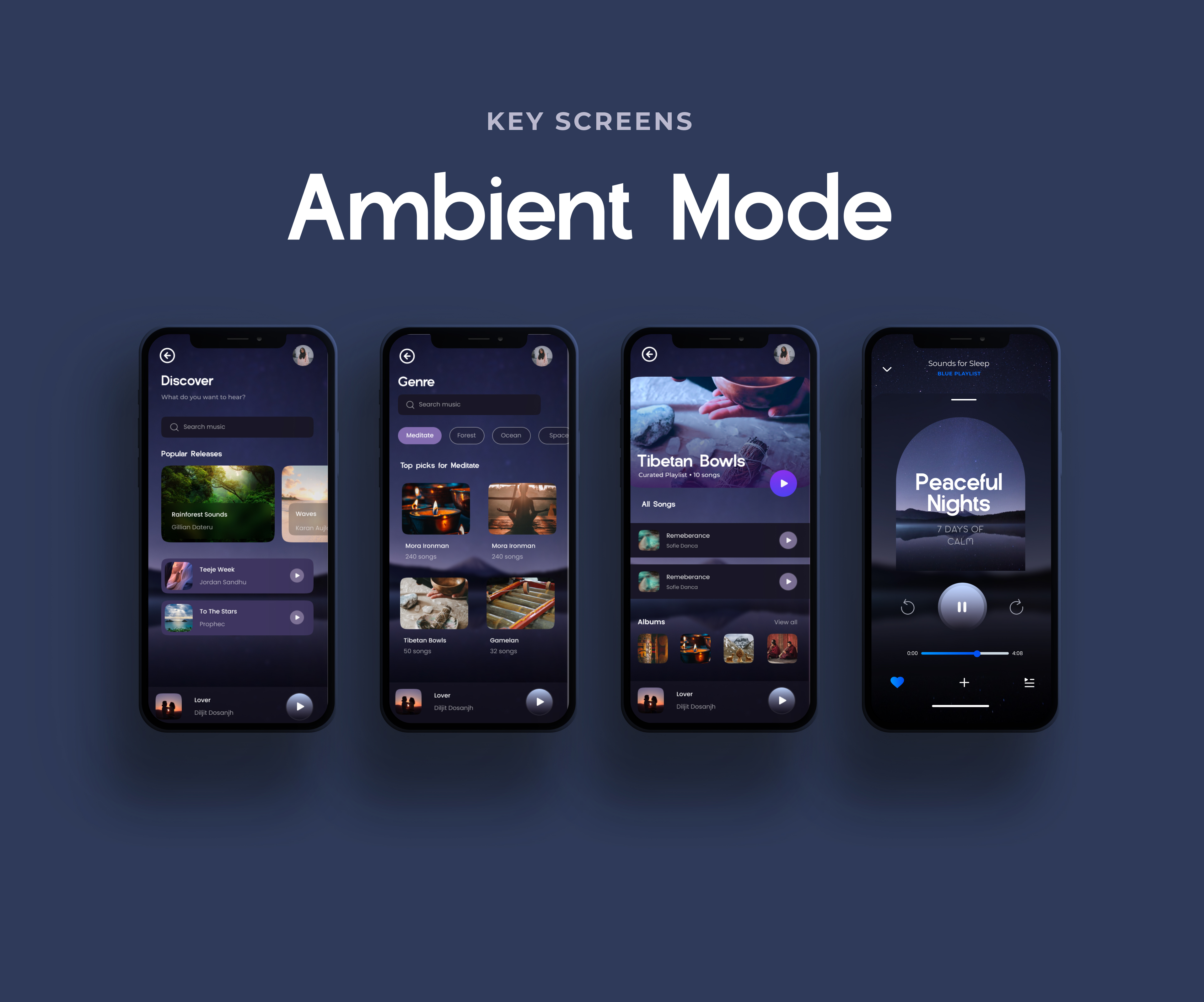
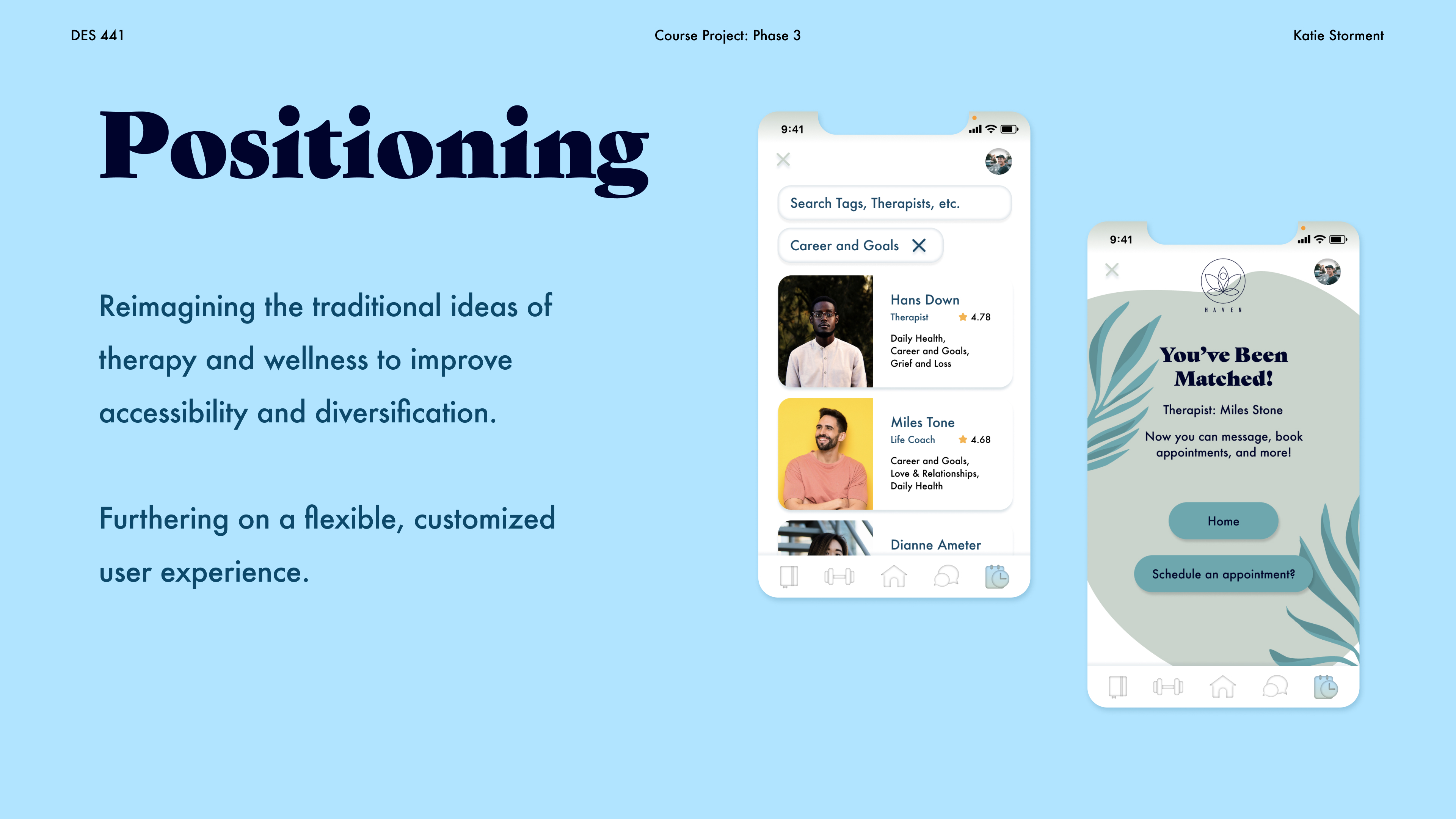
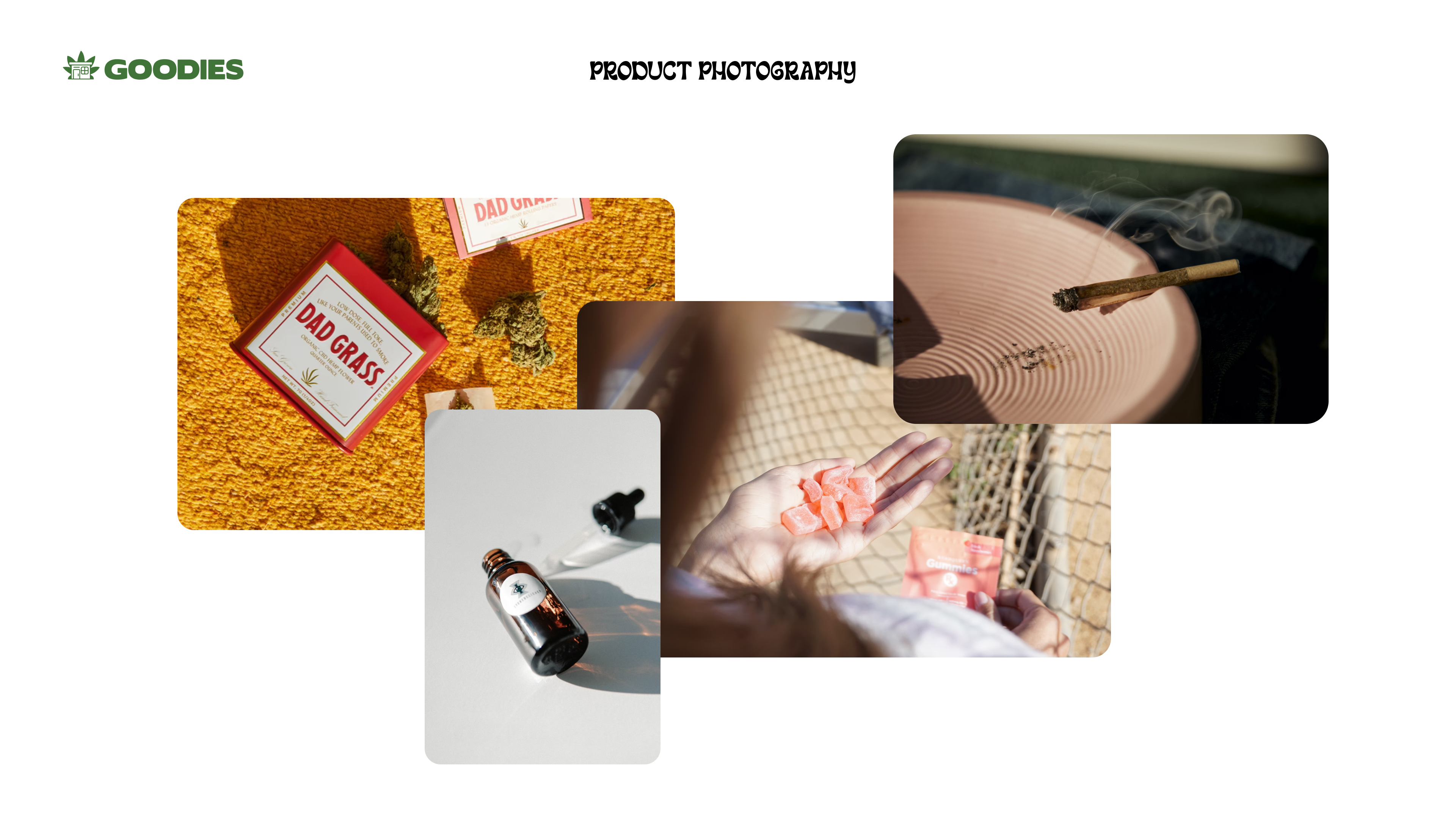

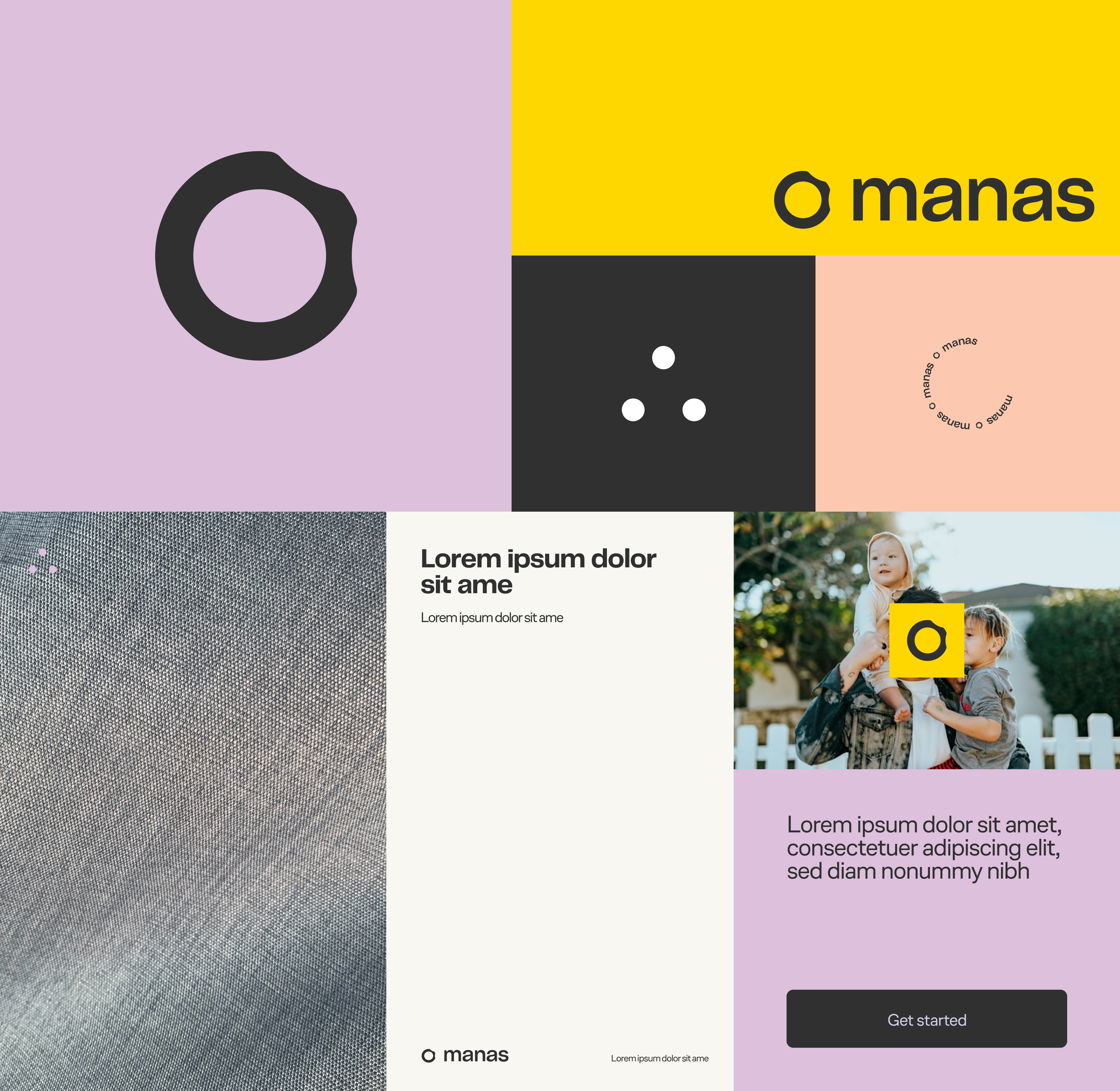
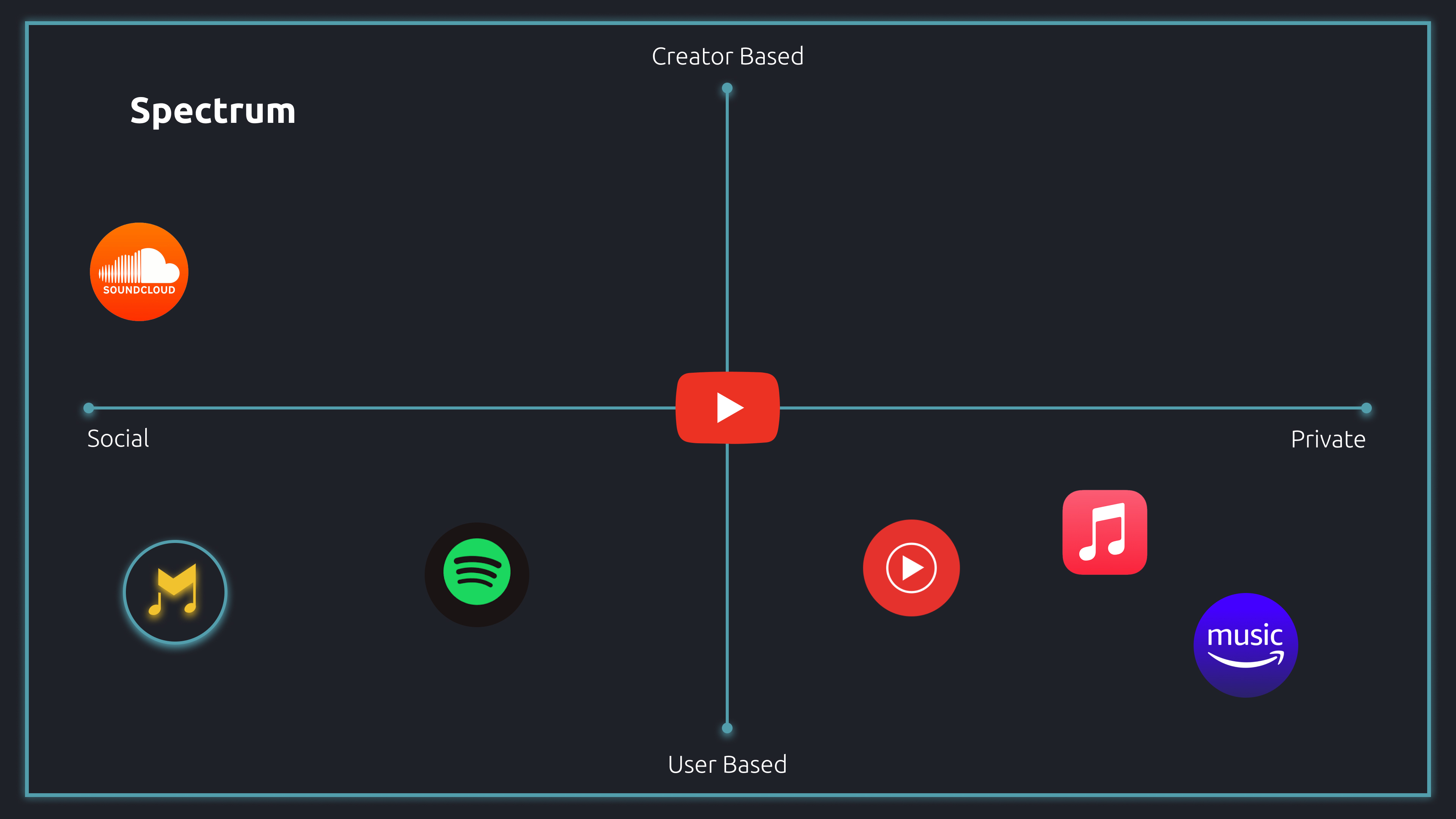
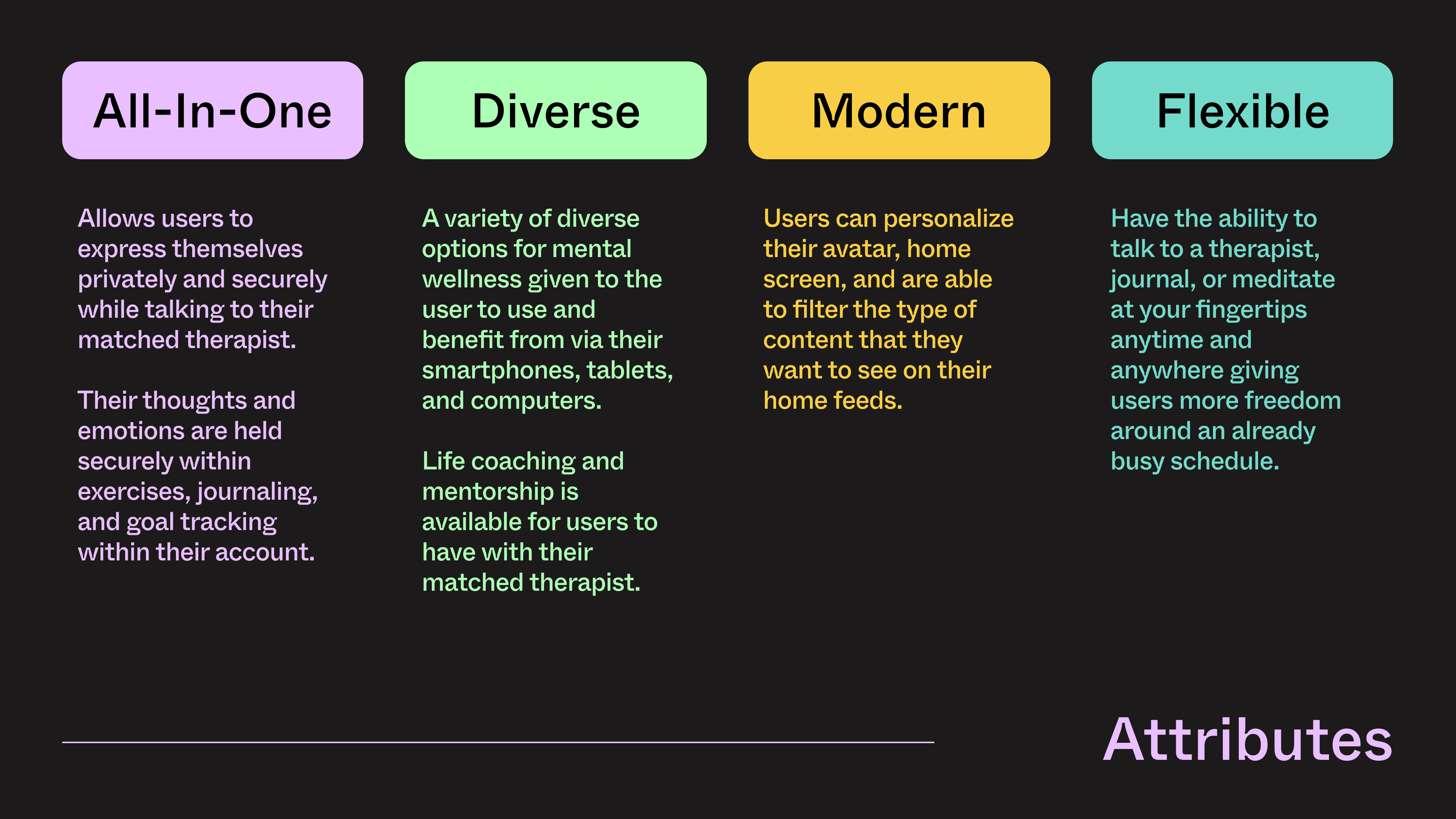
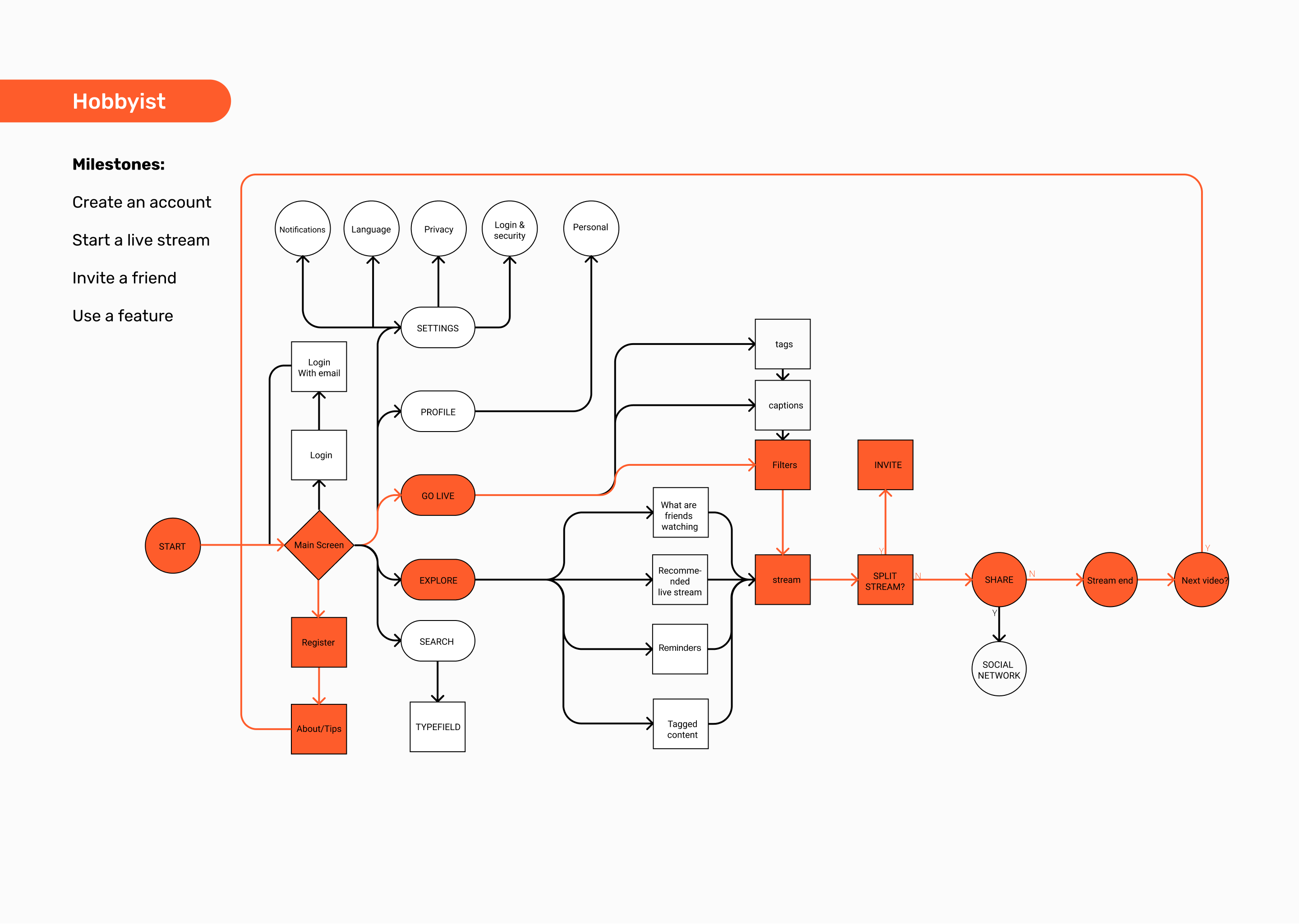
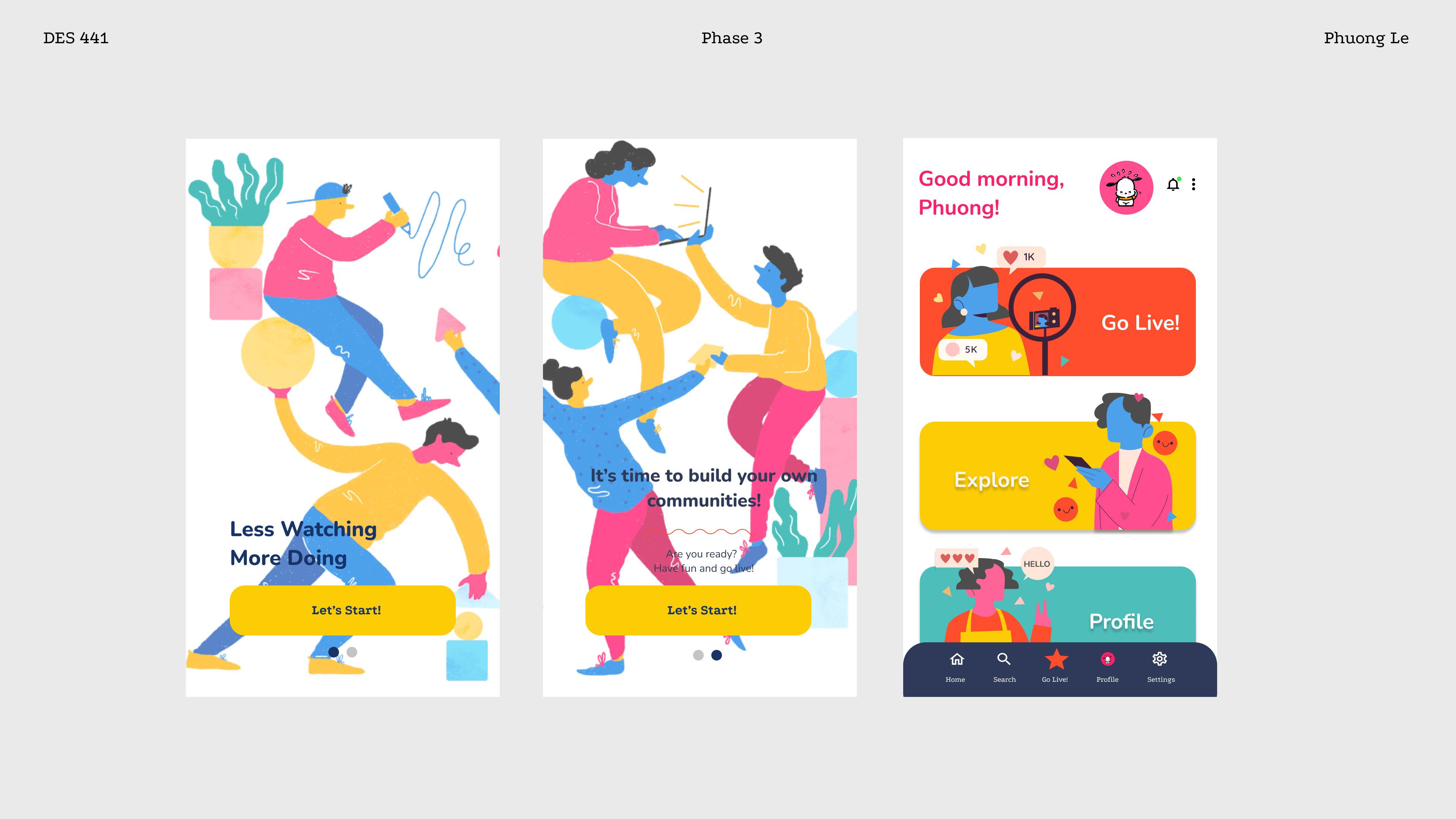
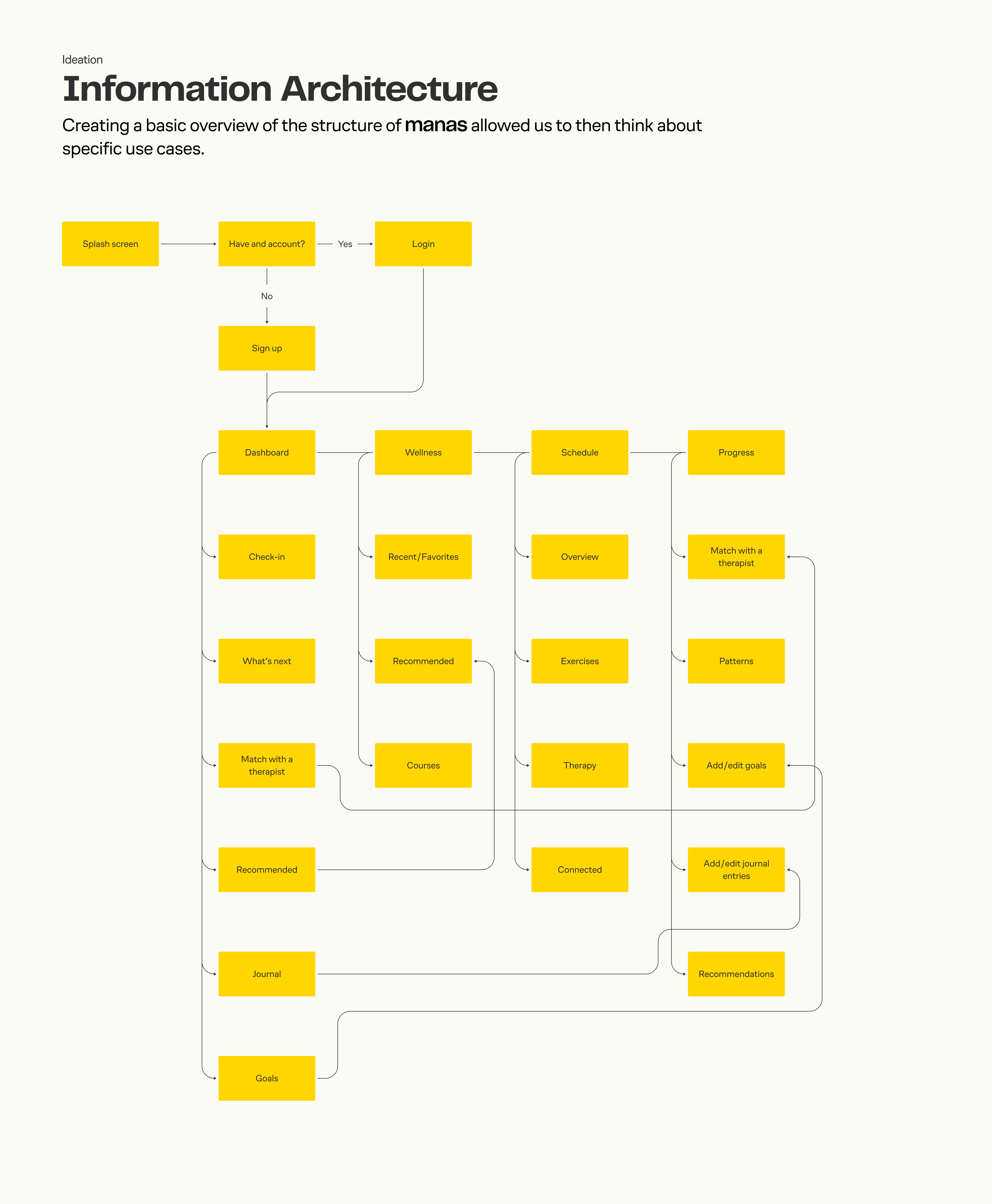

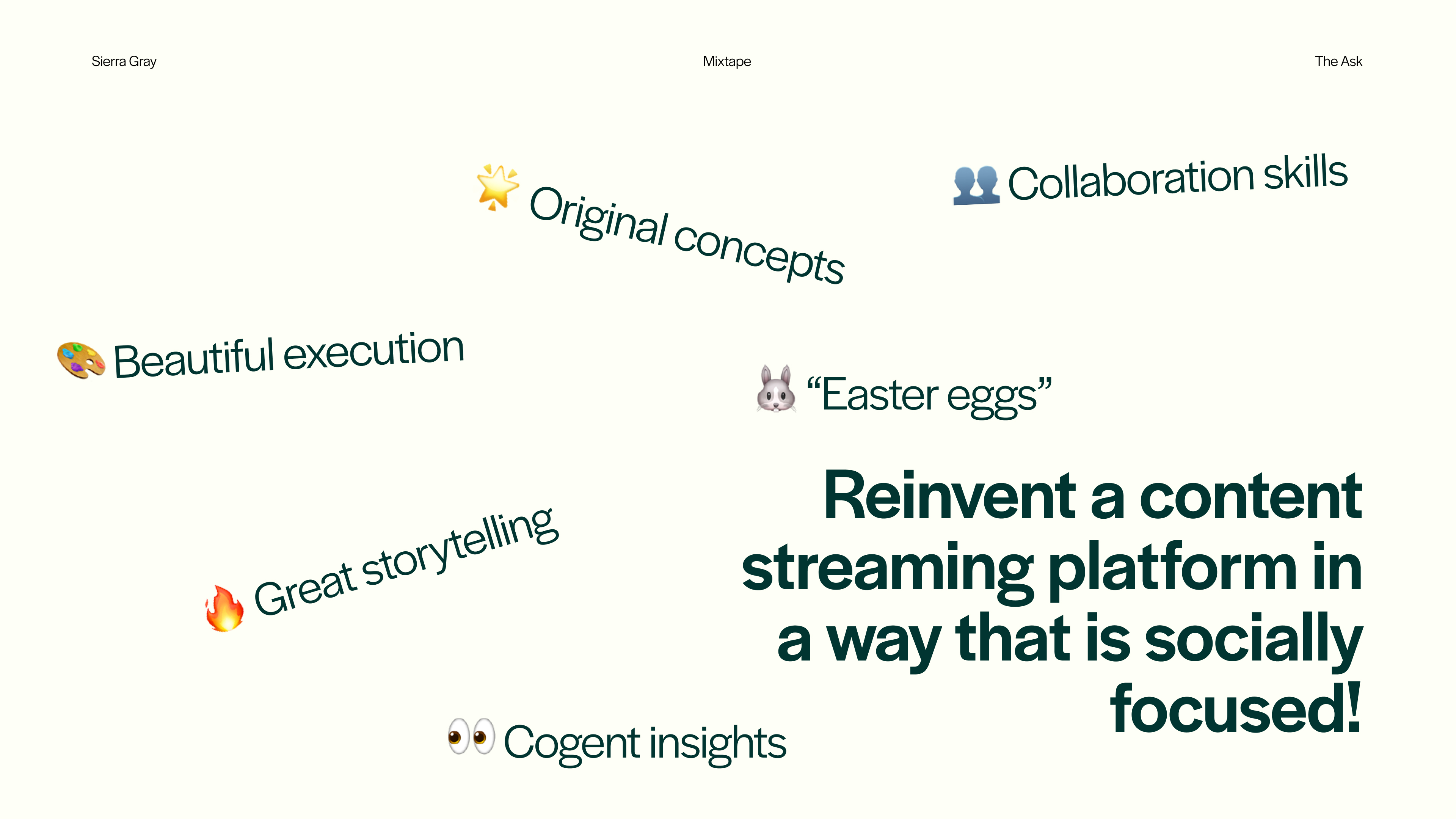
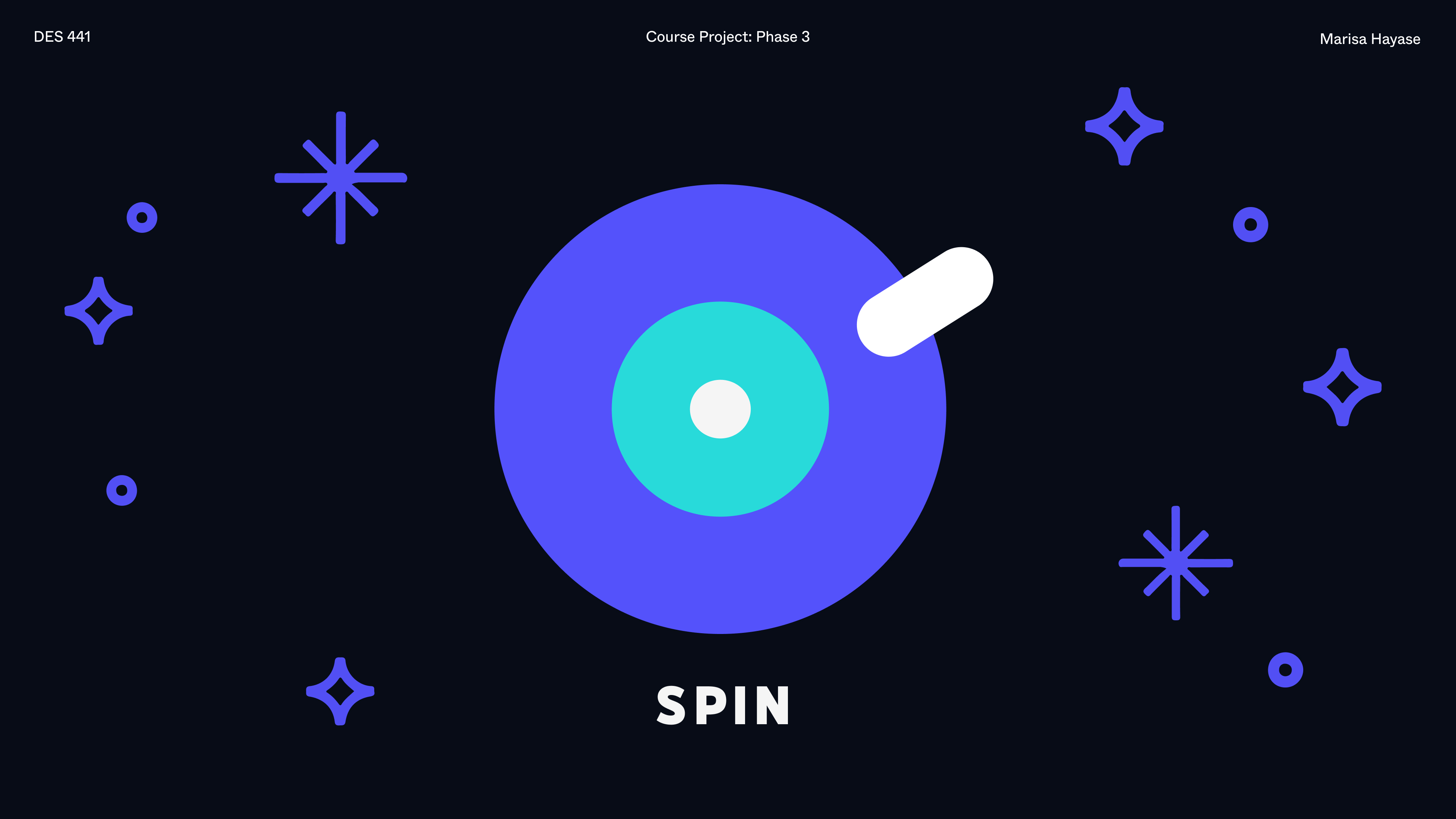
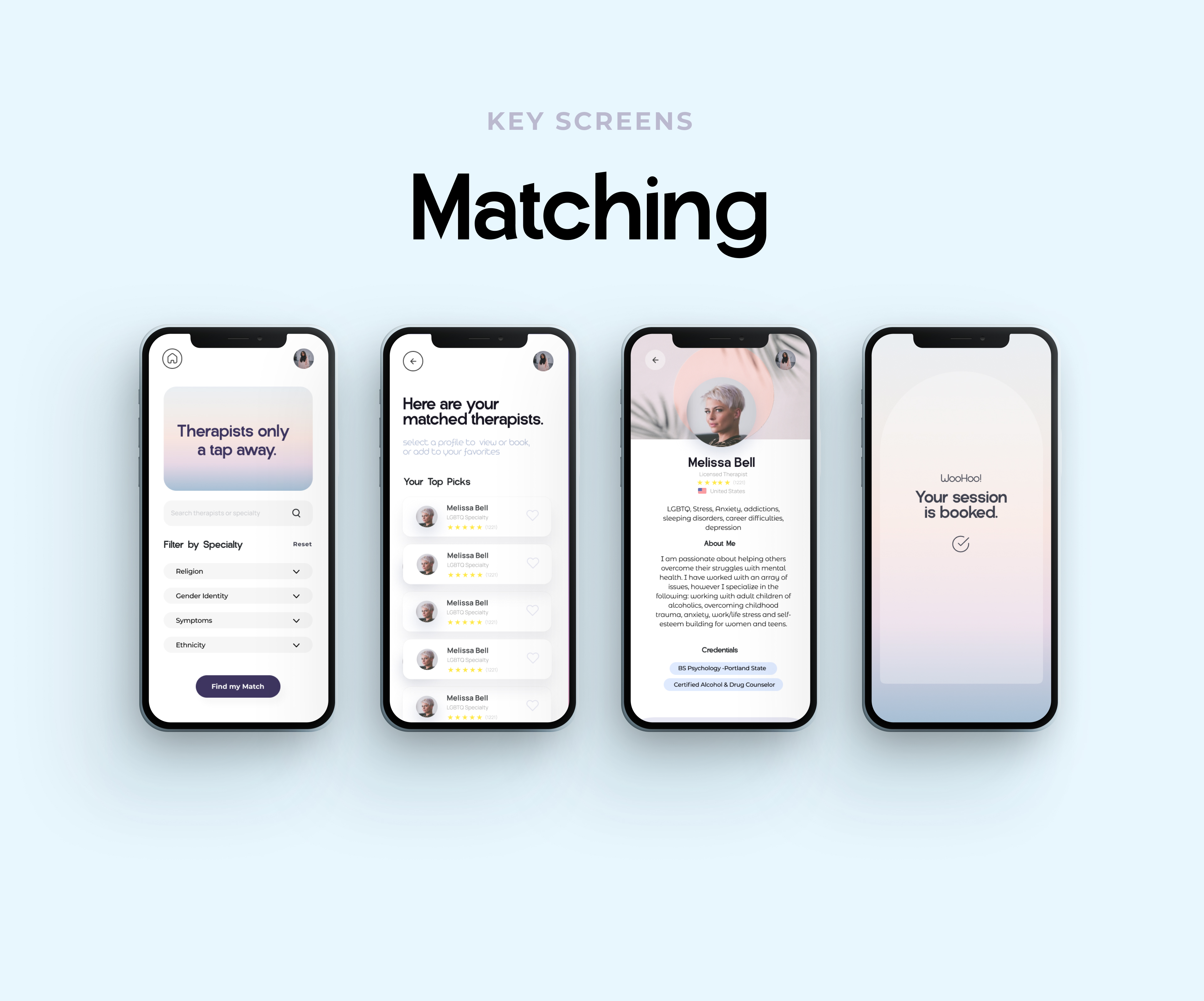
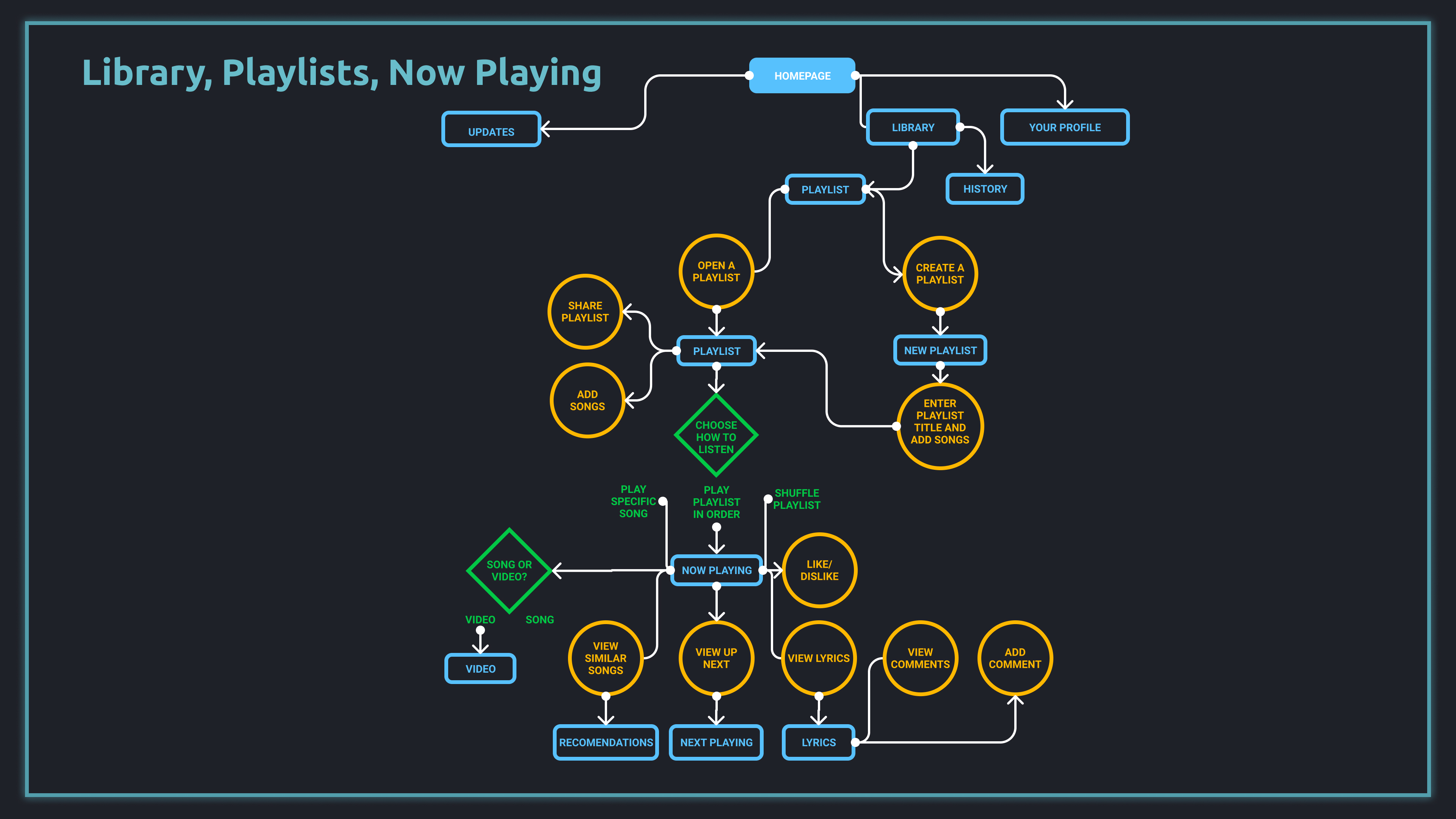
After 11 weeks together, our students loved the experience and learned a lot from the new DES 441. I’m grateful for amazing collaborators who bring a powerful vision for a more inclusive and responsible future.